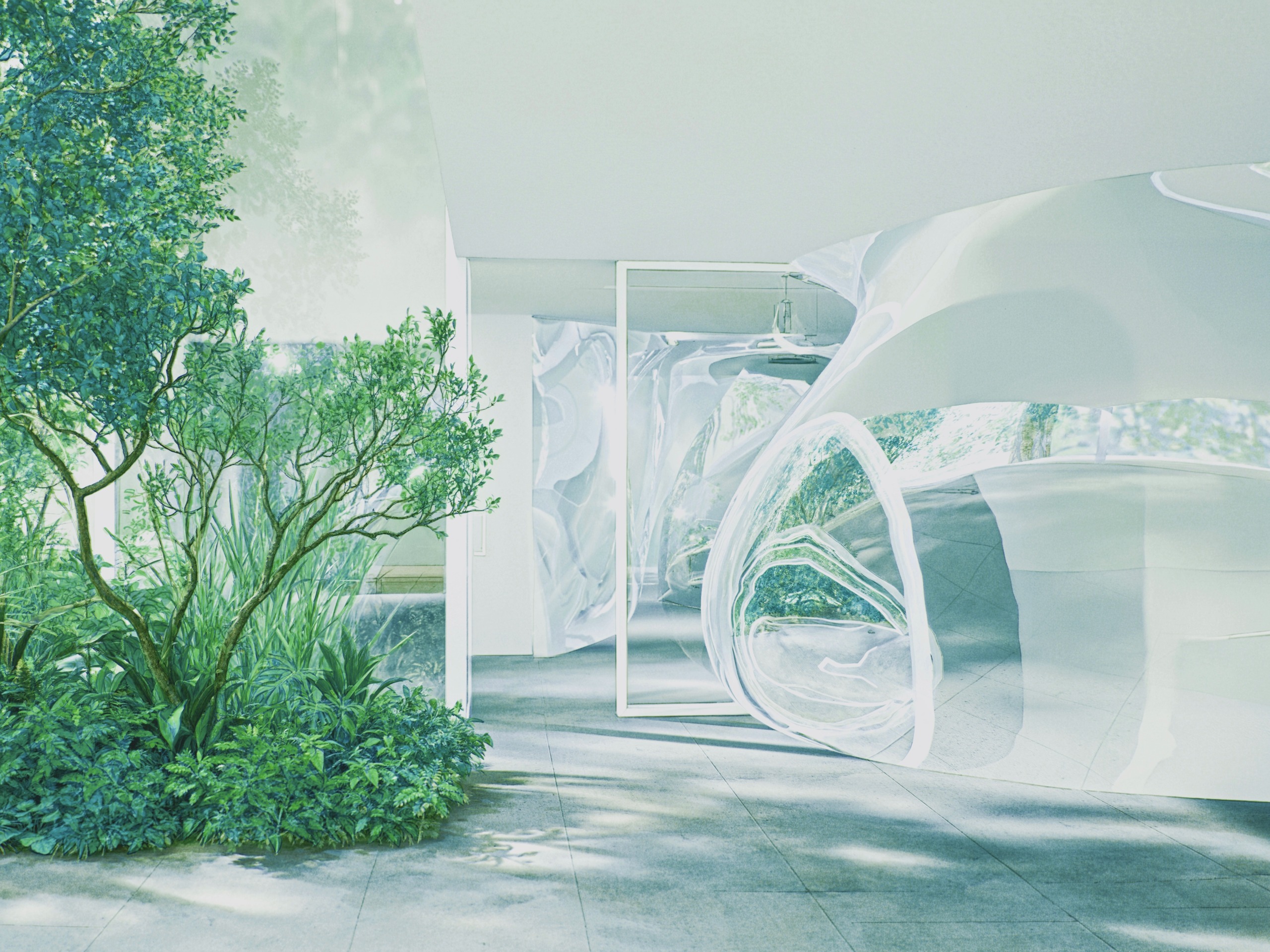EXHIBITIONS
AWT TALKS DIRECTORS CONVERSATION
- B-1
- EXP3
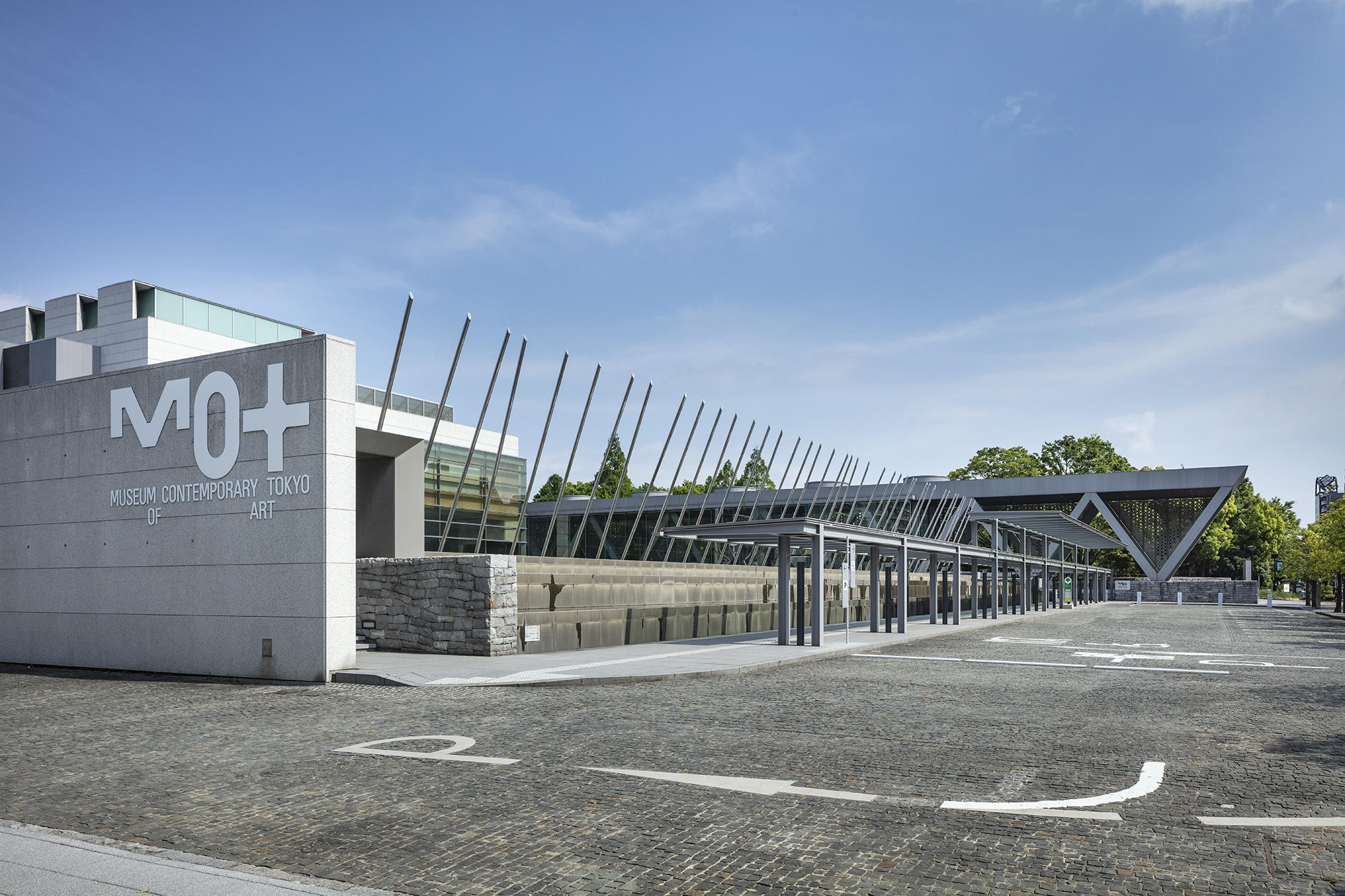
New to Art Week Tokyo this year, the Directors Conversation gathers global museum leaders for an public chat about everything from administration to programming and outreach. Doryun Chong, the artistic director and chief curator of M+ in Hong Kong, leads the discussion, which is hosted by the Museum of Contemporary Art Tokyo.
AWT TALKS SYMPOSIUM
- mita
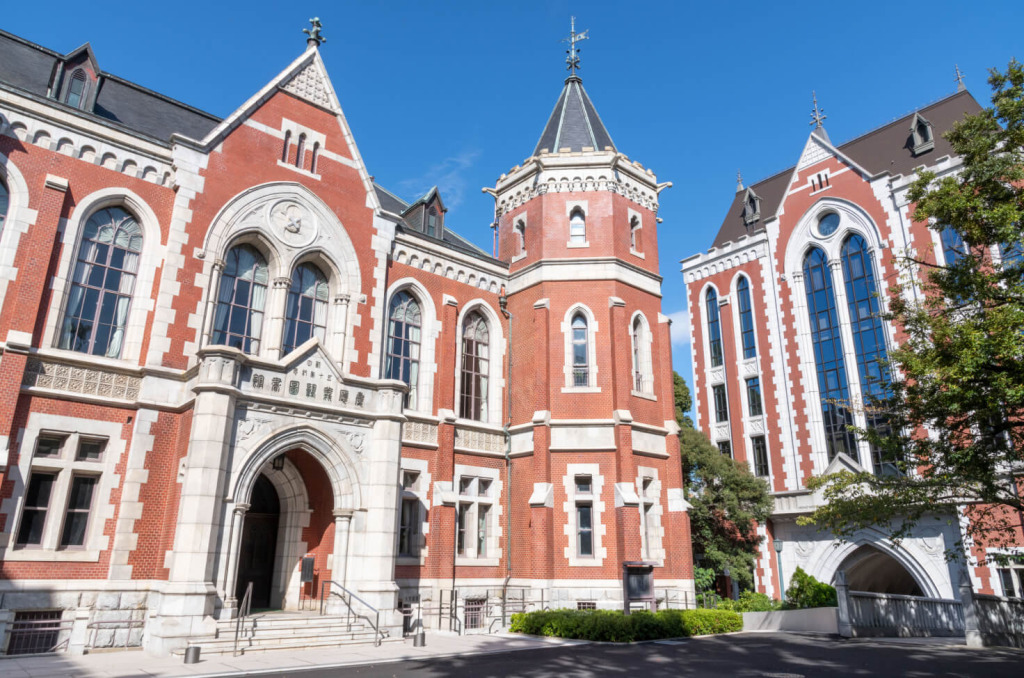
The AWT Talks Symposium invites leading thinkers from diverse backgrounds to discuss critical approaches to art and its place in contemporary society before a broad audience. What can art do? Why does it matter? And how does it translate across cultures and contexts?
Held at the West School Building Hall at Keio University’s Mita Campus, this year’s symposium explores the theme “What’s Going On (Ai no Yukue): How Art Makes Sense,” with a keynote address by Naomi Beckwith, the deputy director and chief curator of the Guggenheim Museum in New York and artistic director of the upcoming documenta 16 in Kassel.
Rituals, or the Absurd Beauty of Prayers
Screened at a special pavilion in the lobby of SMBC East Tower in the Marunouchi district, AWT Video presents a selection of single-channel moving image works by Japanese and international artists drawn from Art Week Tokyo’s participating galleries. Overseen by Keiko Okamura, a curator at the Museum of Contemporary Art Tokyo, this year’s program, “Rituals, or the Absurd Beauty of Prayers,” features 10 works by 10 artists and groups.
AWT VIDEO
- A-7
- B-6
- EXP2
- Otemachi
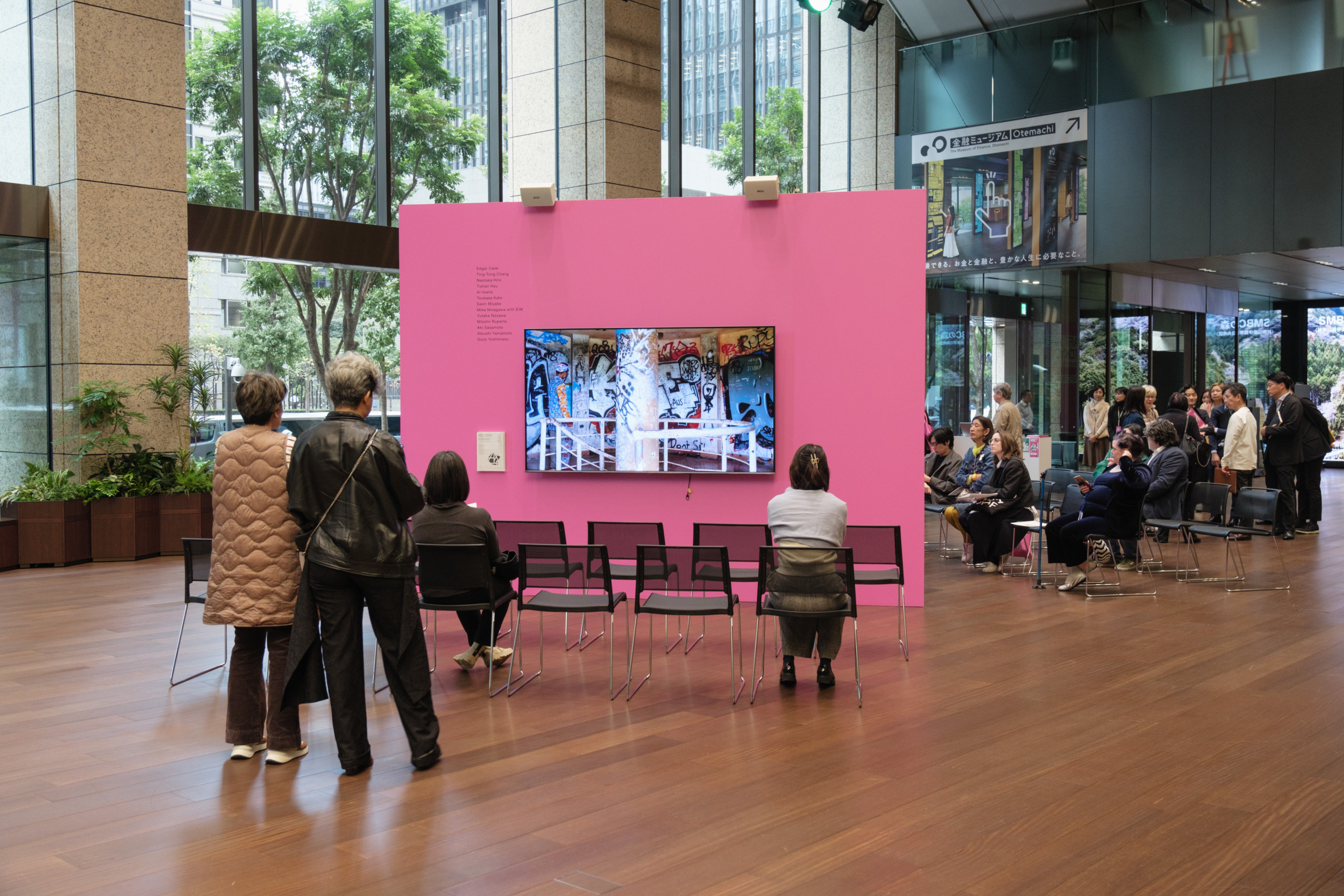
AWT FOCUS
- C-1
- G-1
- EXP1
- Toranomon
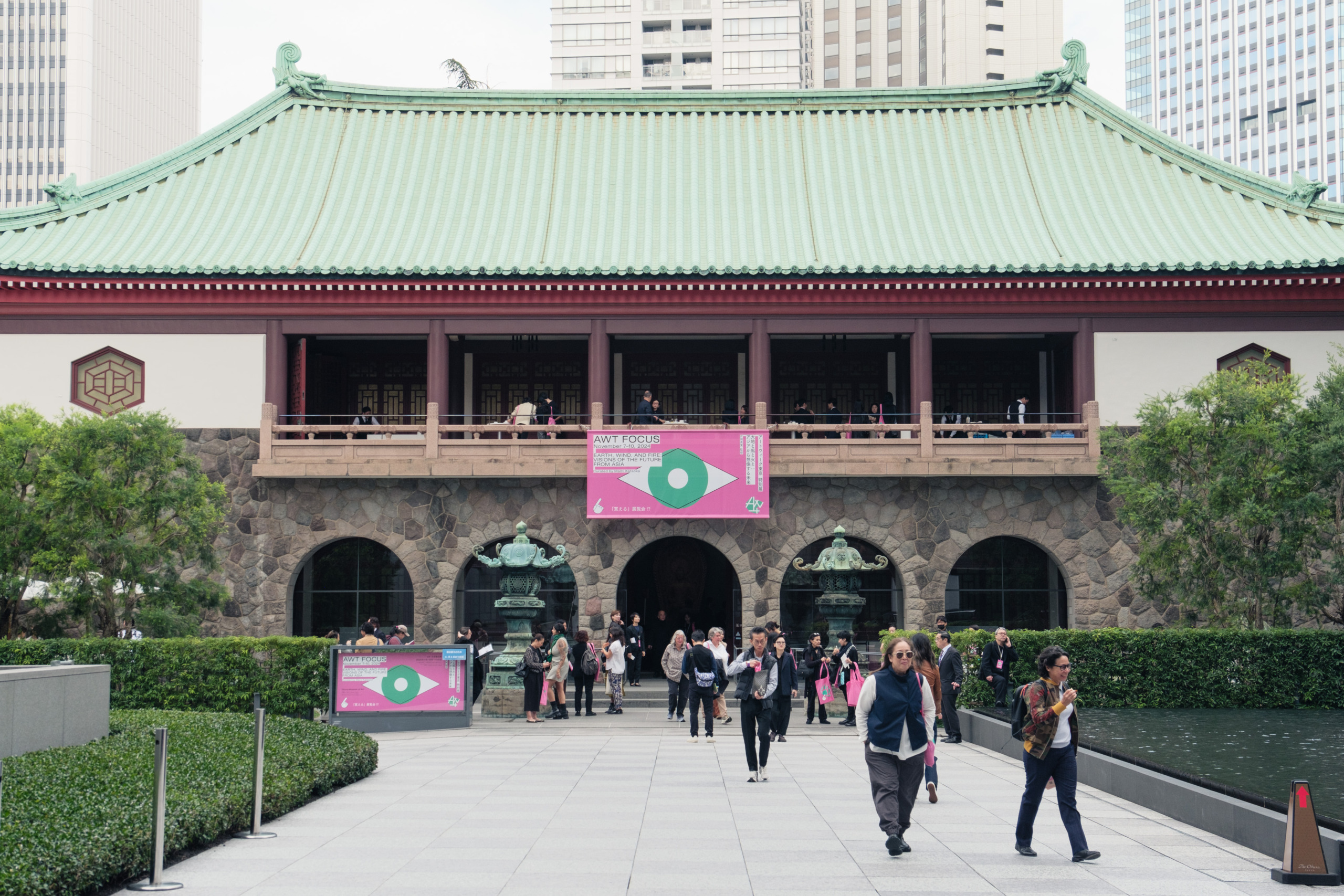
AWT Focus is Art Week Tokyo’s centerpiece special platform. The exhibition invites a guest curator to experiment with new narratives of modern and contemporary art through works drawn from Art Week Tokyo’s participating galleries.
This year’s edition of AWT Focus is curated by Adam Szymczyk, a curator, author, and editor based in Zurich who was previously the artistic director of documenta 14 in Athens and Kassel from 2014 to 2017 and the director and chief curator of Kunsthalle Basel from 2003 to 2014. “What Is Real?” brings together some 100 works by more than 50 artists representing diverse generations and geographies. Featuring paintings, sculptures, photographs, videos, and more, the exhibition revisits the predigital imaging of the 20th and early 21st centuries to see how artists’ responses to the reality of human experience have shifted over time and to understand how we might collectively approach a coming epoch in which powerful new technologies have the capacity to reshape our perceptions of what is real and what is not.
AWT Focus is hosted by the Okura Museum of Art, which was founded in 1917 as Japan’s first private art museum. Szymczyk will incorporate the historic building into the display through an exhibition design conceived in collaboration with architect Hiroyuki Kimura.
XYZ COLLECTIVE
- A-5
- Sugamo
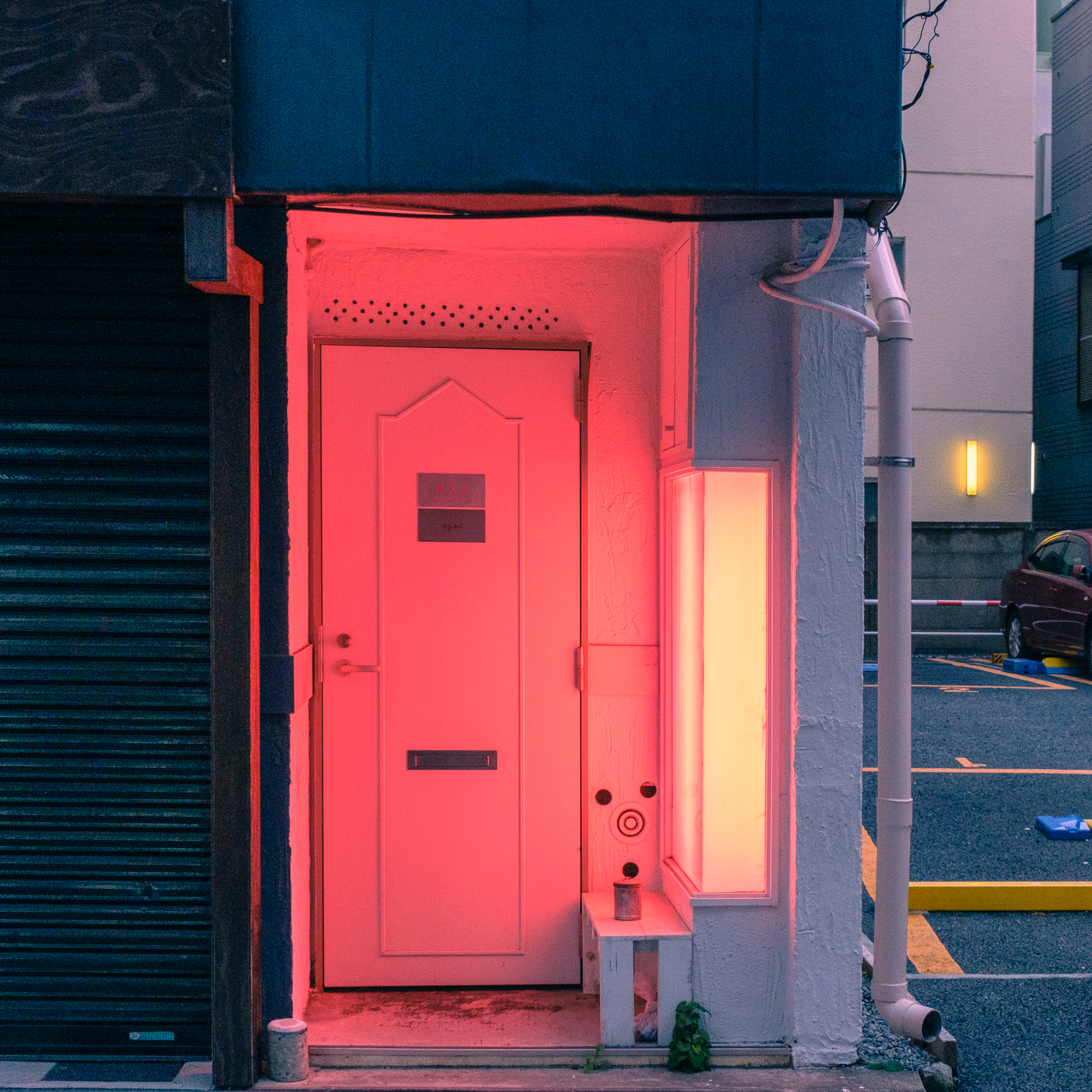
XYZ collective / The Steak House Dos Koi is an artist-run gallery that was established in 2011 and moved to its current location in Tokyo’s Sugamo district in 2016. The gallery organizes exhibitions both in Japan and abroad. It has participated in NADA Miami since 2013 and has also participated in fairs such as Paris Internationale and June in Basel. Recent shows include solo exhibitions by Yuka Hasegawa (2021) and Maki Katayama (2021) and the group exhibition “Veit Laurent Kurz Curation” (2021).
WAITINGROOM
- A-3
- Edogawabashi
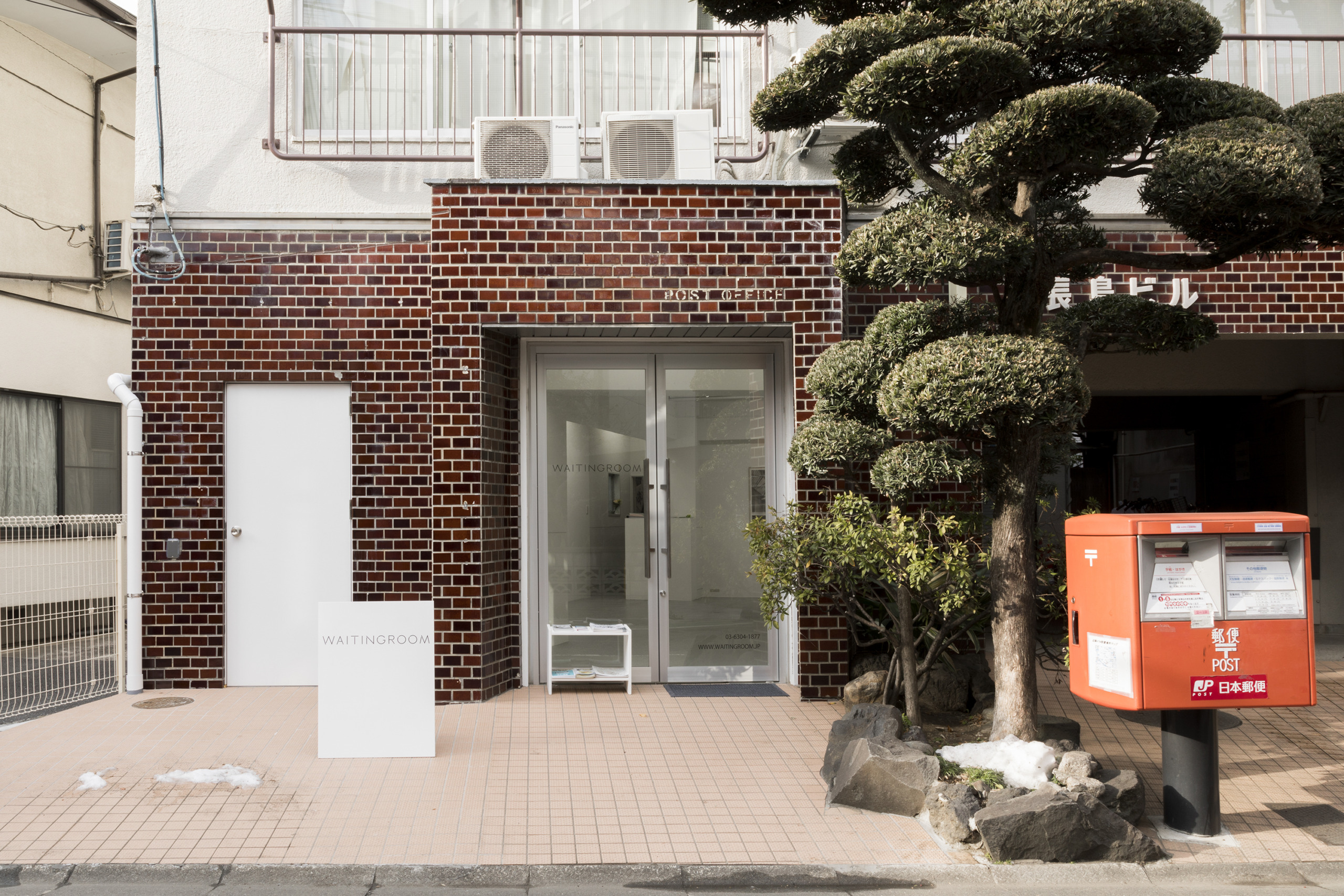
Waitingroom was founded in Tokyo in 2010 with a mission to promote and support cutting-edge contemporary art in various mediums. The gallery works with young and emerging artists who have distinct perspectives on the world and explore new and diverse modes of expression. The program focuses on the role of human beings in postindustrial society, encompassing topics ranging from social engagement to our relationship with nature, from cultural heritage to the dreams and fantasies that help us keep faith in the world. Reflecting the appeal of these themes, Waitingroom’s artists frequently exhibit across Japan as well as in international galleries, museums, biennials, triennials, and other venues. Beyond exhibitions, Waitingroom supports artistic creation by organizing lectures and workshops that stimulate discourse. The gallery aims to inspire the world by building positive relationships between artists and audiences.
TOKYO GALLERY + BTAP
- C-5
- Ginza
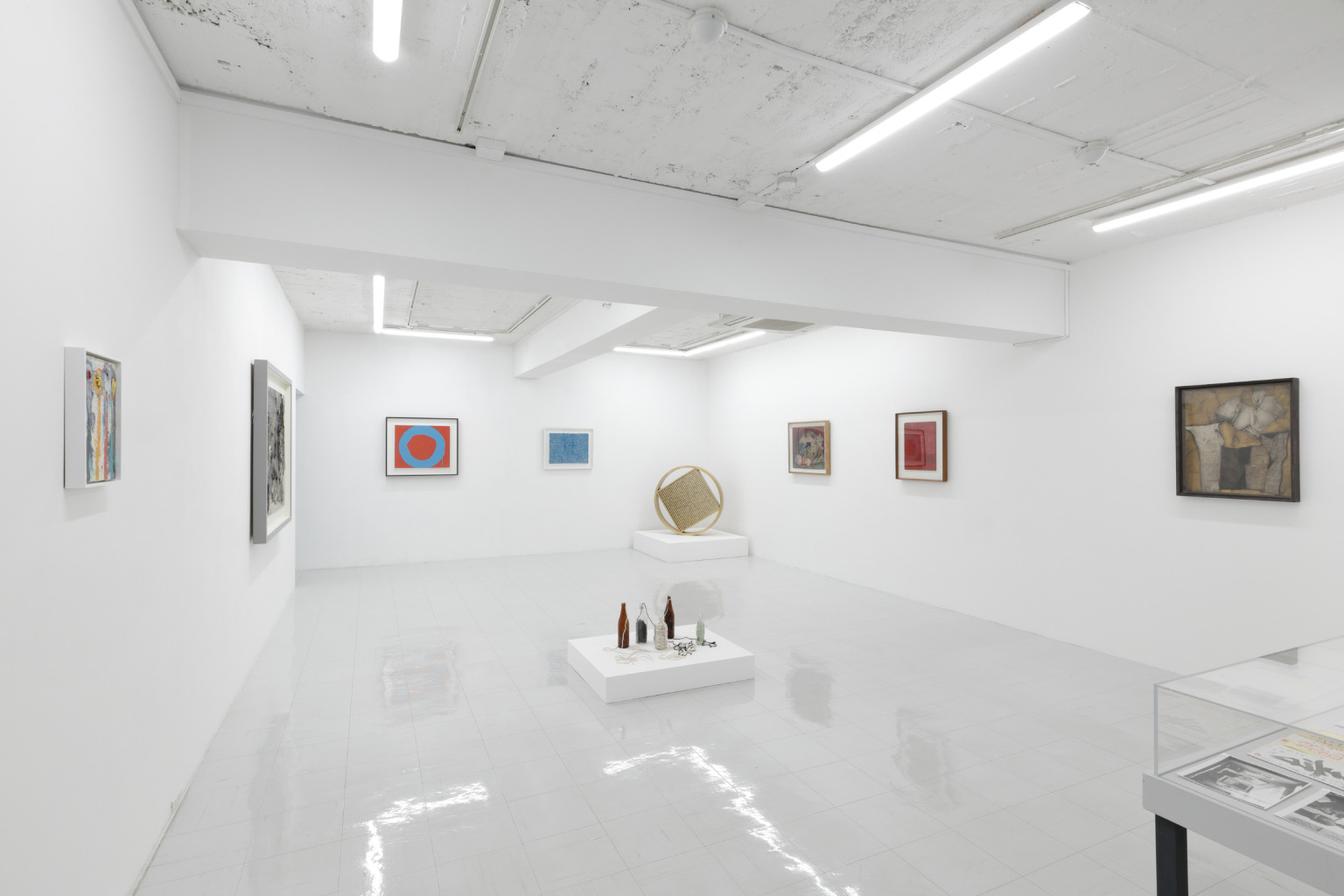
Tokyo Gallery was founded in 1950 as the first contemporary art gallery in Tokyo. In 2002 the gallery opened a new space, Beijing Tokyo Art Projects, in Beijing’s 798 Art District, and it now operates as Tokyo Gallery + BTAP. Over the course of its history the gallery has introduced Western avant-garde artists such as Lucio Fontana, Friedensreich Hundertwasser, Yves Klein, and Jackson Pollock to Japan. It has also supported experimental projects by some of Japan’s most important artists, including Taro Okamoto, Kazuo Shiraga, and Jiro Takamatsu as well as key figures associated with Mono-ha like Lee Ufan and Kishio Suga. In the 1970s the gallery began working with Korean artists, such as Kim Whanki and Park Seo-Bo, and in the late 1980s it started exhibiting then-unknown Chinese artists, including Cai Guo-Qiang and Xu Bing. Carrying this spirit forward, Tokyo Gallery + BTAP continues the mission of discovering and promoting both established and rising artists while regularly participating in international art fairs and working closely with museums and biennale exhibitions.
TAKE NINAGAWA
- C-2
- Azabu-Juban
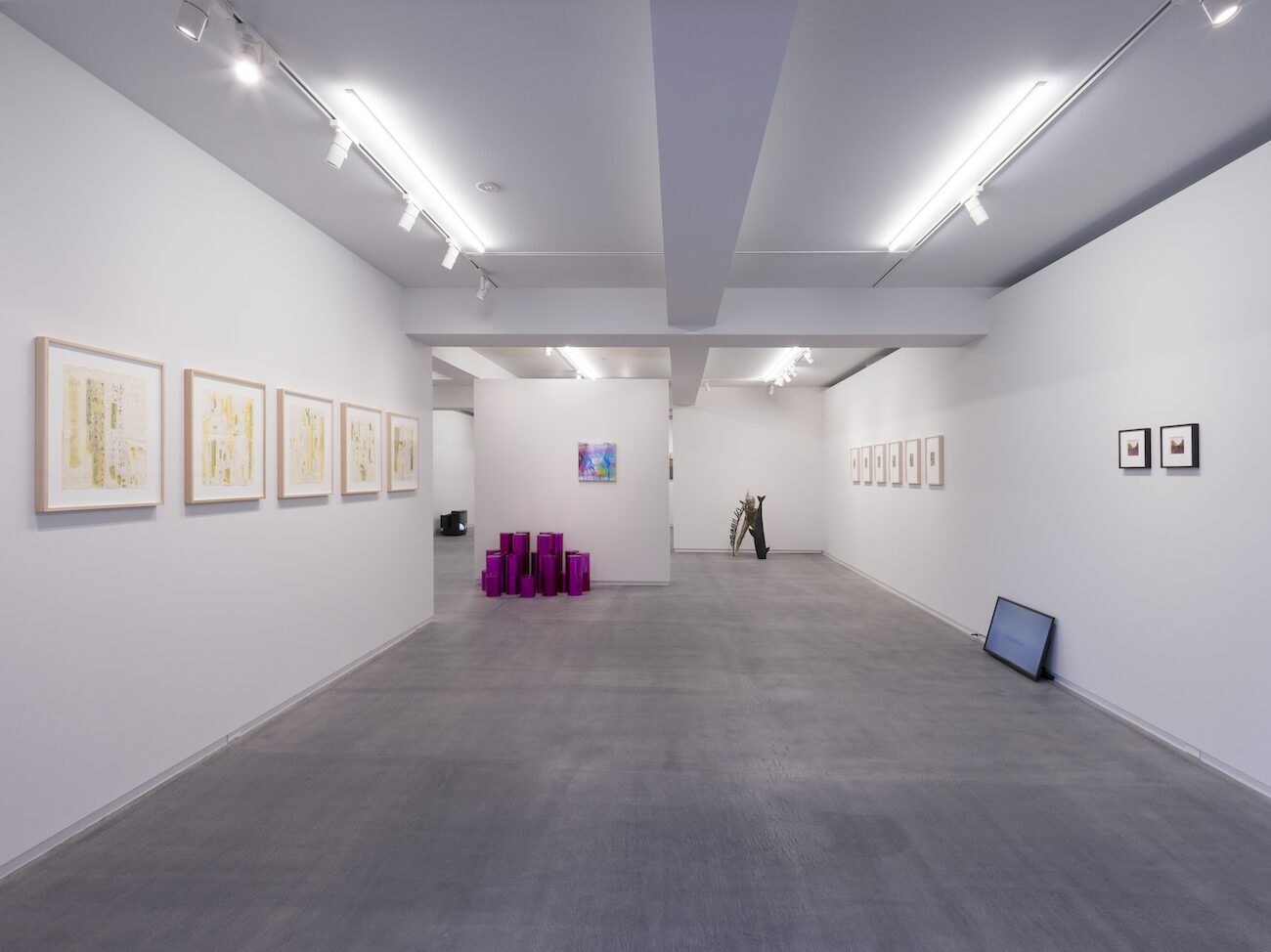
Established in 2008, Take Ninagawa is dedicated to promoting emerging and historically established Japanese artists in a cross-generational, international framework. Represented artists build upon precedents in Japanese postwar experimental art in developing their own approaches to address contemporary concerns. International artists in the gallery’s program are invited to respond to the specific context for contemporary art and culture in Japan while giving expression to the broader perspectives they bring with them. Each exhibition at the gallery is conceived on a project basis, with artists encouraged to develop ideas across a series of exhibitions. Driven by a mission to produce new values that can challenge entrenched power structures in art and society, Take Ninagawa frequently collaborates on initiatives with other galleries in Japan, the Asia Pacific, and beyond. Represented artists include Ryoko Aoki, Thea Djordjadze, Kazuko Miyamoto, Shinro Ohtake, Aki Sasamoto, Danh Vo, Andro Wekua, Tsuruko Yamazaki, and Gozo Yoshimasu.
TAKURO SOMEYA CONTEMPORARY ART
- E-6
- Tennozu
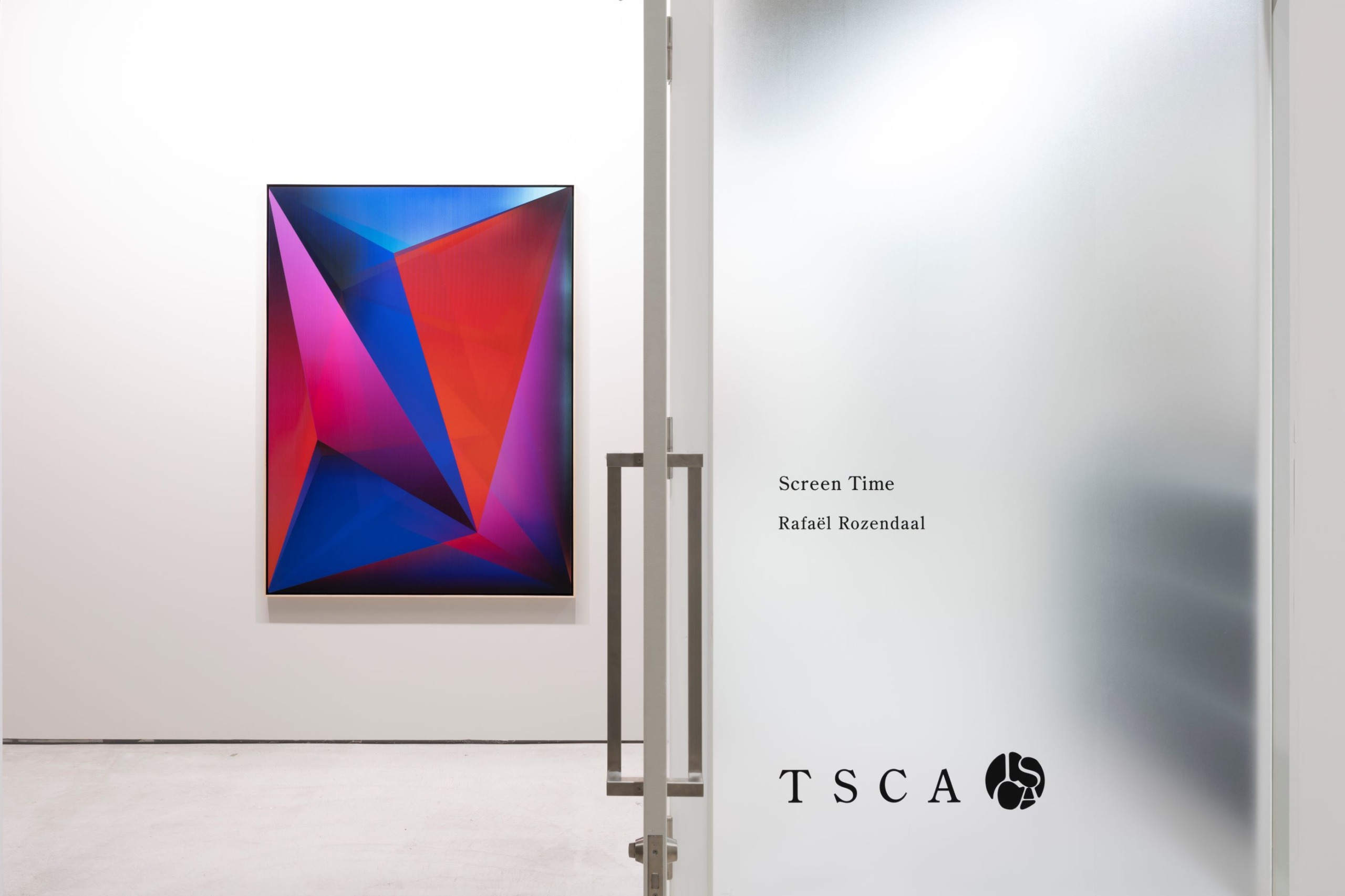
Takuro Someya Contemporary Art is an art gallery in Tokyo that exhibits research and work by Japanese and international contemporary artists across a variety of genres and mediums. TSCA participates in international art fairs including Art Basel Miami Beach, Art Stage Singapore, and more. TSCA has partnerships with 12 artists and groups, including Kenjiro Okazaki, Enrico Isamu Oyama, Rafaël Rozendaal, Ryoichi Kurokawa, Mai Yamashita + Naoto Kobayashi, and Mayumi Hosokura.
STANDING PINE
- E-6
- Tennozu
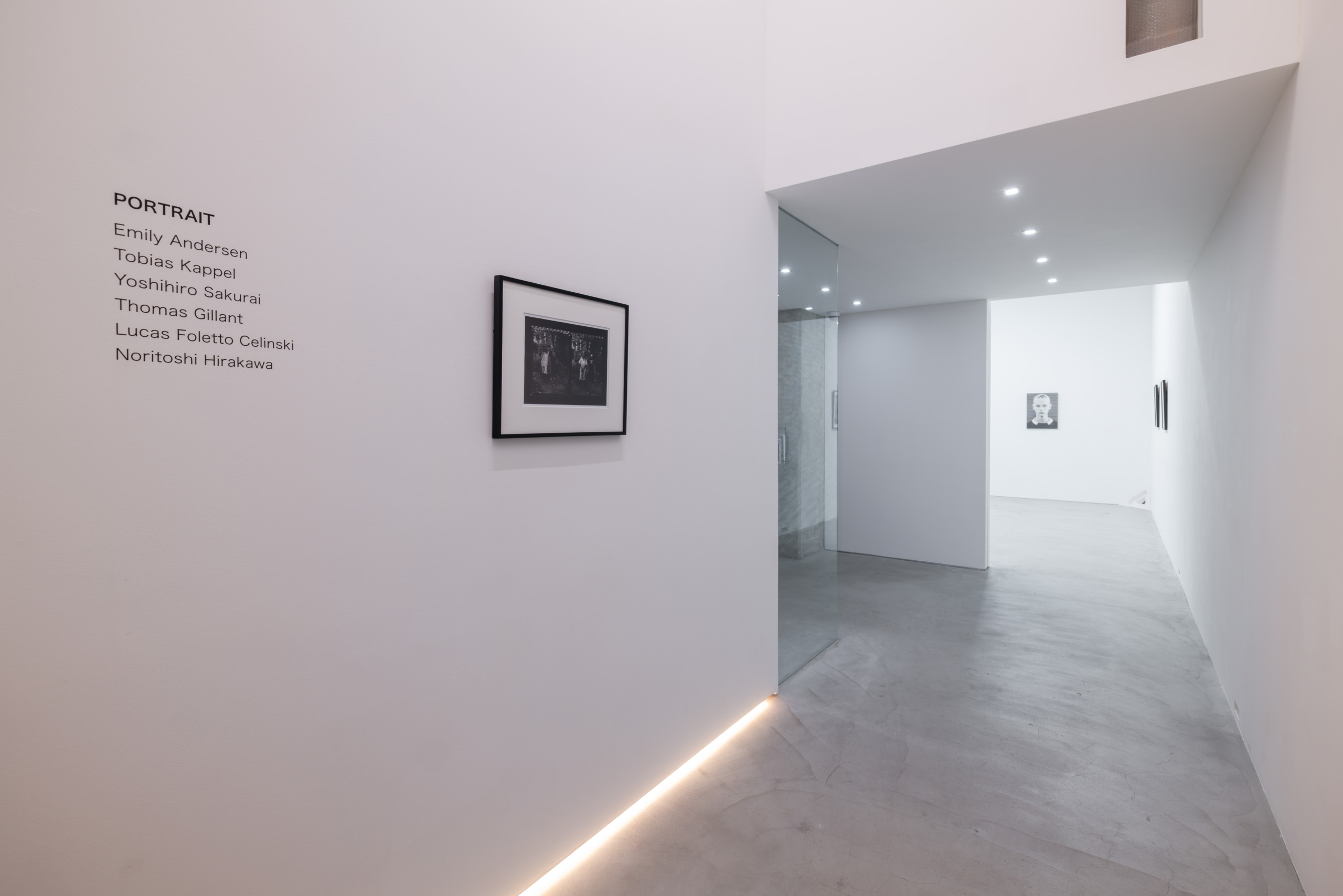
Standing Pine was established in Nagoya in 2009 and opened a second space in Tokyo in 2023. The gallery program is grounded in both contemporary relevance and art historical context. It features Japanese and international artists who work in a wide range of media, including painting, sculpture, video, photography, kinetic art, and textiles. In recent years the gallery has broadened its curatorial scope by engaging with contemporary art from the Global South and developing projects with artists whose practices remain underrepresented in Japan. Standing Pine regularly participates in international art fairs and collaborative initiatives, further demonstrating its commitment to showing diverse art practices in a global context and creating new platforms for dialogue.
SPACE UN
- D-5
- Minami-Aoyama
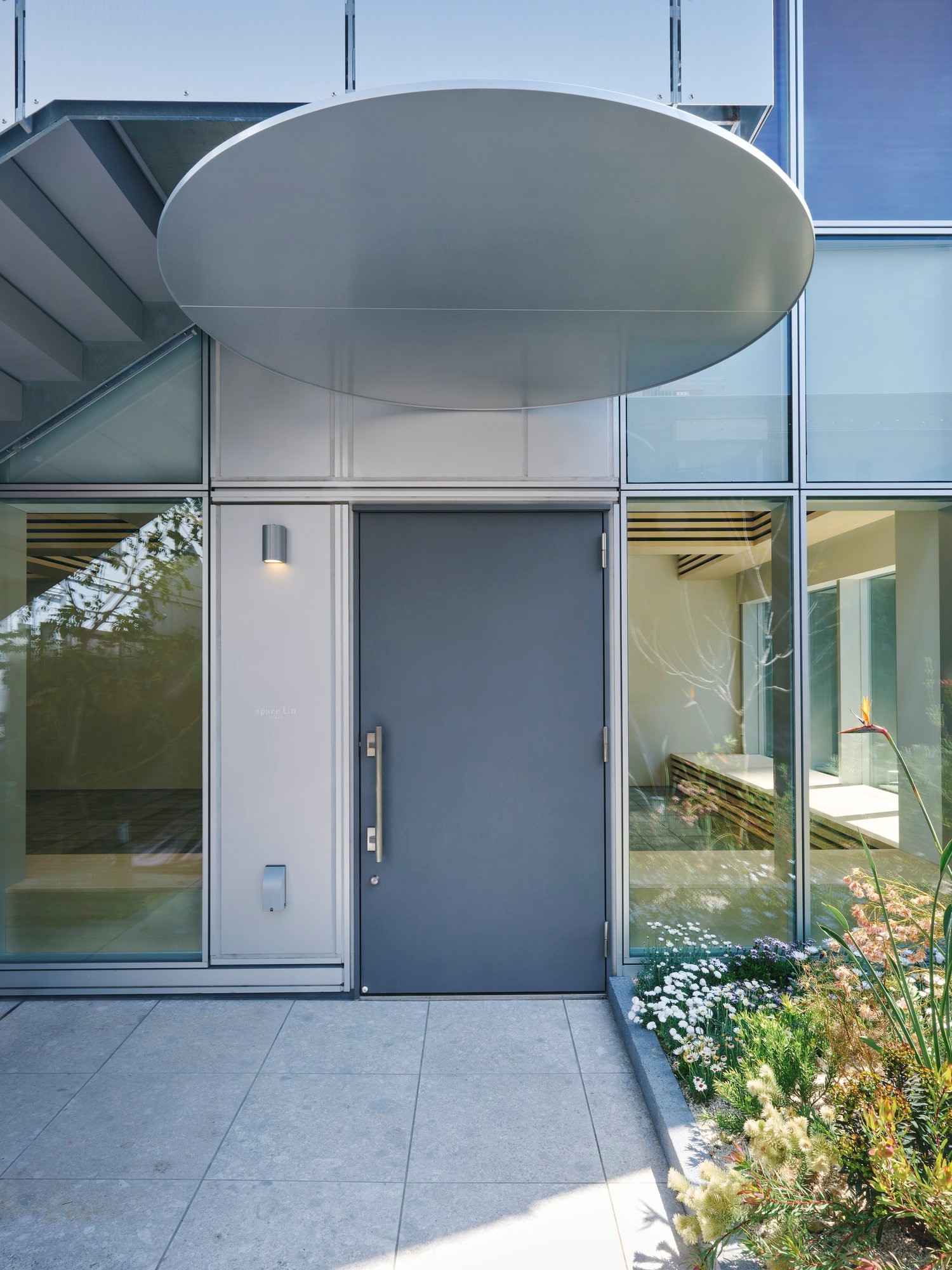
Established in 2024, space Un is a new platform for promoting contemporary African art in Japan and Asia. Reflecting founder Edna Dumas’s commitment to fostering cultural exchange between Japan, the countries of Africa, and the African diaspora, space Un’s exhibitions develop out of a residency program that invites artists to conduct research and produce works in Japan. The space supports further cultural dialogue by hosting interdisciplinary events, such as music performances and readings.
SNOW CONTEMPORARY
- D-6
- Roppongi
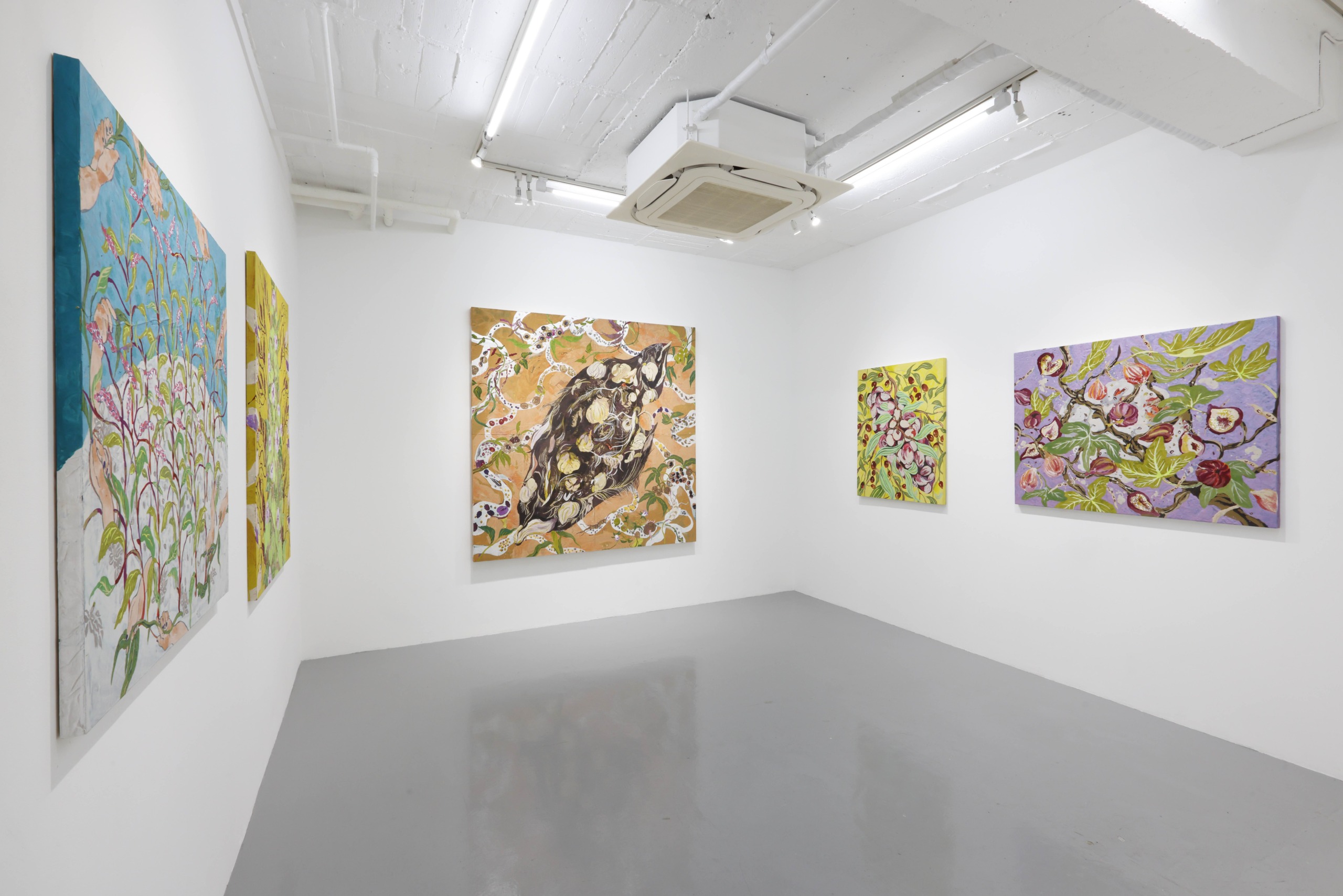
Snow Contemporary was founded in 2010 as an artist management office based between Tokyo and Singapore. It has occupied its current premises in Nishi-Azabu since 2016. The gallery exhibits cutting-edge work in genres ranging from street art to performance and Conceptual art. In order to increase the visibility of its artists, the gallery also organizes projects at a variety of other venues. Represented artists include Yosuke Amemiya, Yuriko Asano, Rintaro Fuse, Hitotzuki, Tatsuo Kawaguchi, Fuyuki Yamakawa, Shu Yonezawa, and David Stenbeck.
SHUGOARTS
- G-2
- Roppongi
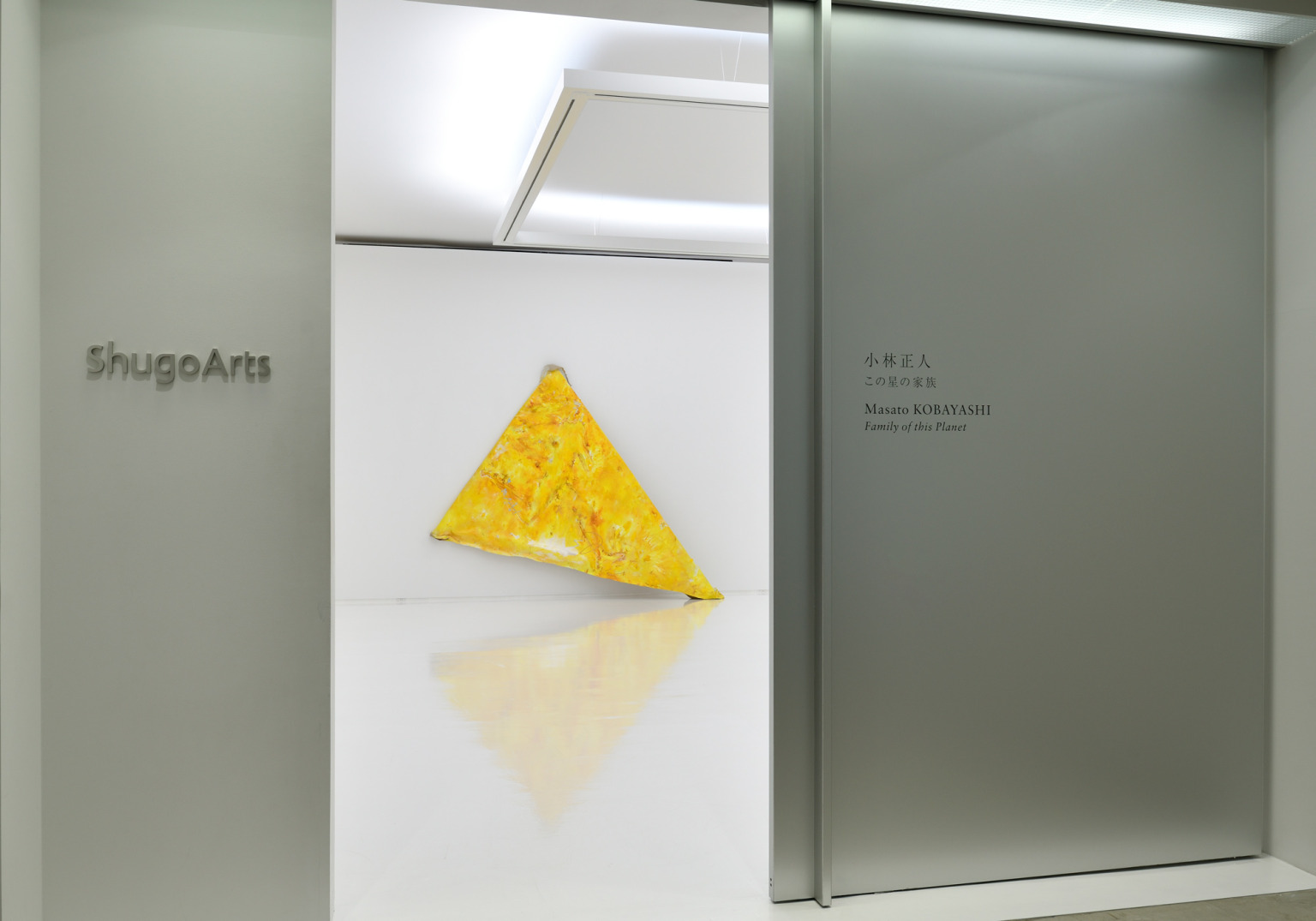
Shugo Satani worked at his father Kazuhiko’s Satani Gallery before starting ShugoArts in 2000. The gallery moved to Roppongi in 2016 and opened a viewing space in Tennozu Isle in 2021. ShugoArts aims to create new art historical values through its exhibition program, prioritizing above all the free expression of artists. The gallery collaborates with such artists as Masaya Chiba, Yukio Fujimoto, Leiko Ikemura, Masato Kobayashi, Aki Kondo, Lee Kit, Naofumi Maruyama, Anju Michele, Ritsue Mishima, Yasumasa Morimura, Yuji Ono, Yoriko Takabatake, Shigeo Toya, Atsushi Yamamoto, and Tomoko Yoneda.
MISA SHIN GALLERY
- D-3
- Hiroo
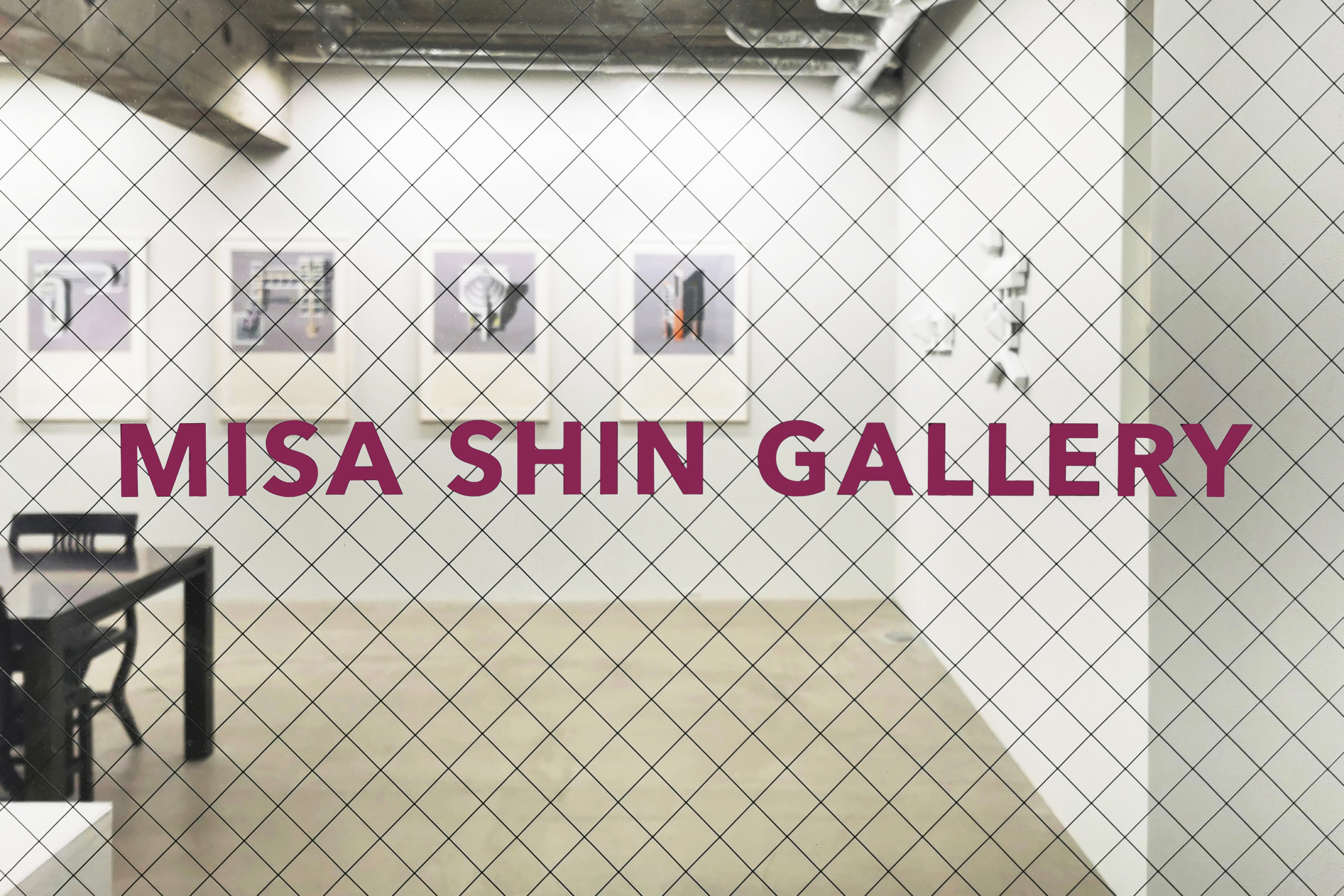
Misa Shin Gallery opened in 2010 in Shirokane, a central and historically industrial area of Tokyo that still contained small factories at the time. In 2018 the gallery relocated to Minami-Azabu, a quiet residential neighborhood that is also home to many embassies. The gallery represents a multigenerational roster of Japanese and international artists, many of whom work with conceptual and interdisciplinary approaches. The gallery seeks to both present exhibitions of cutting-edge work and establish the historical significance of its artists. In particular, the gallery’s representation of Japanese conceptual artists from the 1960s and ’70s has made lasting contributions to the global understanding and appreciation of postwar Japanese art.
SCAI THE BATHHOUSE
- A-6
- Nezu
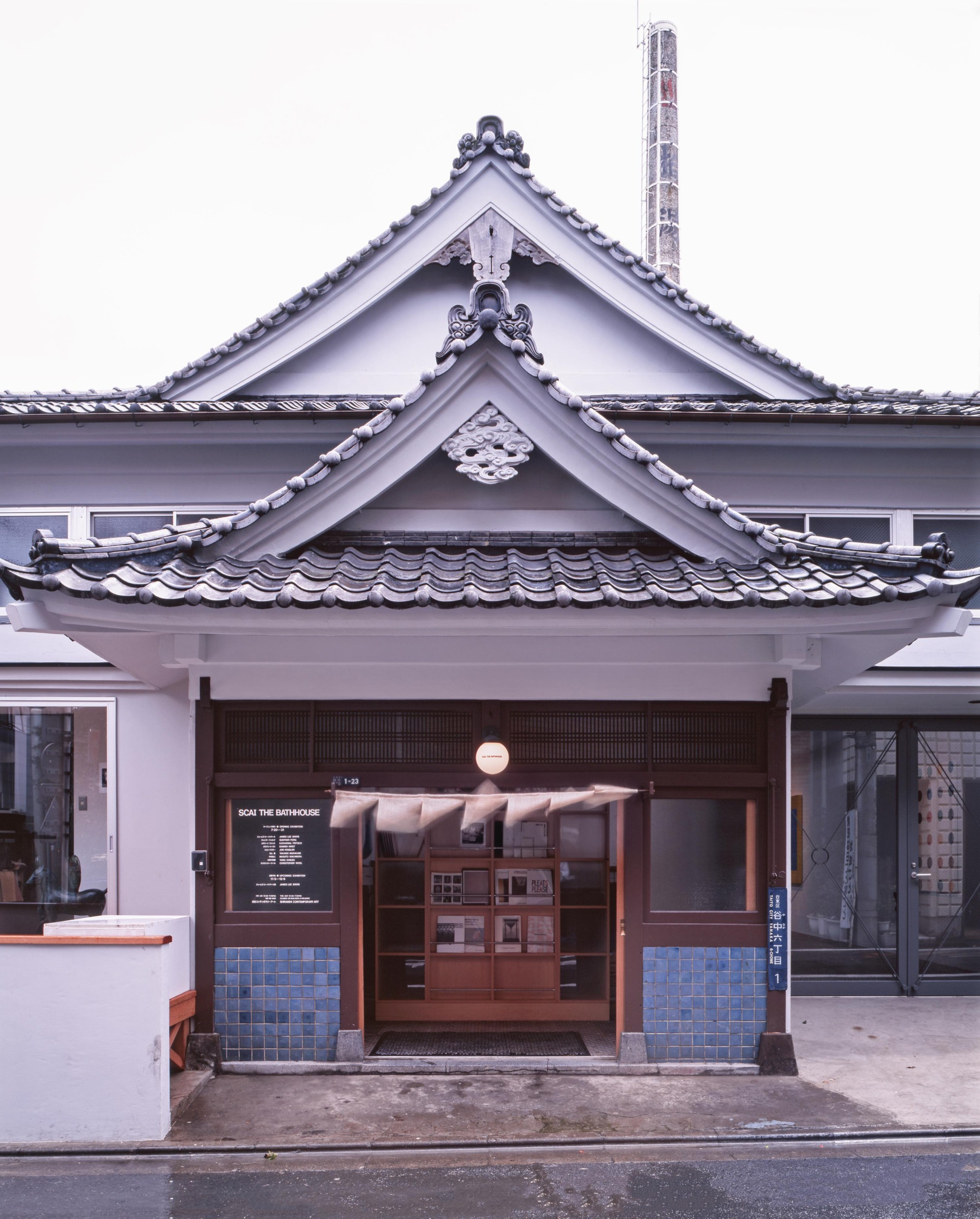
SCAI The Bathhouse was founded in 1993 in a 200-year-old former public bathhouse building in the old Tokyo district of Yanaka, a short walk from Ueno, an area dense with museums and art schools. Representing artists from across a wide range of generations and practices, the gallery seeks to function as a meeting place for various currents of contemporary art from Japan and abroad. To pursue this mission further, the gallery recently opened Komagome Soko, an experimental project space for emerging talents; SCAI Park, which transforms part of a storage facility into an exhibition site; and SCAI Piramide, an outpost in Roppongi for cultivating thoughtful exchanges and further advancing the contemporary art scene in Tokyo.
POETIC SCAPE
- E-4
- Nakameguro
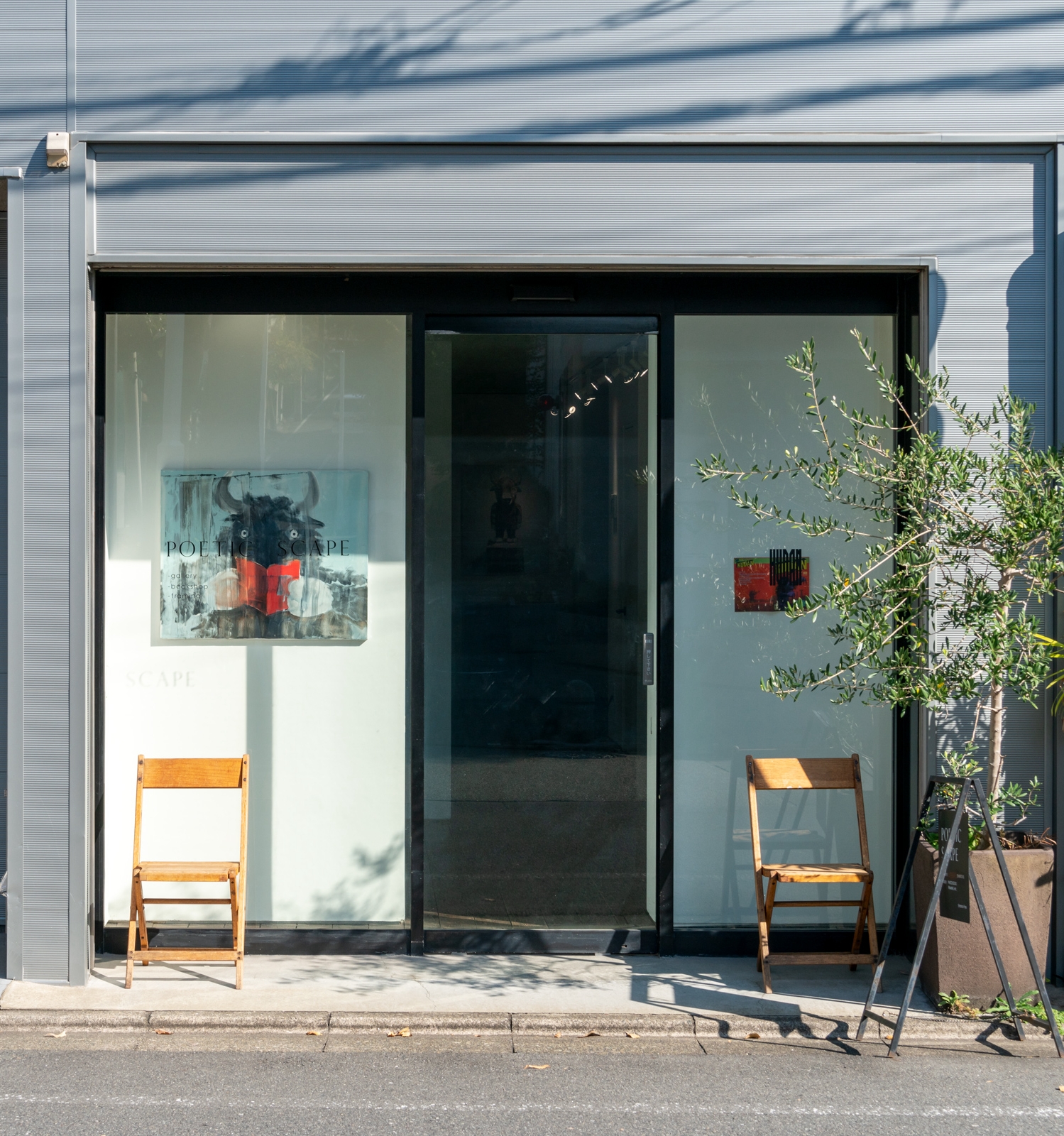
Poetic Scape opened in Nakameguro in 2011 as a gallery specializing in photography. In recent years, its program has expanded to include works in other mediums. Combining the words “poetic” and “landscape,” the gallery name reflects the ambition to show visitors a new landscape that cannot be clearly defined by language but that artists have the ability to see. Affiliated artists include Daido Moriyama, Hiroshi Nomura, Sakiko Nomura, Tracy Templeton, Toshiya Watanabe, and Haruka Yamada. In addition to its exhibition space, Poetic Scape runs a small shop that sells artist books and texts on photographic theory.
PGI
- C-3
- Azabu-Juban
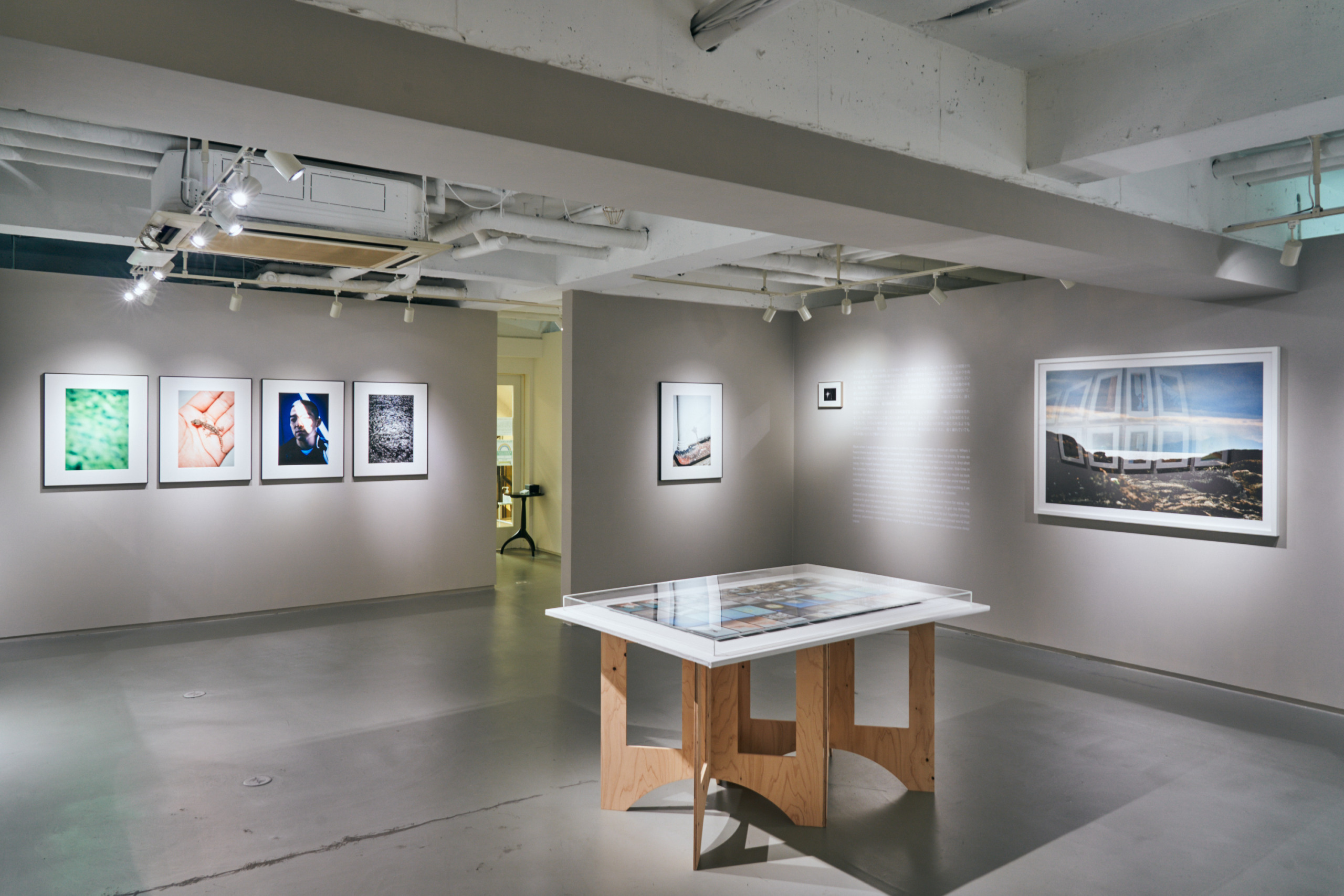
A pioneer among Japanese commercial galleries specializing in photographic art, Photo Gallery International was established in Tokyo’s Toranomon district in 1979. The gallery adopted its current name, PGI, upon its move to Higashi-Azabu in 2015. PGI exhibits seminal photographers from the United States and beyond, including Ansel Adams, Edward Weston, Harry Callahan, and Emmet Gowin. The gallery also works with masters of Japanese postwar photography like Yasuhiro Ishimoto, Kikuji Kawada, Ikko Narahara, and Eikoh Hosoe. PGI takes pride in partnerships with established artists such as Kozo Miyoshi, Michiko Kon, and Yoshihiko Ito that date back to the early days of their careers. Since 2003, the gallery has also discovered new talents, welcoming Shintaro Sato, Takashi Arai, Yuki Shimizu, Narumi Hiramoto, and many others to the program.
PERROTIN
- G-2
- Roppongi
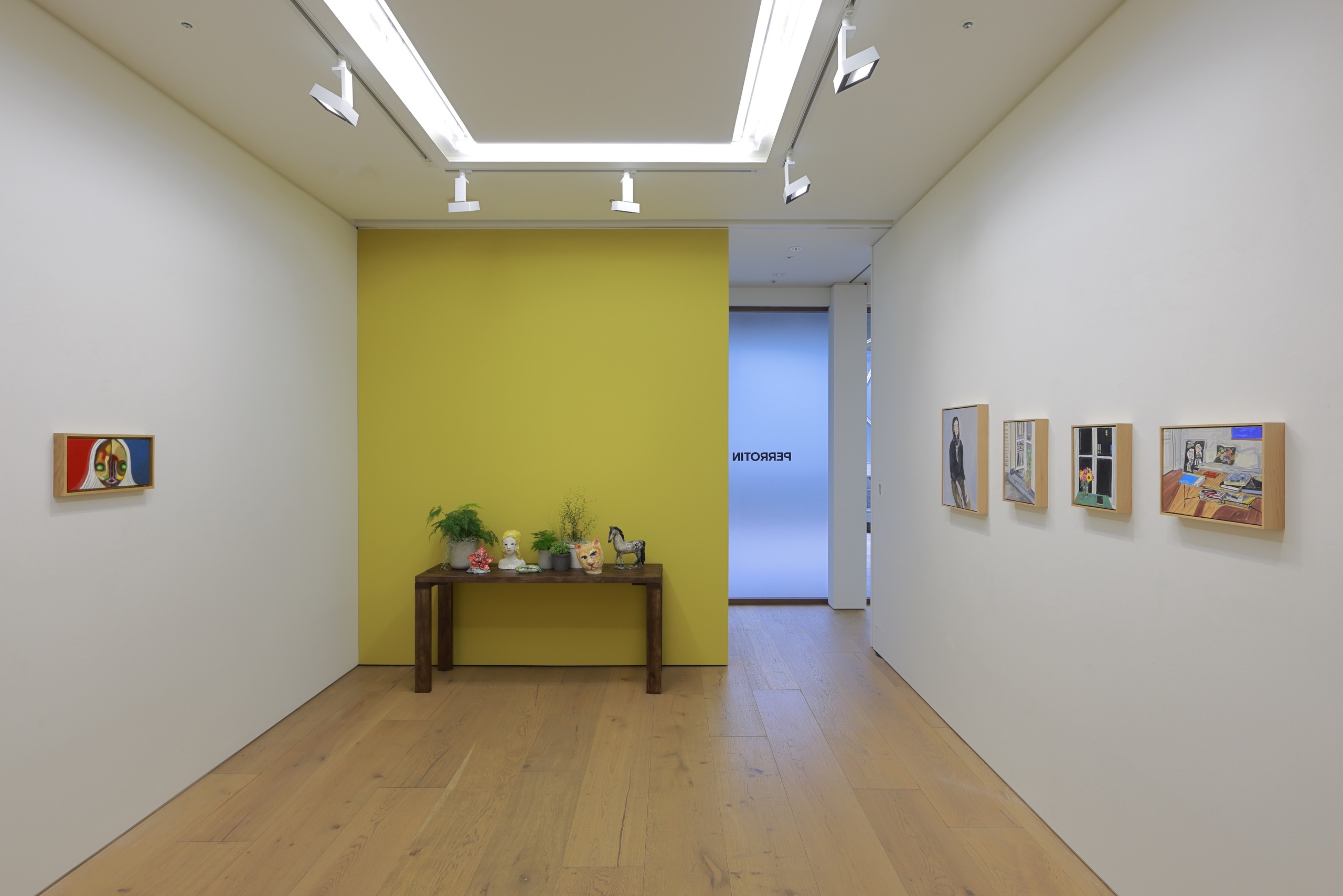
Emmanuel Perrotin founded his first gallery in Paris in 1990 at the age of 21. He has worked closely with his roster of artists—some for more than 30 years—to help realize their ambitious projects. Perrotin opened a Hong Kong space in 2012, followed by spaces in New York in 2013, Seoul in 2016, Tokyo in 2017, Shanghai in 2018, Dubai and a second Seoul location in 2022, and Los Angeles in 2023. With galleries now on three continents, Perrotin continues to gain international recognition and influence. The gallery also participates in more than 20 art fairs each year.
PACE GALLERY
- C-4
- Azabudai
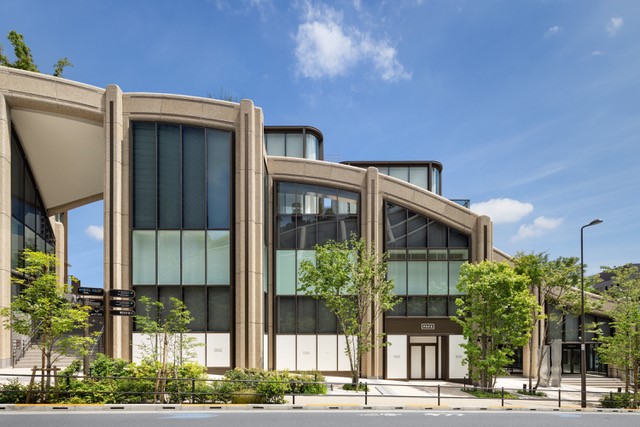
Pace is a leading international art gallery representing some of the most influential artists and estates of the 20th and 21st centuries. Founded by Arne Glimcher in 1960, Pace has galleries around the globe, including its headquarters in New York, Los Angeles, London, Geneva, Hong Kong and Seoul. Pace opened its first gallery in Japan in Tokyo’s Azabudai Hills development in 2024. A new gallery in Berlin is due to open in 2025.
KOTARO NUKAGA
- G-2
- Roppongi
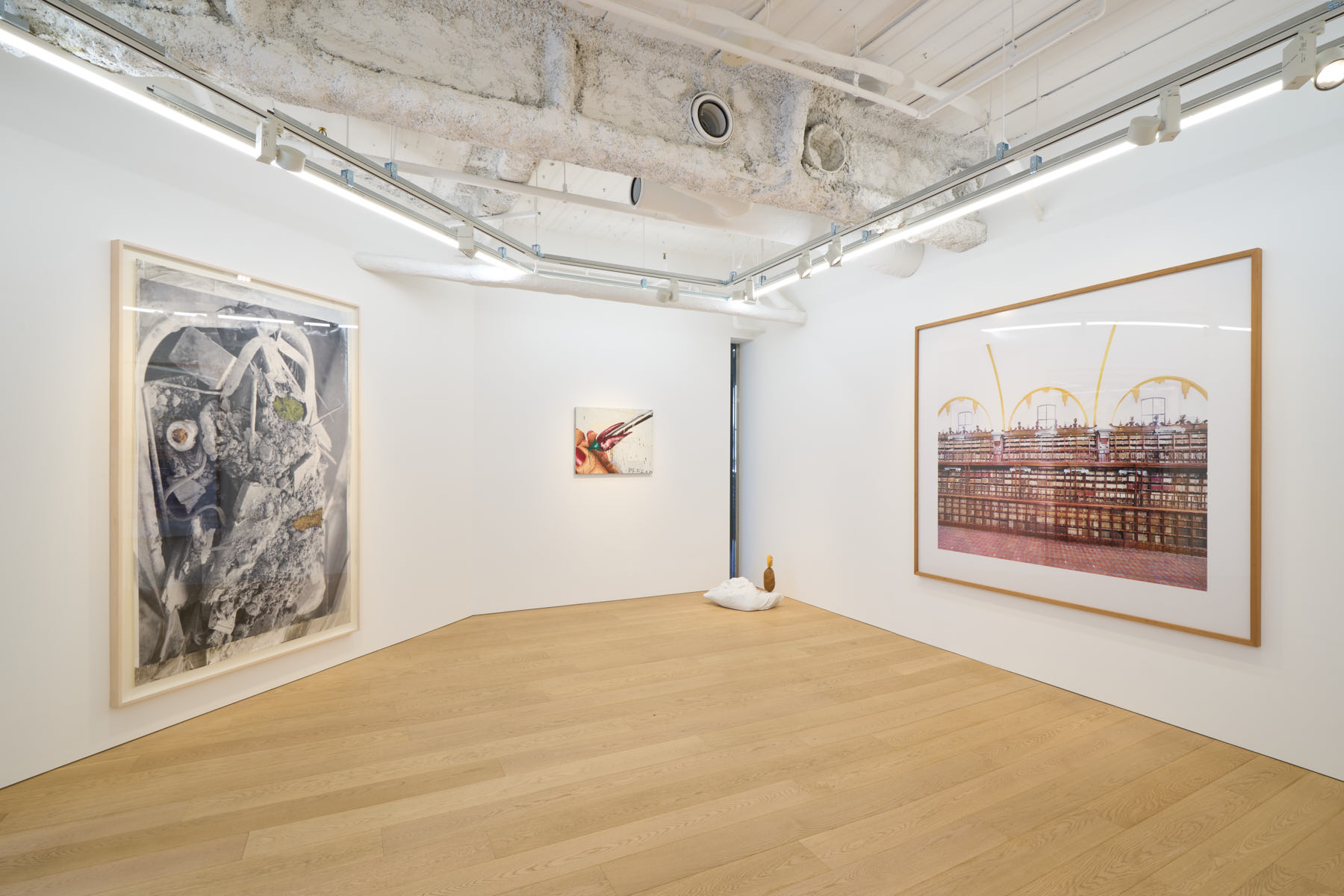
Kotaro Nukaga was founded in 2018 as a platform for thought-provoking ideas and daring sociopolitical confrontations. The gallery program employs an interdisciplinary lens that spans diverse cultural and academic fields, approaching art through its historical, cultural, social, scientific, and aesthetic contexts in order to reinterpret the past, gain new perspectives on the present, and imagine possible futures. The gallery seeks to promote its artists’ practices through an understanding of the dynamics of the current art ecosystem while also supporting projects that push beyond existing frameworks. Kotaro Nukaga has two spaces in Tokyo—one in Roppongi, a cultural hub bustling with new ideas, and the other in Tennozu Isle, a location that is currently gaining traction as a new center of contemporary art in the city.
NCA | NICHIDO CONTEMPORARY ART
- D-4
- Roppongi

Opened in 2002, nca | nichido contemporary art is the contemporary branch of galerie nichido, the pioneering Ginza-based gallery established in 1928. Continuing its predecessor’s mission of promoting culture through innovative projects and exhibitions, nca features a program of up-and-coming Japanese and international artists. As a result of its presence in Taiwan between 2015 and 2022, the gallery has expanded the scope of its program to actively promote Asia’s contemporary art scene.
TARO NASU
- G-2
- Roppongi
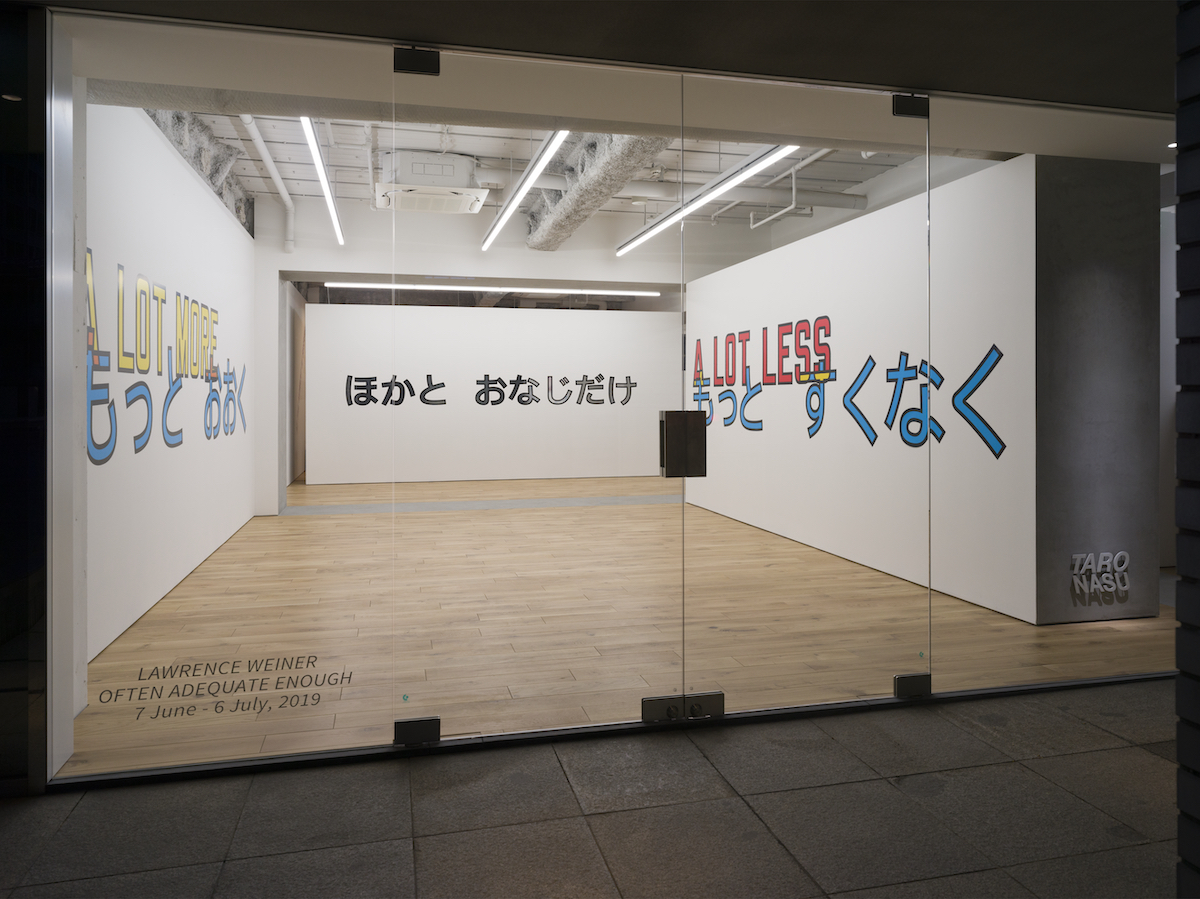
Taro Nasu was founded in 1998. The gallery represents conceptual artists including Futo Akiyoshi, Koichi Enomoto, Simon Fujiwara, Ryan Gander, Liam Gillick, Maiko Haruki, Takashi Homma, Pierre Huyghe, Ryoji Ikeda, Taiji Matsue, Mika Tajima, Michiko Tsuda, and Lawrence Weiner. Beyond its regular program, Taro Nasu also works with international art museums and public agencies to organize a range of other exhibitions and events.
NANZUKA UNDERGROUND
- F-4
- Harajuku
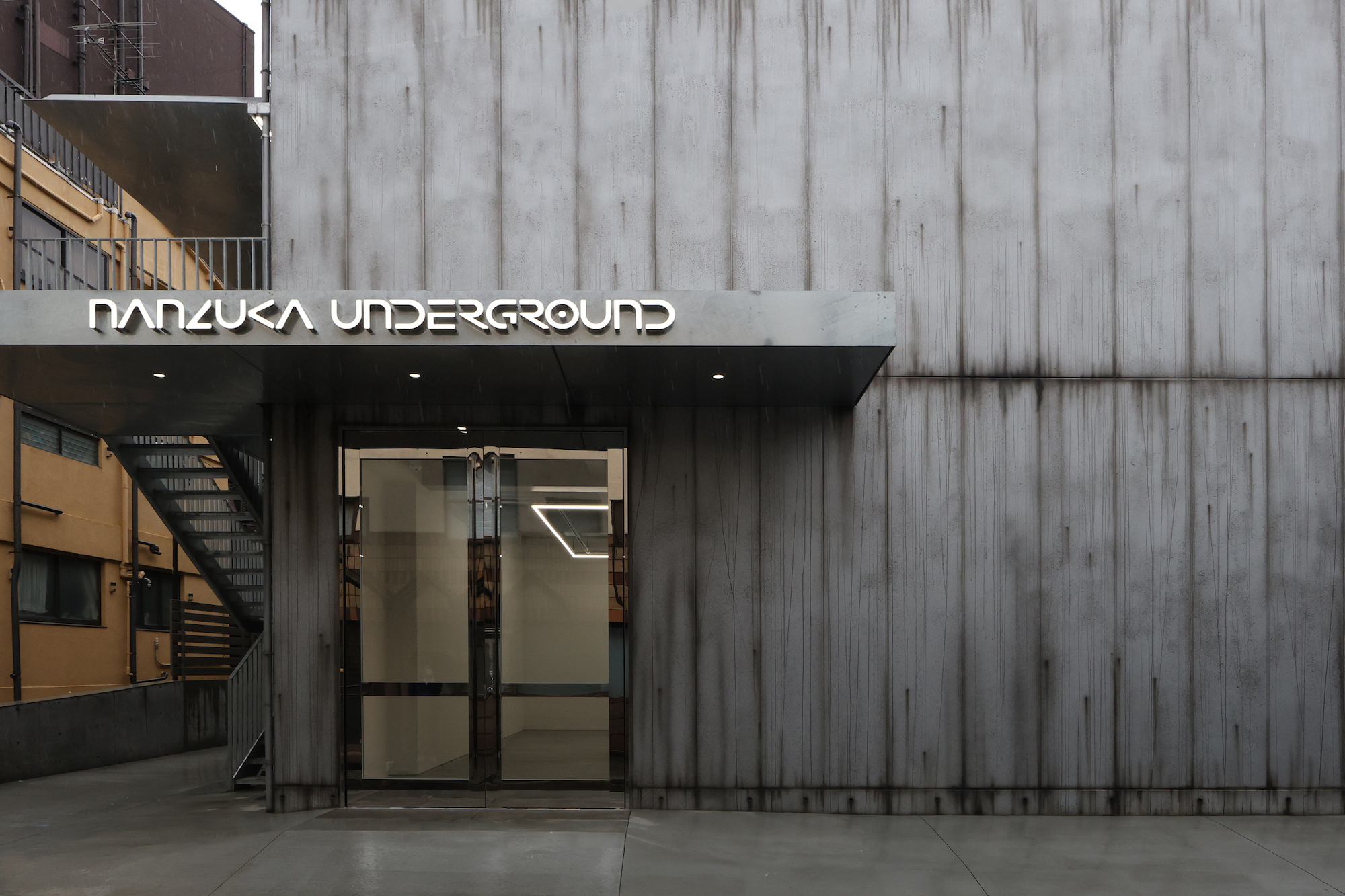
Nanzuka Underground was founded in 2005 in Shibuya as an experimental space dedicated to redefining design, illustration, street culture, fashion, music, and other creative fields as subjects for rigorous study. In particular the gallery aims to rediscover figures who were not considered “fine artists” by the Japanese art world that developed after World War II, such as Toshio Saeki, Hajime Sorayama, Keiichi Tanaami, and Harumi Yamaguchi. Nanzuka Underground collaborates with many international galleries to support the broader reception of emerging Japanese artists like Haroshi, Masato Mori, Ryuichi Ohira, Makoto Taniguchi, and Hiroki Tsukuda. The gallery also works with international artists to introduce global perspectives on contemporary art to Japan.
KEN NAKAHASHI
- F-5
- Shinjuku
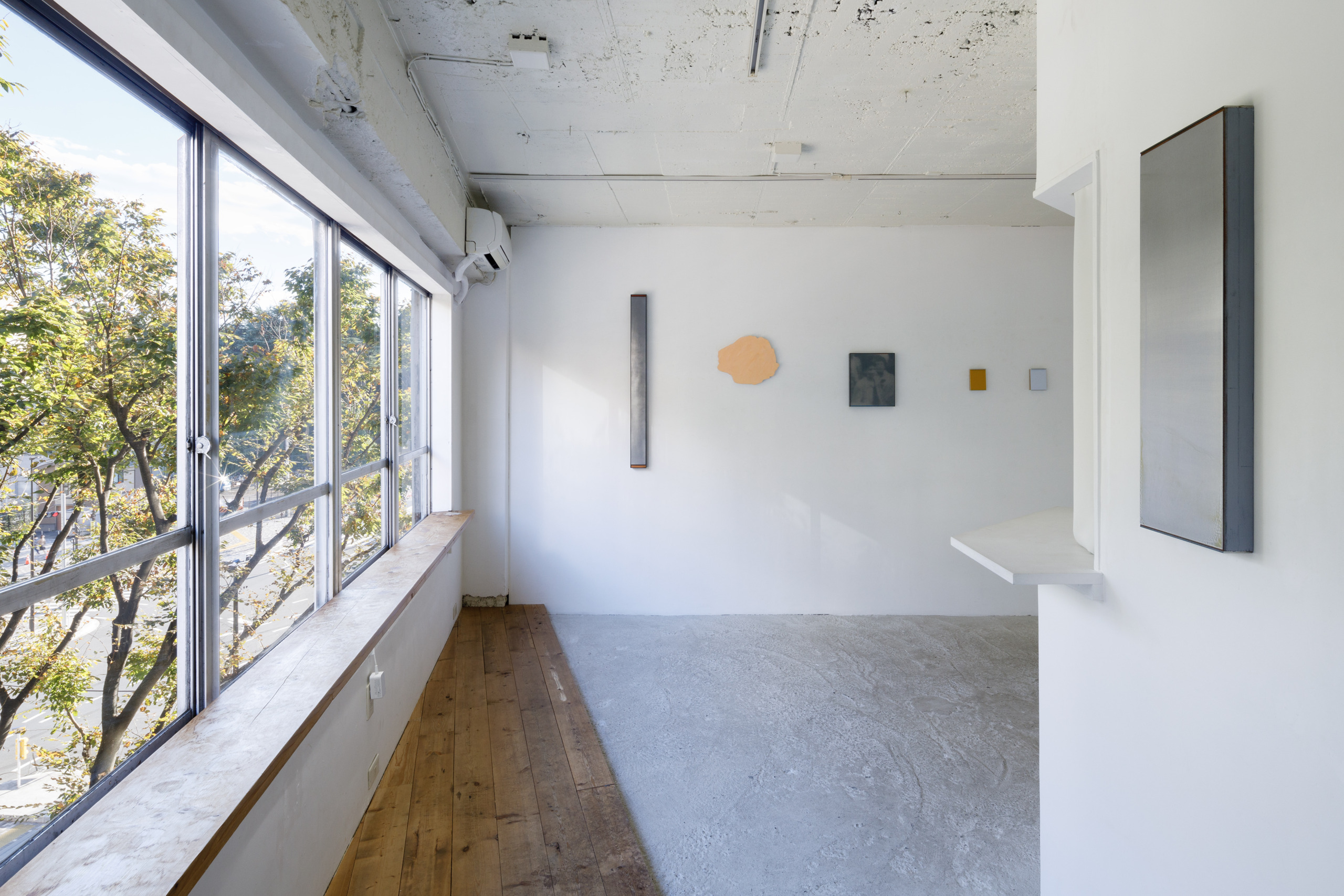
Ken Nakahashi was established in 2014 with a commitment to finding new ways of understanding the dynamics between art and humanity. The gallery shows artists who investigate various issues of global society against the backdrop of our ever-expanding collective history. Represented artists include Yuki Harada, Eiki Mori, Masaharu Sato, and Erik Swars, among others.
MUJIN-TO PRODUCTION
- B-3
- Kinshicho
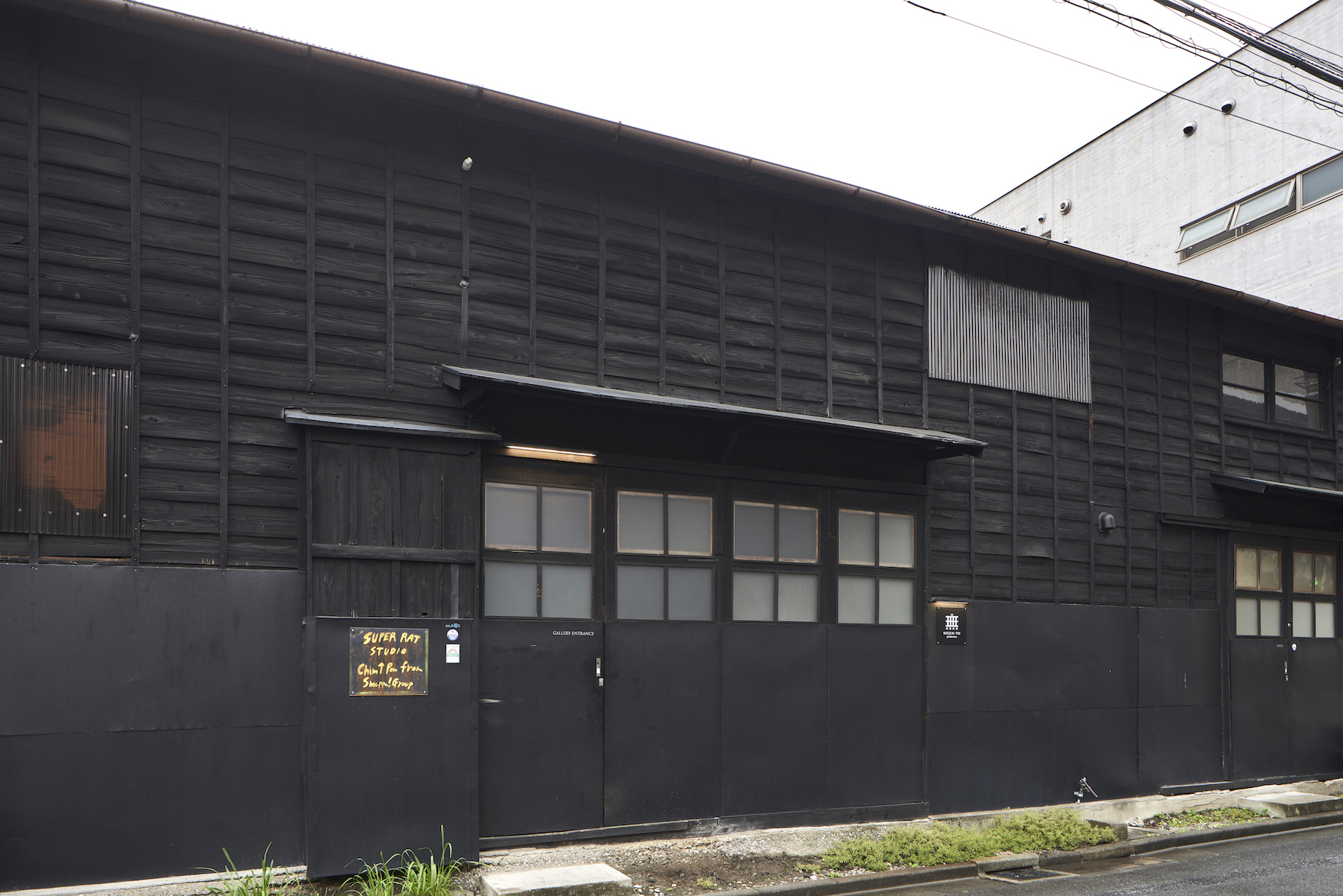
Since its establishment in 2006, Mujin-to Production has promoted outstanding emerging and midcareer artists and art collectives from Japan through exhibitions, experimental projects, and presentations at local and international art fairs. The gallery is a fearless advocate of the artists it represents, many of whom engage social issues in their work. Beyond its exhibition program, Mujin-to Production publishes books and DVDs to foster deeper understanding of the gallery artists’ practices.
MIZUMA ART GALLERY
- A-2
- Iidabashi
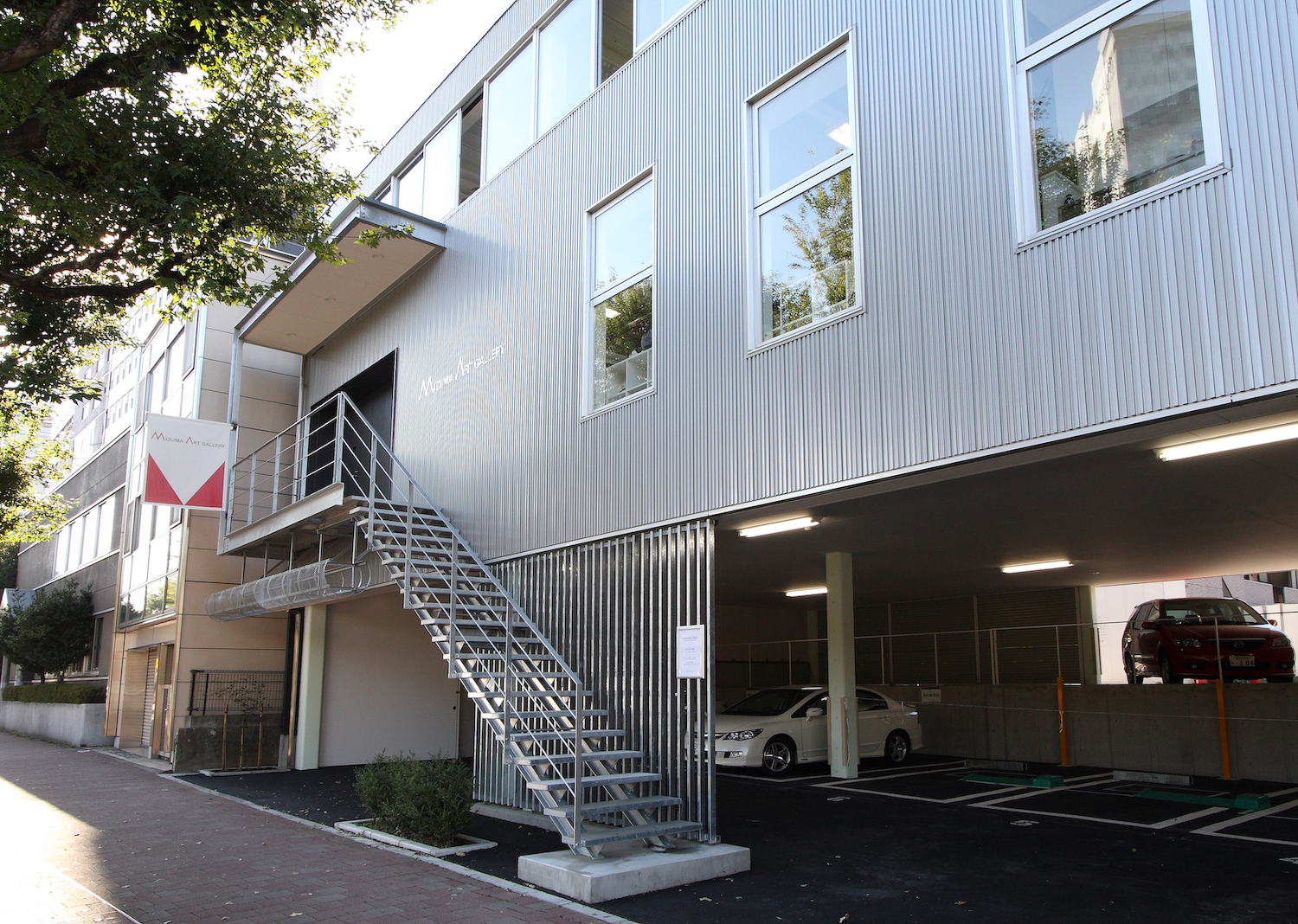
Executive Director Sueo Mizuma opened Mizuma Art Gallery in Tokyo in 1994. Since its founding, the gallery has represented artists from Japan and, increasingly, the surrounding regions whose works exhibit unique sensibilities unaffected by stylistic trends. Matching the rapid expansion of Asia’s contemporary art market, Mizuma Art Gallery established additional spaces in Beijing and Singapore in 2008 and 2012, respectively. In 2014 the gallery opened the artist residency space Rumah Kijang Mizuma in Yogyakarta to facilitate exchanges between Indonesian and Japanese artists. Mizuma Art Gallery is an active participant in international art fairs, including Art Basel Hong Kong and the Armory Show in New York, and continues to support and promote many internationally active artists.
MISAKO & ROSEN
- A-4
- Otsuka
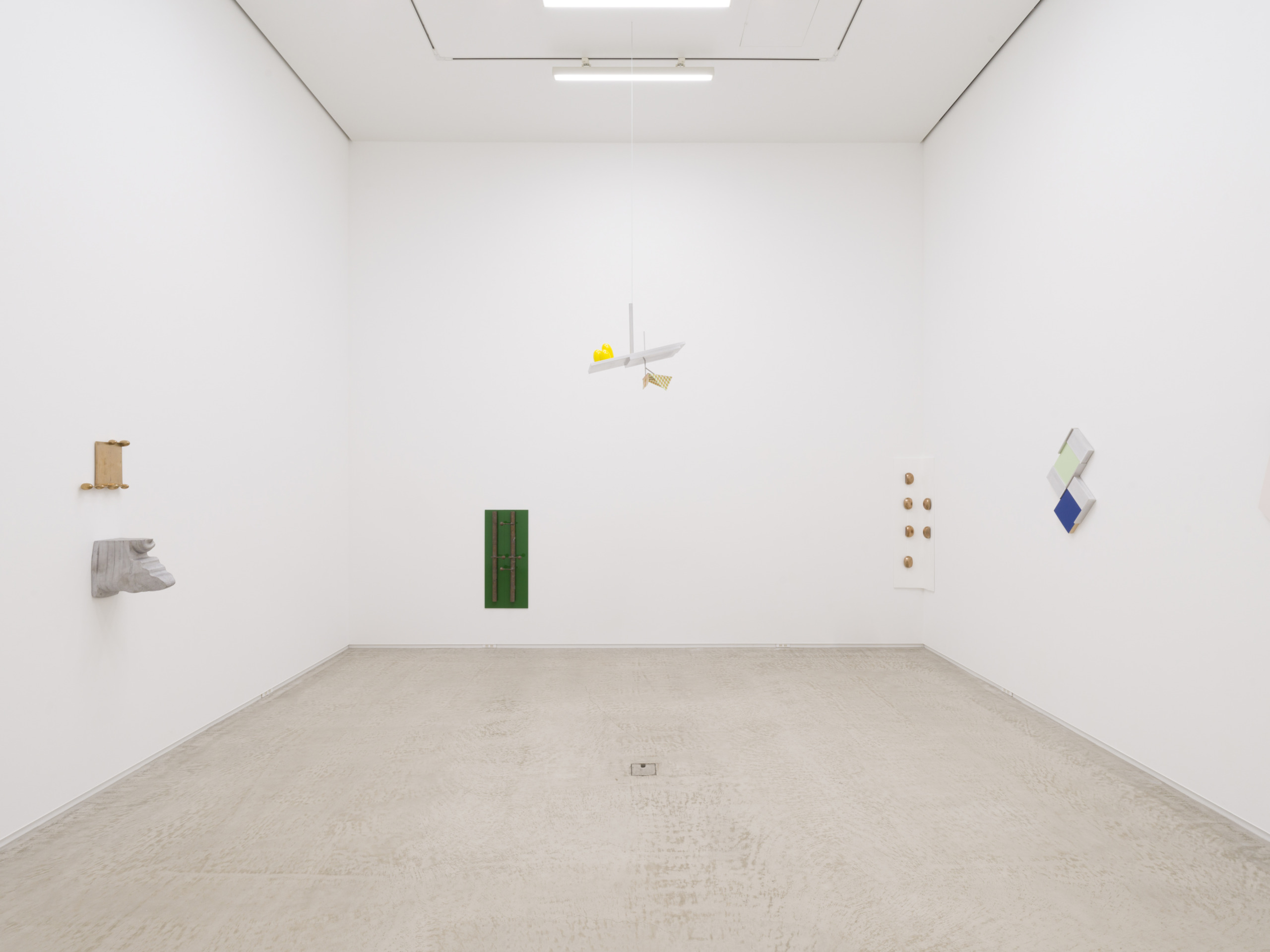
Opened in 2006, Misako & Rosen represents Japanese and international artists whose practices take a critical approach to the contemporary world without shying away from humor.
MEM
- E-3
- Ebisu
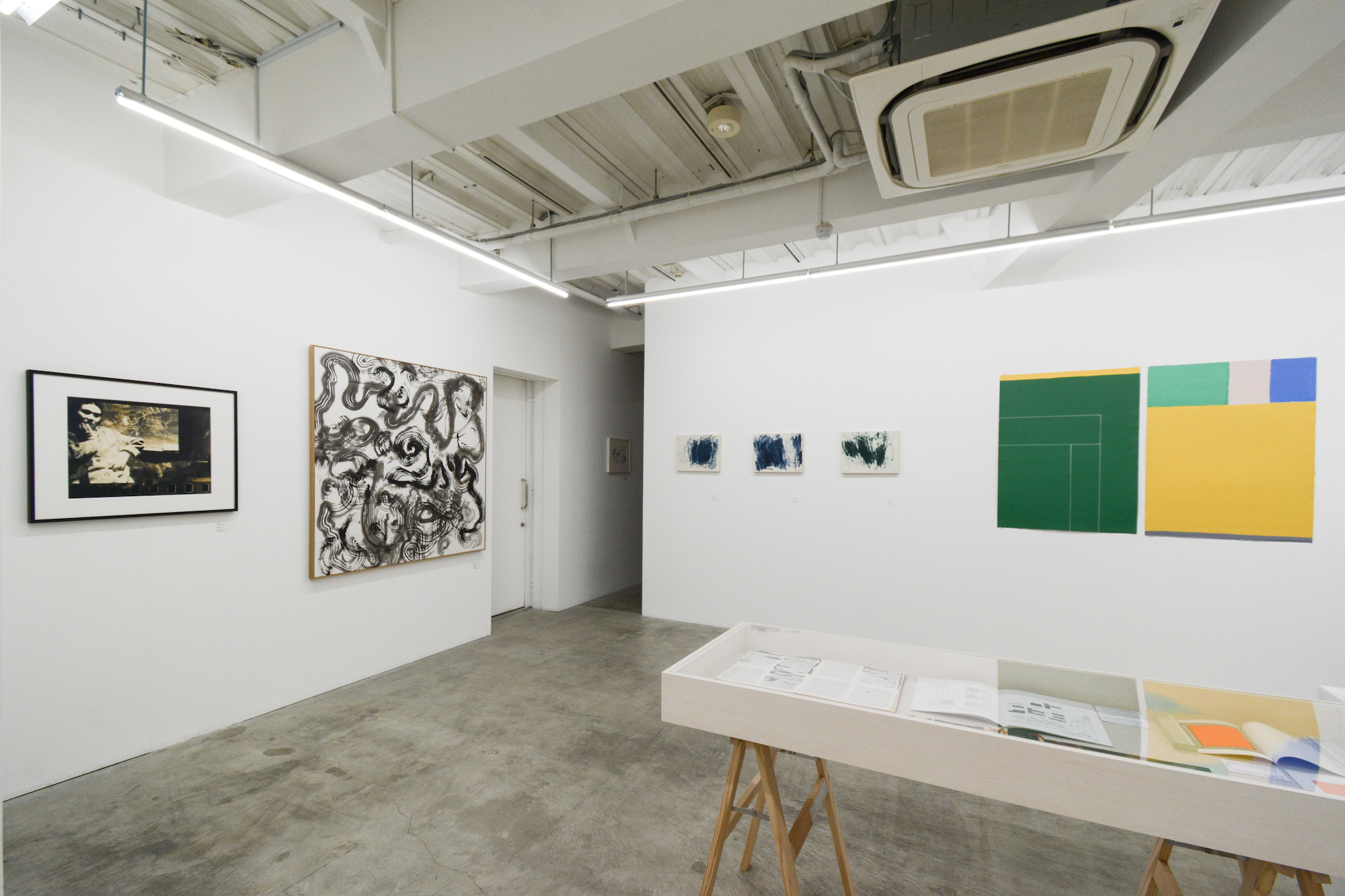
MEM (Multiply Encoded Messages) was founded in Osaka in 1997 and moved to Tokyo in 2010. The gallery serves as an intersectional zone between artists and the public. It is a collaborative arena where experimental projects and artworks are conceived and exhibited, and where the multiplication of encoded messages can inspire new thinking.
Initially, MEM represented established artists who emerged in the 1980s in the Kansai region and were working in new media, such as video and photography, including Tomoaki Ishihara, Yoshio Kitayama, Chie Matsui, Kimiyo Mishima, and Yasumasa Morimura. Upon relocating to Tokyo, the gallery extended its program to add emerging artists, such as Ayano Sudo and Natsuko Tanihara. It also strengthened its focus on photography by organizing exhibitions for Antoine d'Agata, Ken Kitano, Katsumi Omori, and other contemporary photographers.
FERGUS MCCAFFREY
- F-2
- Omotesando
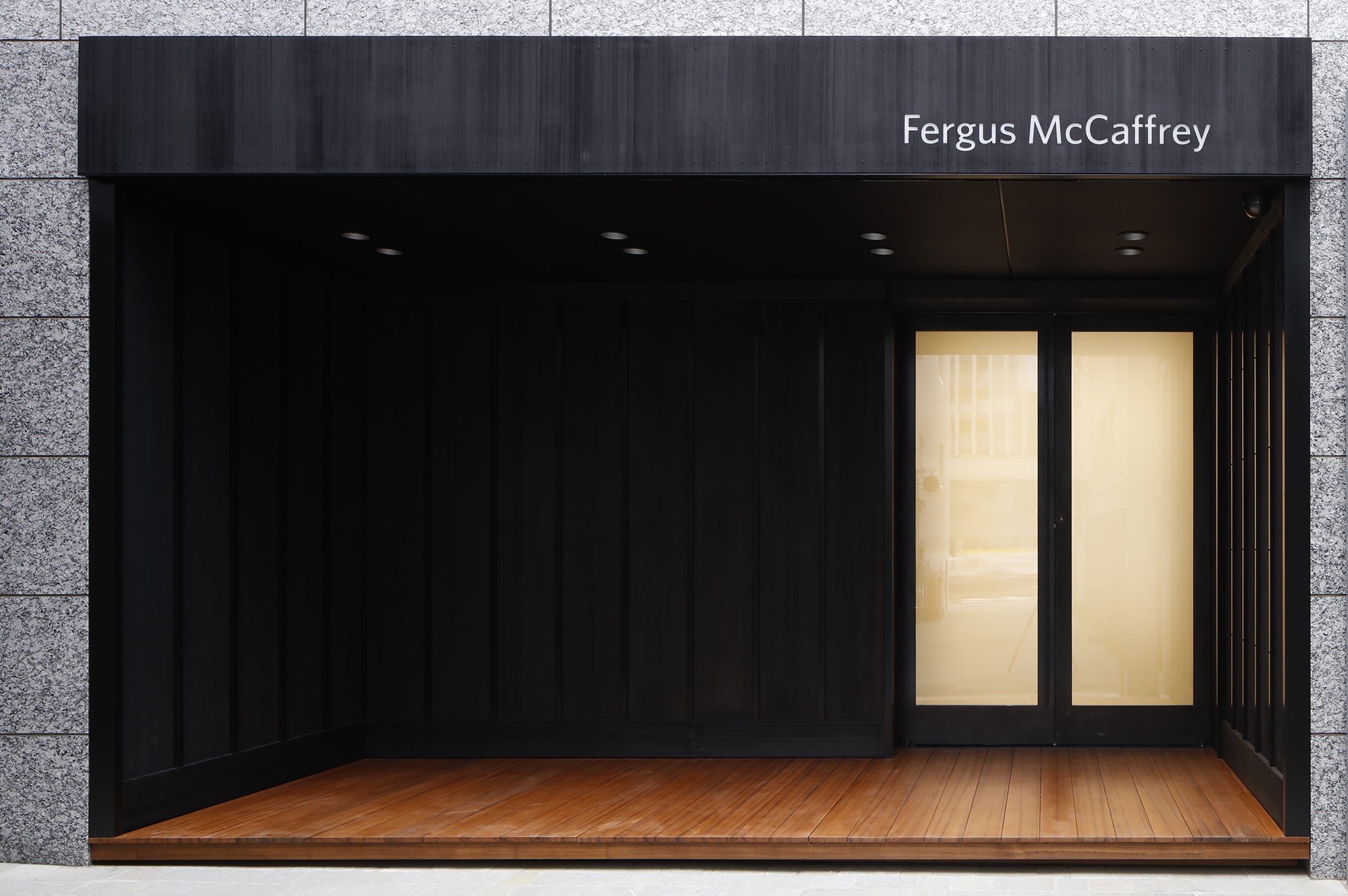
Founded in 2006, Fergus McCaffrey is internationally recognized for its promotion of postwar and contemporary art from Japan, Europe, and the United States. The gallery runs a multifaceted program and represents 24 artists and estates worldwide.
Fergus McCaffrey has locations in Tokyo, New York, and St. Barth. The gallery opened its Tokyo outpost in March 2018 with a show of paintings by Robert Ryman and has since exhibited such artists as Matthew Barney, Jasper Johns, Shigeko Kubota, Carolee Schneemann, Richard Serra, Kazuo Shiraga, and Min Tanaka.
LEESAYA
- E-5
- Meguro
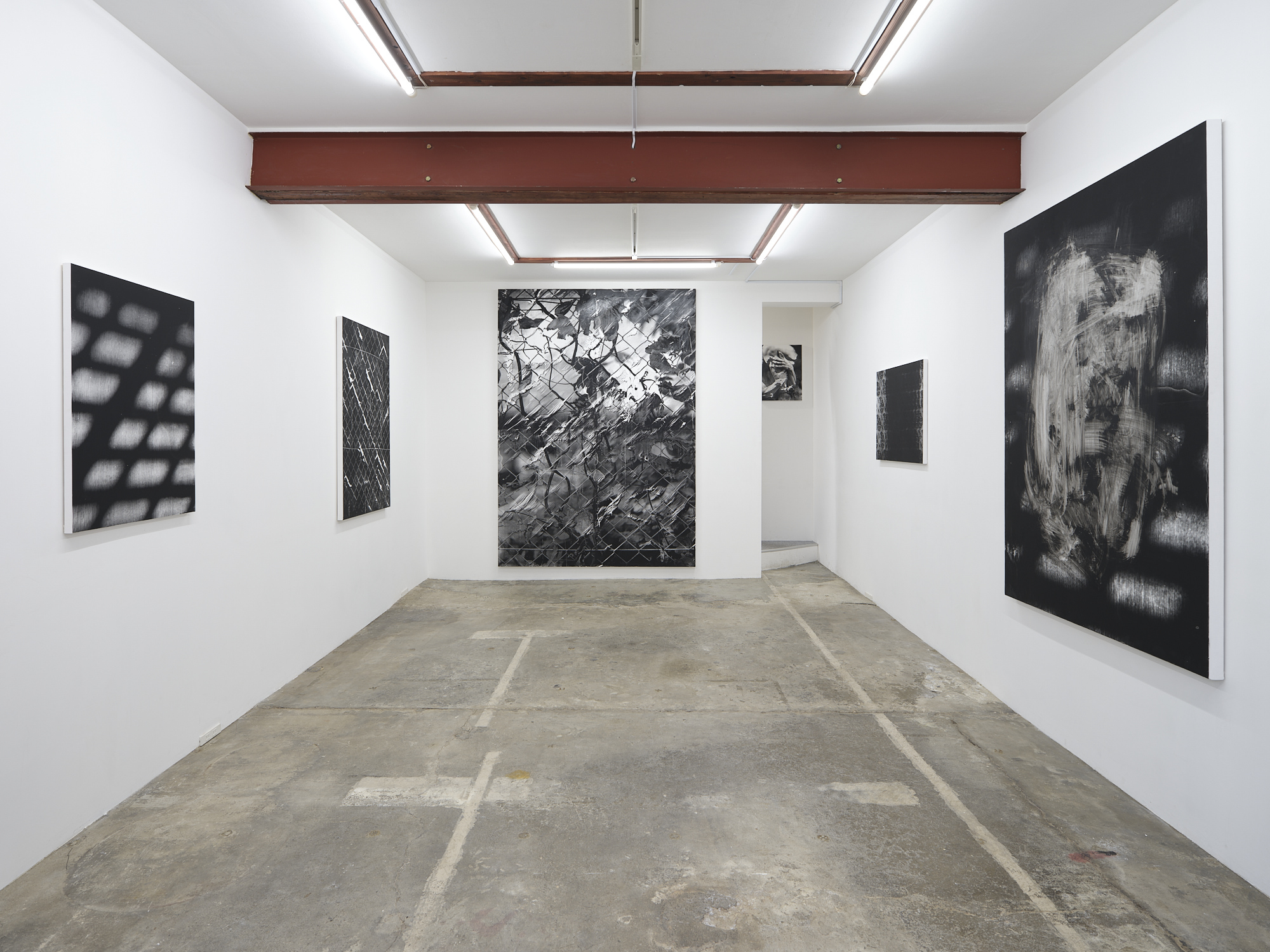
Leesaya was established in 2019 to nurture young artists who seek innovative modes of expression. The gallery collaborates with creators working across a wide range of practices to explore new possibilities of contemporary art.
GALLERY KOYANAGI
- C-6
- Ginza
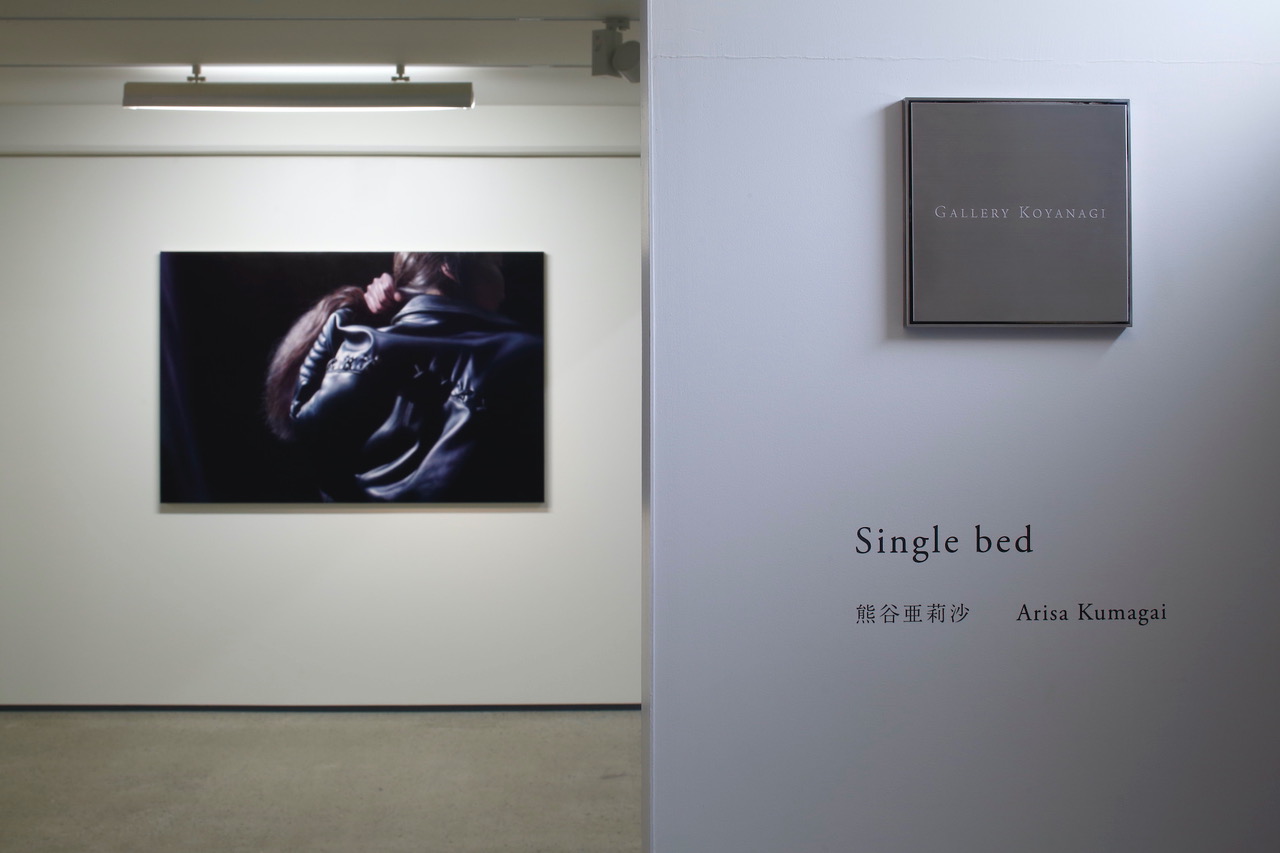
Gallery Koyanagi opened in Ginza in 1995 and relaunched with a new gallery space designed by Hiroshi Sugimoto in 2016. Gallery Koyanagi represents Japanese and international contemporary artists including Michaël Borremans, Sophie Calle, Marlene Dumas, Mark Manders, Christian Marclay, Thomas Ruff, Yoshihiro Suda, Hiroshi Sugimoto, and Tabaimo.
TOMIO KOYAMA GALLERY
- B-5
- Kyobashi
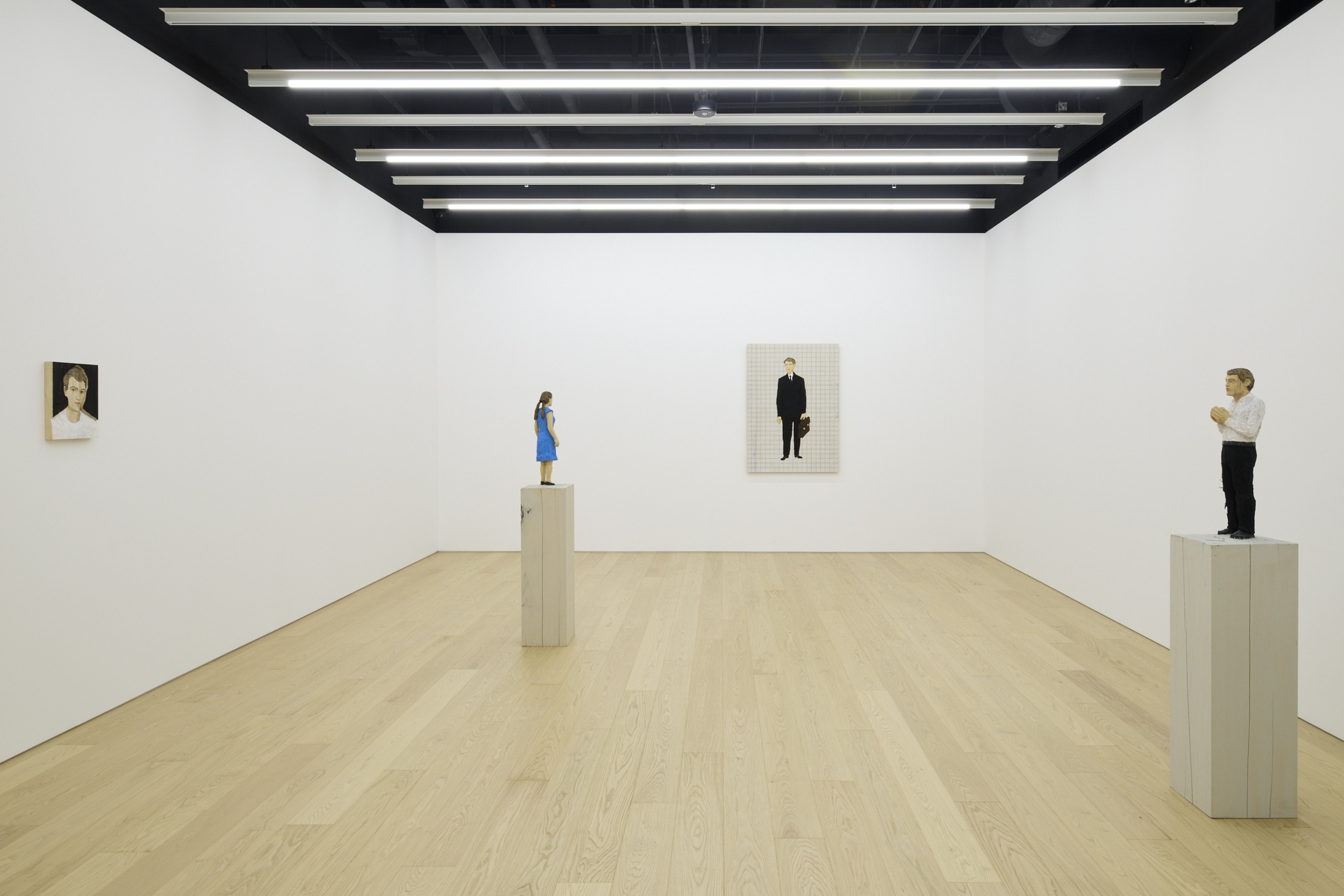
Tomio Koyama Gallery was founded in Tokyo’s Sagacho district in 1996 and has since established itself as a cornerstone of Japan’s contemporary art scene. Dedicated to introducing new perspectives to the art market, the gallery represents a diverse, multigenerational roster of Japanese and international artists, including Kishio Suga, Mika Ninagawa, Hiroshi Sugito, and Richard Tuttle, and also features contemporary ceramics in its program. From the start Tomio Koyama Gallery has maintained an active presence at international art fairs. The gallery has locations in Roppongi, Tennozu, and Kyobashi in Tokyo and a branch in Maebashi, Gunma Prefecture.
YUTAKA KIKUTAKE GALLERY
- G-2
- Roppongi
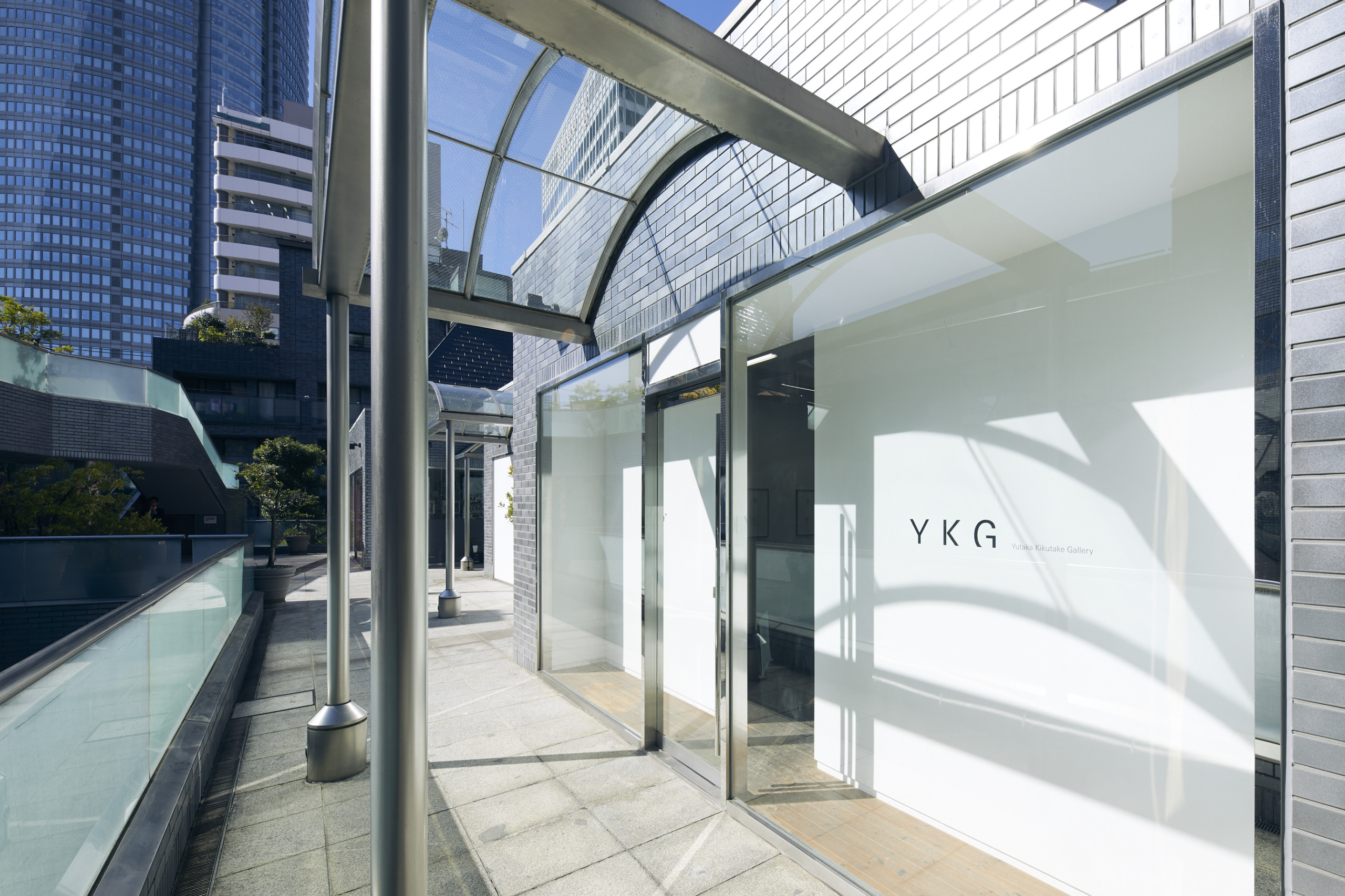
Yutaka Kikutake Gallery opened in Roppongi in 2015. The gallery is committed to adding to the diversity of contemporary art by supporting innovative modes of expression. Its exhibition program features Japanese and international artists who work in a broad range of mediums, from painting and photography to sculpture and film.
KAYOKOYUKI
- G-2
- Komagome
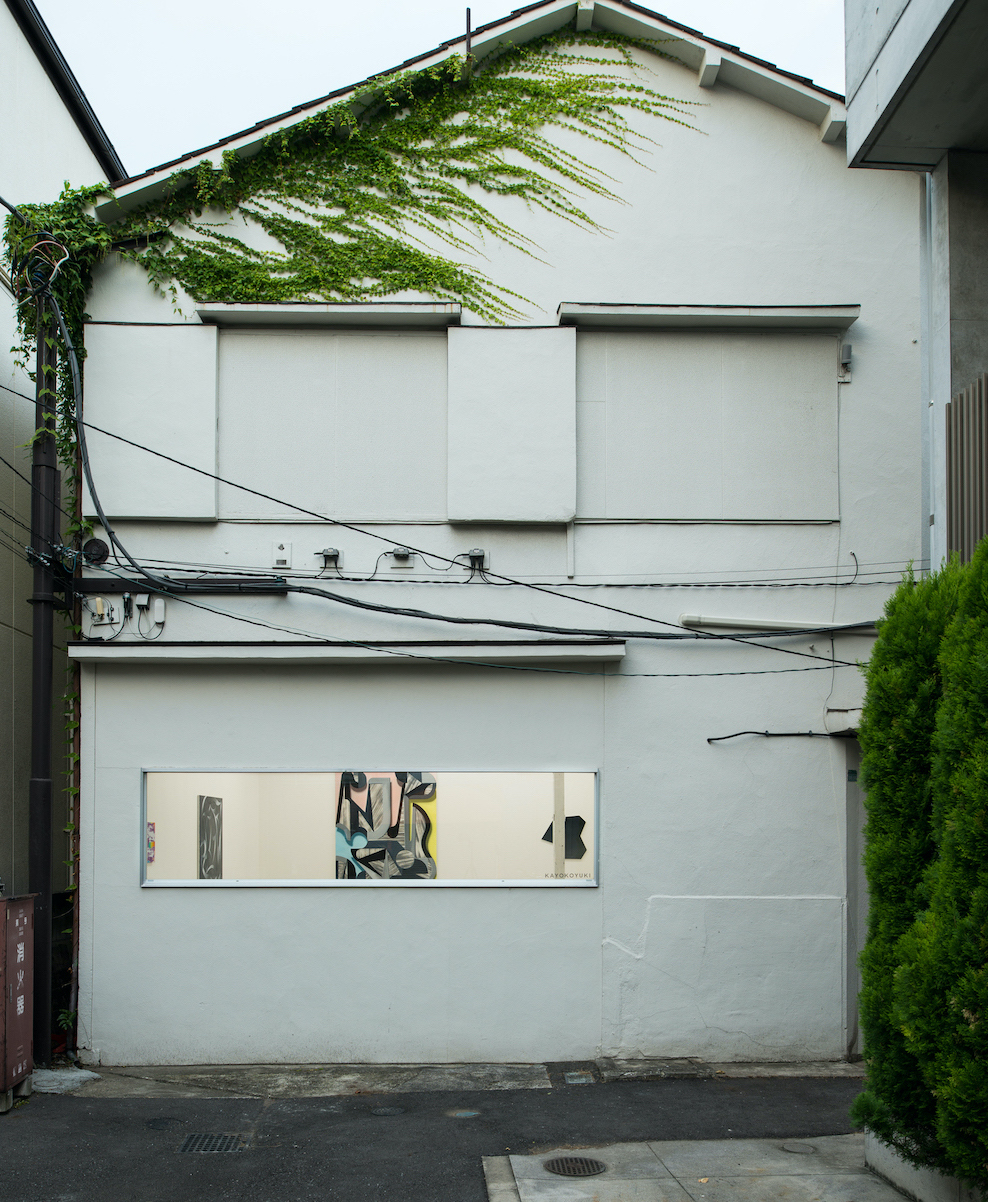
Kayokoyuki started out as an office and viewing room in 2011 before officially launching as a gallery in 2013. The program features artists who use ephemeral imagery derived from objects in their everyday lives to reflect on their experiences and create works that propose new ways of coexisting at a time of increasing social polarization.
Represented artists include Nobuya Hitsuda, Kenji Ide, Yohei Imamura, Shiho Kagabu, Kazuki Matsushita, Kate Newby, Yutaka Nozawa, Ayako Ohno, Emi Otaguro, Michi Suwa, Daichi Takagi, Masanori Tomita, and Evelyn Taocheng Wang.
KANA KAWANISHI GALLERY
- B-2
- Kiyosumi-Shirakawa
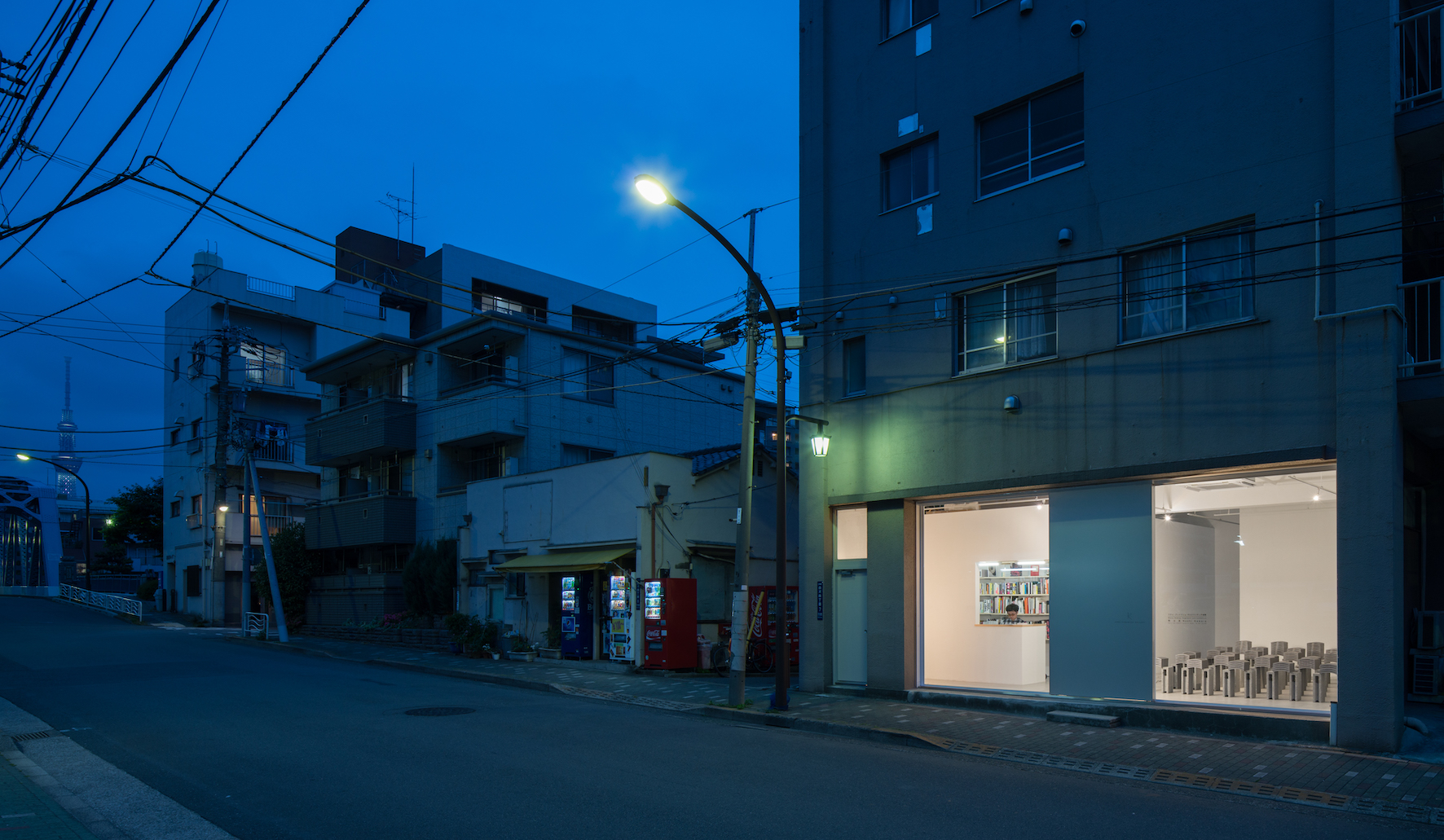
Kana Kawanishi Gallery was founded in 2015 to showcase Japanese and international artists who explore aspects of society through visual media. The gallery is located in Kiyosumi-Shirakawa, a five-minute walk from the Museum of Contemporary Art Tokyo. Its satellite space, Kana Kawanishi Photography, which focuses on contemporary photography, opened in 2018 in Nishi-Azabu, near the Mori Art Museum. Both spaces were designed by Yuko Nagayama & Associates.
Kana Kawanishi Gallery has placed works by its artists in major public collections, including the British Museum, London; the 21st Century Museum of Contemporary Art, Kanazawa; the Museum of Contemporary Art Tokyo; and the Tokyo Photographic Art Museum. The gallery also regularly participates in international art fairs, including NADA New York, photo basel, Photo London, and Unseen in Amsterdam. Kana Kawanishi Gallery was named a “power player” of the Tokyo art scene by Artnet News in 2022 and has previously been featured in stories in Artsy, the Asahi Shimbun, Bijutsu Techo, Blouin Artinfo, The Guardian, Forbes, Libération, and Monocle.
KOSAKU KANECHIKA
- E-6
- Tennozu
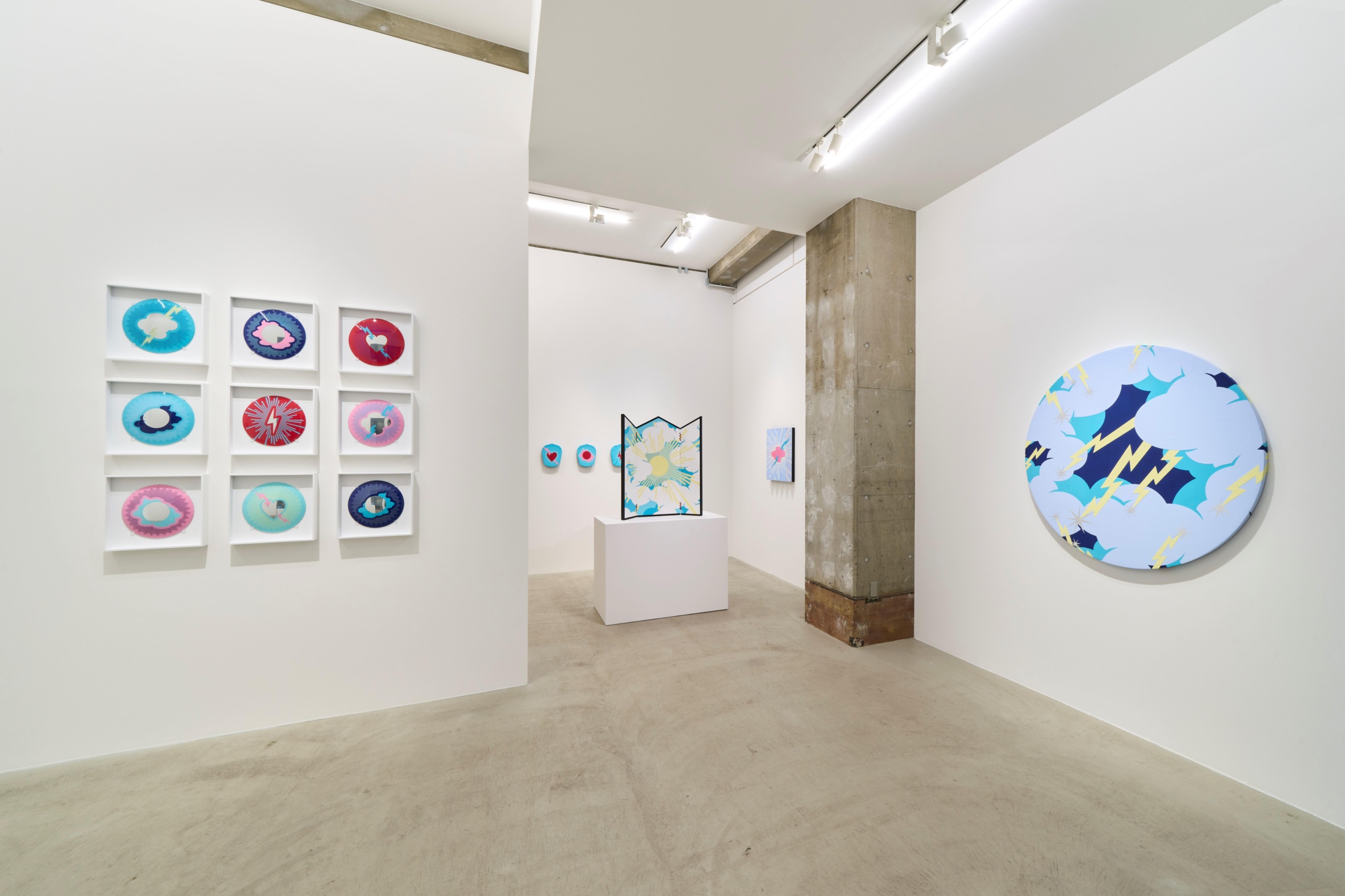
Kosaku Kanechika was founded in Tokyo in 2017. Part of a new generation of venues redefining the local art landscape, the gallery showcases work by Japanese artists who are active both nationally and internationally. Represented artists include Yutaka Aoki, Takuro Kuwata, Miwa Kyusetsu XIII, Junko Oki, Ataru Sato, Chikashi Suzuki, Yosuke Takeda, Noritaka Tatehana, and Hiroto Tomonaga. The program also features international artists, such as Dan McCarthy and Ruby Neri, whose innovative approaches to expression transcend medium and genre.
KAIKAI KIKI GALLERY
- D-2
- Hiroo
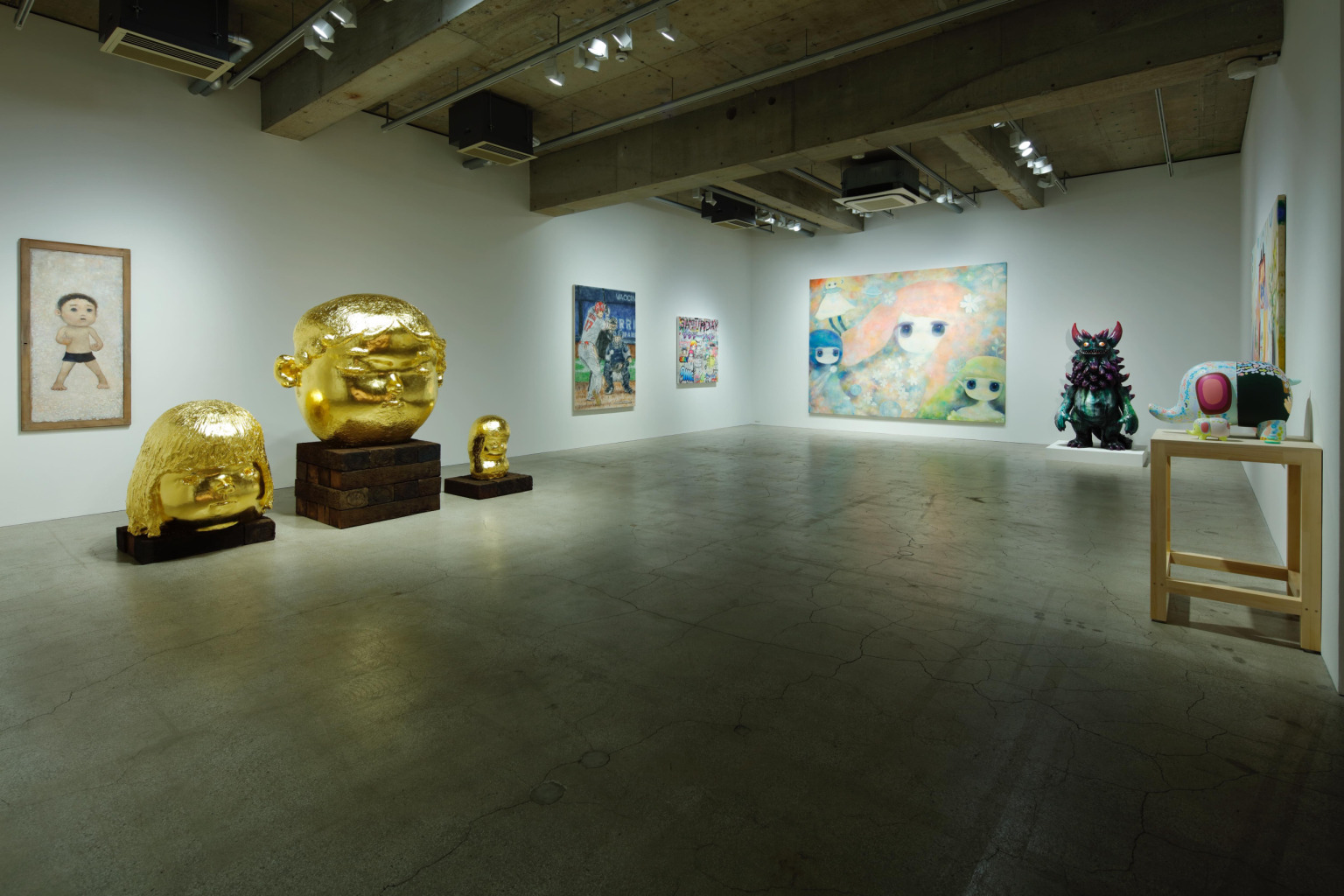
Takashi Murakami founded Kaikai Kiki Gallery in 2008 as a space for presenting the work of the artists he manages. The gallery seeks to imbue art with new social value and contribute to the development of the Japanese art scene as a whole through its activities. Represented artists include Chiho Aoshima, Emi Kuraya, Madsaki, Mr., Shin Murata, ob, Otani Workshop, Aya Takano, and TENGAone, while international artists who have shown with the gallery in Tokyo include Kasing Lung and Futura.
TAKA ISHII GALLERY
- G-2
- Roppongi
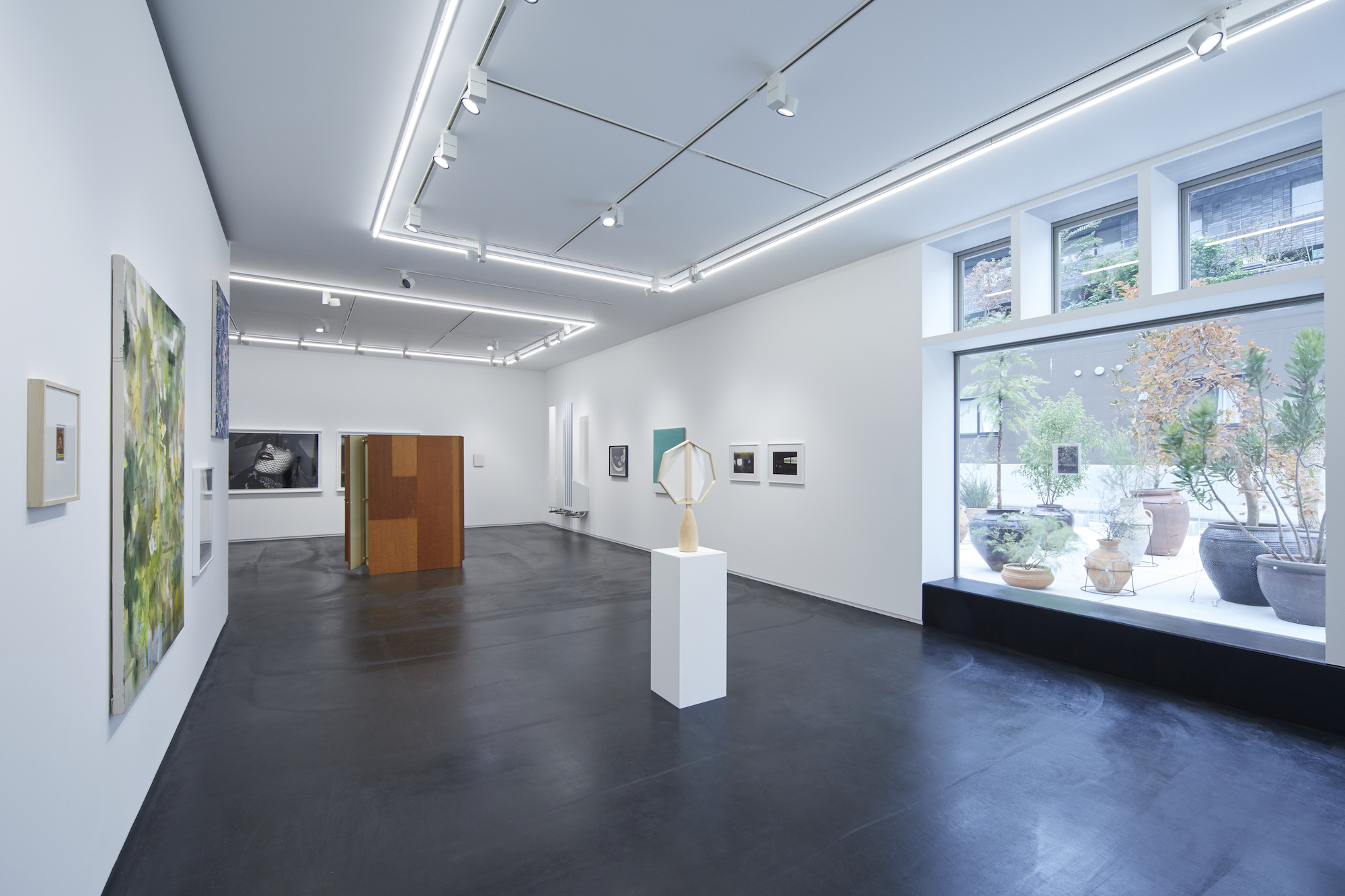
Since opening in 1994 Taka Ishii Gallery has developed an exhibition program that introduces international contemporary artists to Japan while providing a global platform for the country’s emerging artists and contemporary masters. While the gallery aesthetic is rooted in the photographic, the program is contemporary and represents artists working in a variety of media. It maintains an annual calendar of eight exhibitions and publishes catalogues and artist books. In addition to its primary exhibition space at complex665, Taka Ishii Gallery has a second venue in Roppongi, Taka Ishii Gallery Photography / Film, which focuses on pre- and postwar Japanese photography and film. In 2023 the gallery added branches in Kyoto and Maebashi for hosting collaborative projects with artists. In 2024 it opened its newest exhibition space in the Kyobashi area of Tokyo.
HAGIWARA PROJECTS
- B-4
- Kiyosumi-Shirakawa
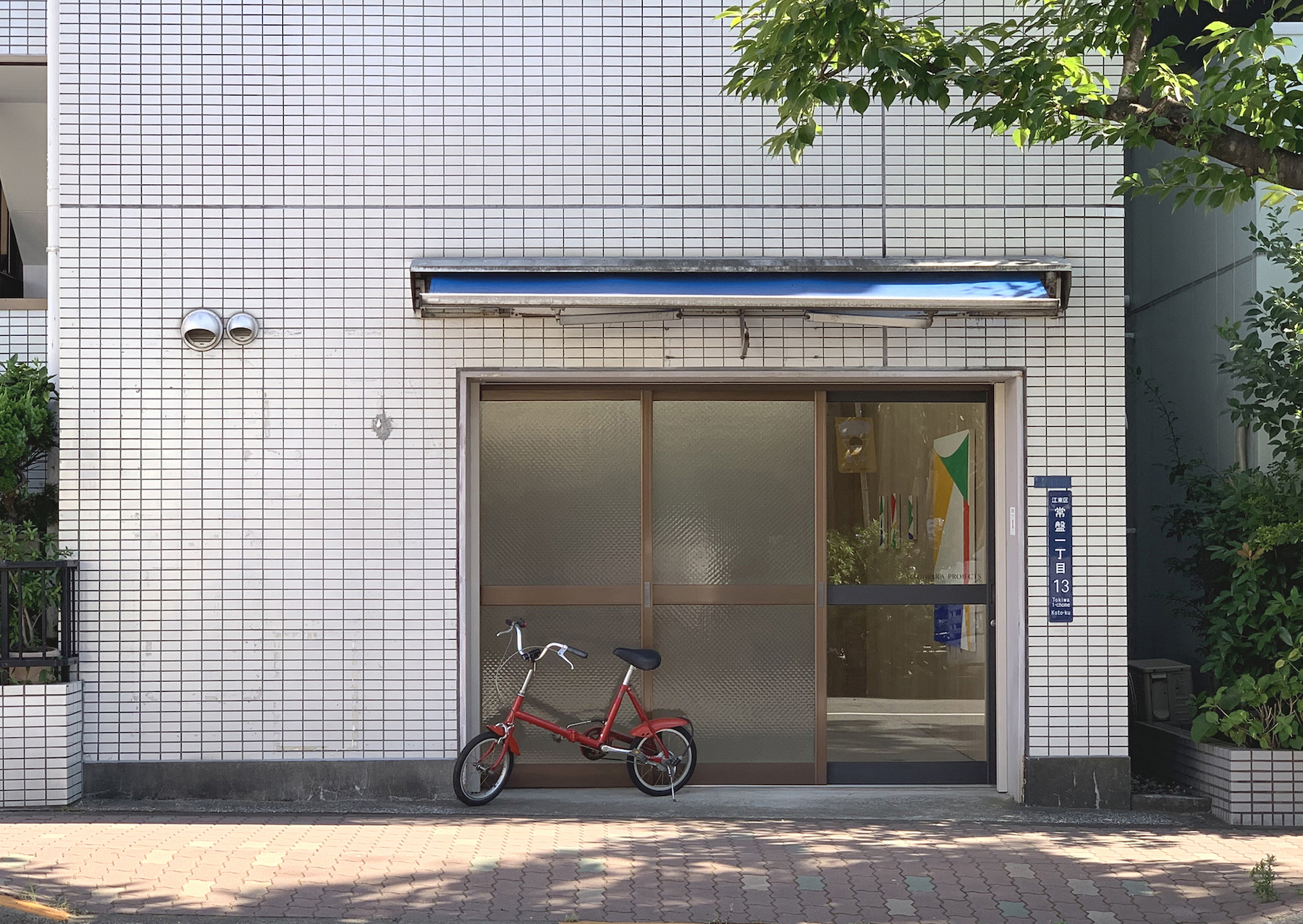
Hagiwara Projects was established in Tokyo’s Nishi-Shinjuku district in 2013 and relocated to Koto in 2021. The gallery focuses on emerging and midcareer Japanese and international artists working in painting, sculpture, film, photography, and other mediums. In addition to showing its represented artists, Hagiwara Projects contributes to the Japanese art scene by commissioning guest curators to organize thematic exhibitions. The gallery also introduces the work of Japanese artists to global audiences through regular participation in international art fairs.
FIG.
- A-4
- Otsuka
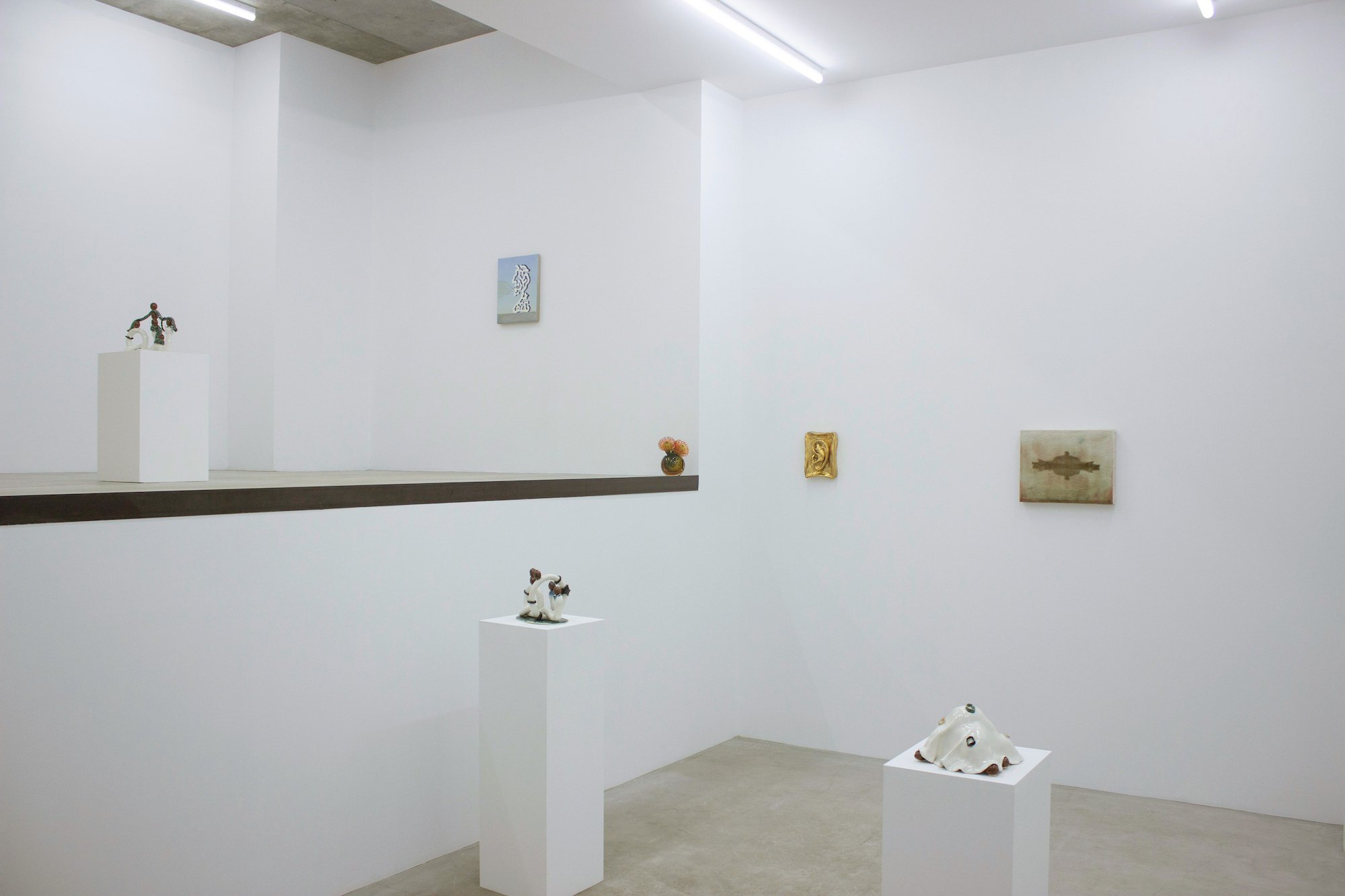
Fig. is an artist-run space founded in Kita-Otsuka in 2017. Organized on a project basis, its exhibition program features both local and international artists and is often developed in collaboration with other art spaces from Japan and abroad. Past exhibitions include David Ostrowski, “Leeres Wasser (Anti Drawings)” (2023); Umico Niwa, “My Life Inside a Shoe (the phantom cricket)” (2023), organized with XYZ collective; “Drawing Fever I: Narrative, on-going” (2022); Nicolás Guagnini and Shizuka Okada, “Interference” (2021), organized with Galerie Max Mayer; Hannah Weinberger “wedidntwanttoleave.live” (2020), curated by Fitzpatrick Gallery with the Performance Agency; Cobra, “The Museum” (2019); and Shizuka Okada, “Slender and Long My Whistle” (2018).
YUMIKO CHIBA ASSOCIATES
- G-2
- Roppongi
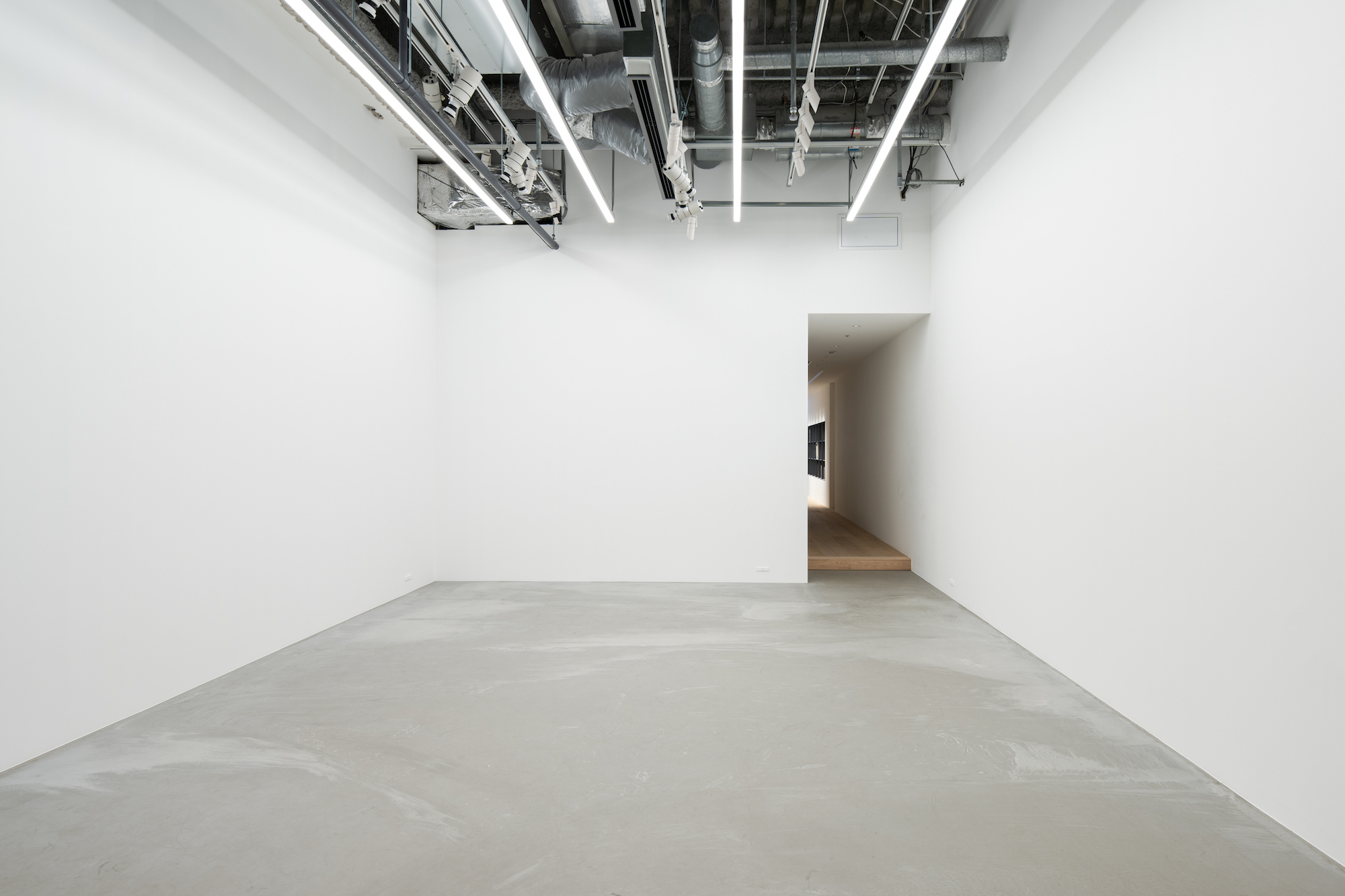
Yumiko Chiba Associates was founded in 1988 and operated as an artist management office before opening its Shinjuku gallery in 2010. The gallery moved to its current space in Roppongi in 2022. YCA represents the estates of some of the most important figures in Japanese postwar art, from Jiro Takamatsu to Masafumi Maita, Shin Yanagisawa, and Katsuro Yoshida. The exhibition program features solo shows by these and other artists, including those of younger generations. The gallery also maintains an active publishing program, commissioning critical essays that contribute to art historical research on various practices. In 2022, coinciding with its move to Roppongi, YCA launched the Roppongi ArsCuria hub to further promote artistic and critical discussion. YCA is a regular participant at Art Basel Hong Kong, Paris Photo, and other contemporary art fairs.
ANOMALY
- E-6
- Tennozu
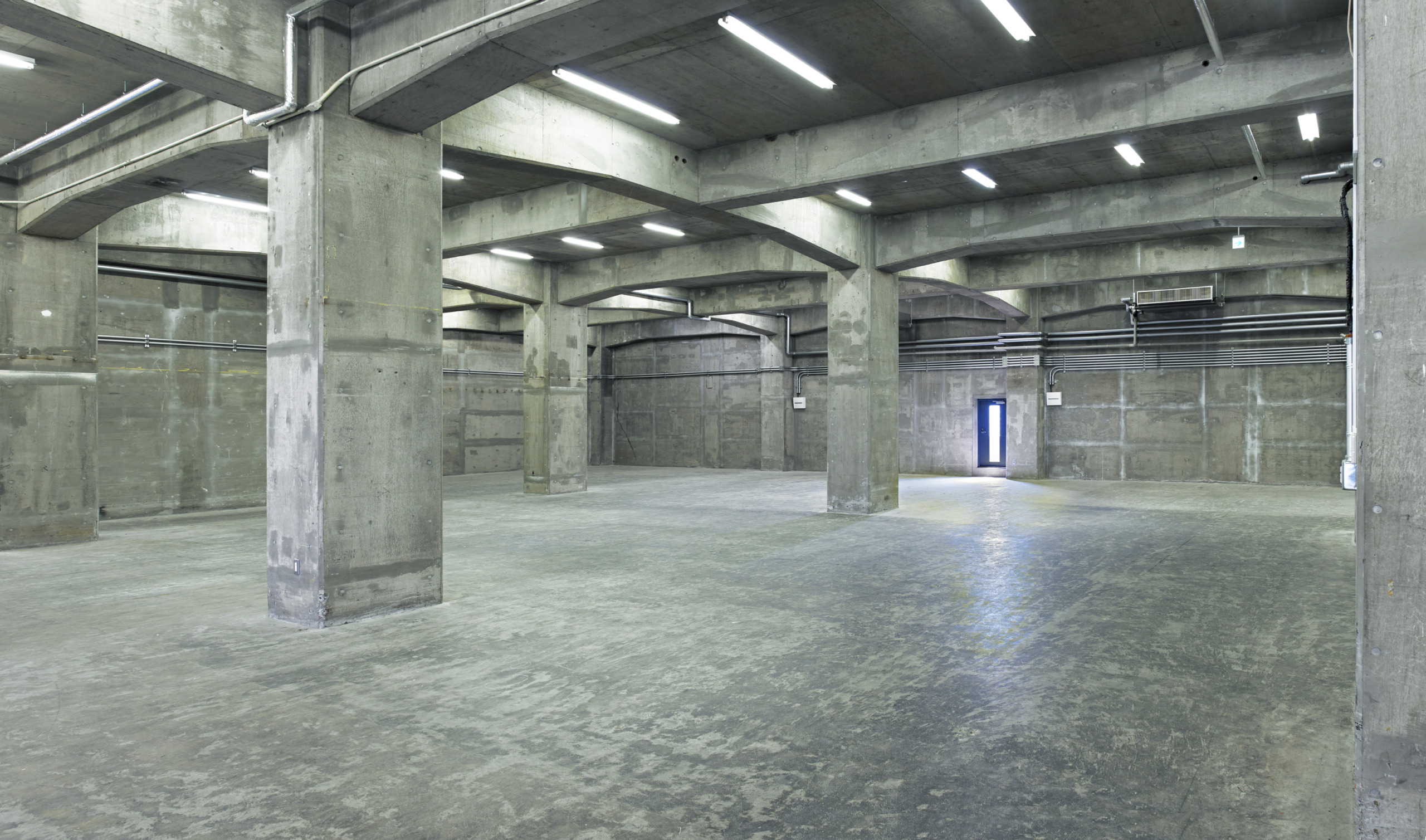
Launched in 2018, Anomaly celebrates art that deviates from the norm, common order, or rule. Responding to the conditions for contemporary art in Japan and Asia, it presents a diverse program of exhibitions, performances, and events that emerge from research and dialogue. In doing so, Anomaly seeks to cultivate a fertile ground for seeding cultural change and expanding creativity beyond the existing framework of traditional art galleries.
GALLERY 38
- F-7
- Harajuku
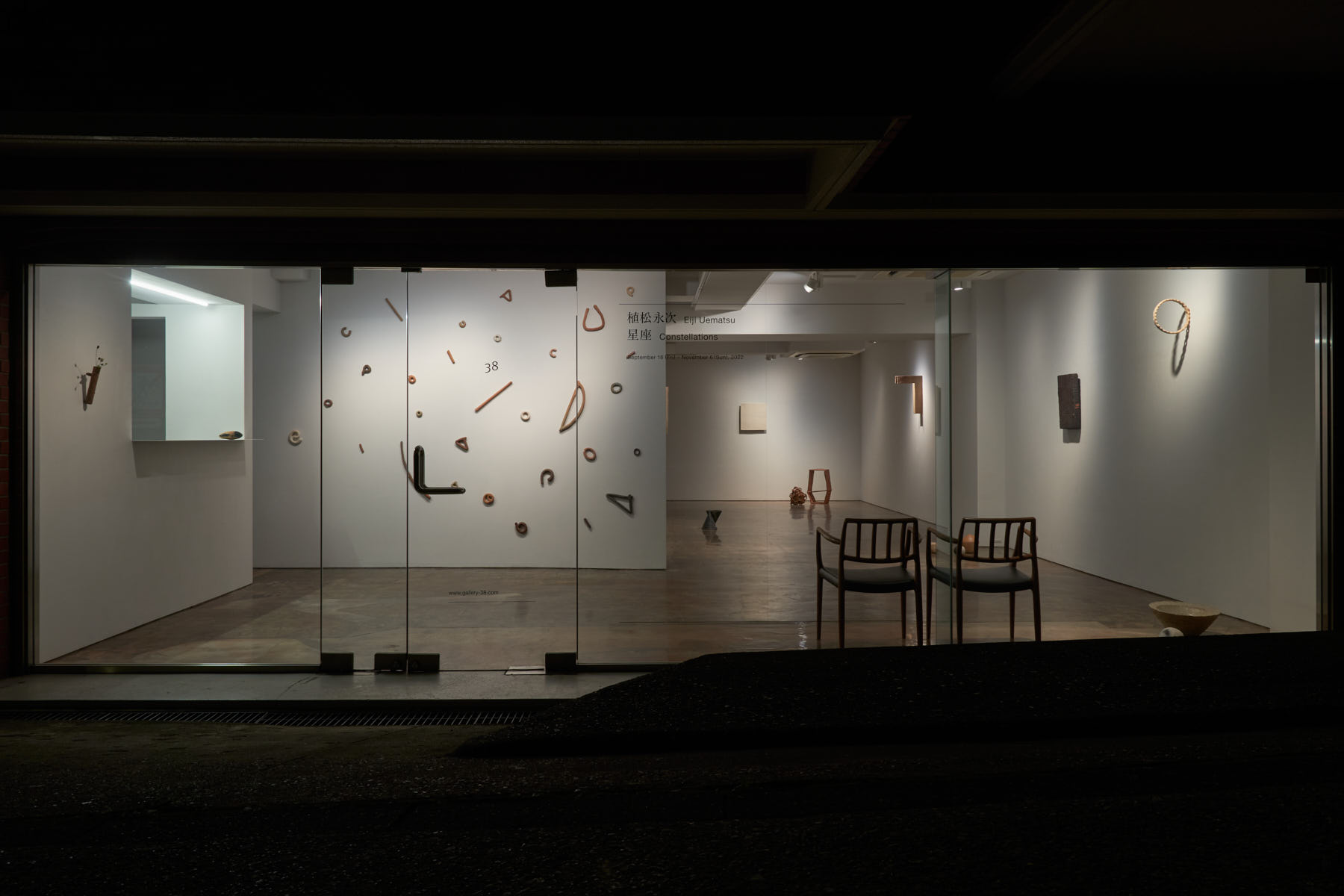
Gallery 38 was founded in Tokyo in 2016. Since its inaugural exhibition of works by ceramic artist Eiji Uematsu, the gallery has pursued dual aims: to introduce emerging and established international artists to Japan—including Romain Cadilhon, Hartmut Landauer, Oliver Marsden, Christiane Pooley, and Stephanie Quayle—and to discover and promote emerging and historically significant Japanese artists abroad.
WATARI-UM
- F-3
- Gaienmae
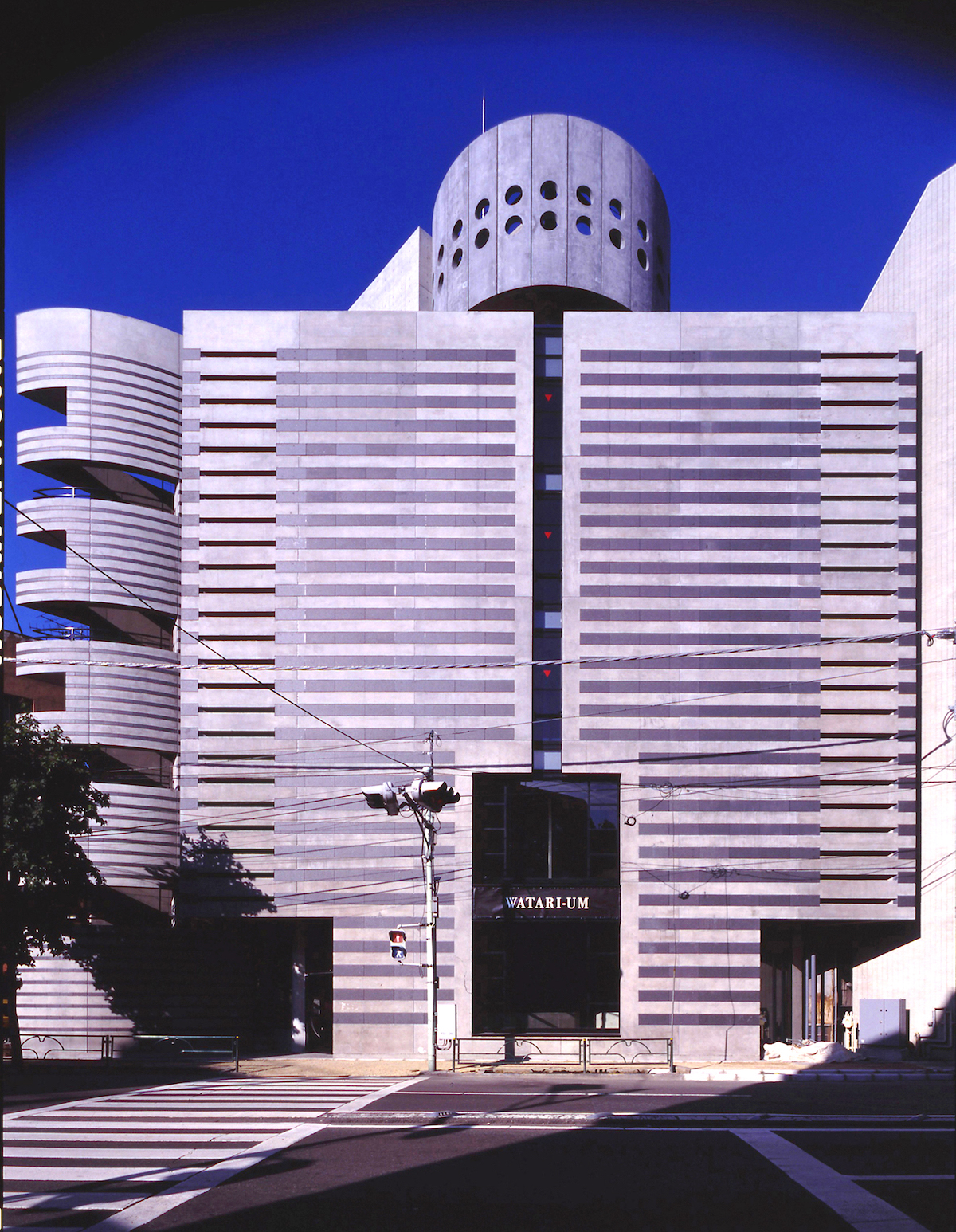
Watari-um, the Watari Museum of Contemporary Art, opened in 1990 as a private museum. The museum collection is based on works acquired by the founding director Shizuko Watari, a champion of postwar Western art in Japan. Watari-um holds three-to-four exhibitions per year that cover a broad range of topics, from contemporary art and Japanese culture to architecture. Guest curators have included such legendary figures as Jan Hoet, Jean-Hubert Martin, and Harald Szeemann. Accompanying lectures, workshops, and other events help visitors gain a deeper understanding of the exhibitions and their significance to contemporary society. The museum also organizes off-site exhibitions and events.
Swiss architect Mario Botta spent five years designing Watari-um’s building, which was his first museum project and is now known as one of his masterpieces. The striped granite and concrete facade, resembling a bird in flight over the city, has become a landmark of the Tokyo art scene.
Dining options on-site.
TOKYO PHOTOGRAPHIC ART MUSEUM
- E-2
- Ebisu
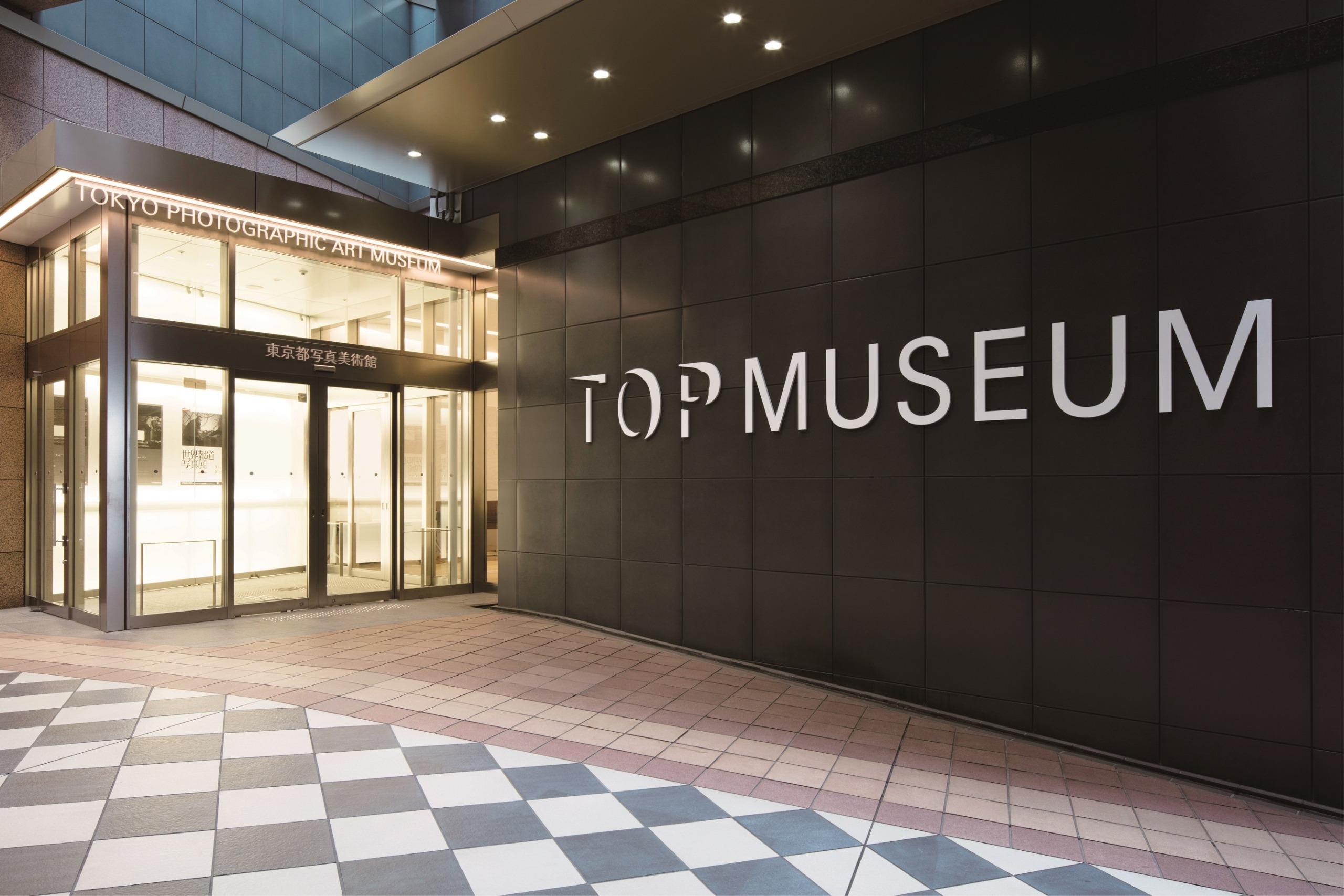
Founded in 1995, the Tokyo Photographic Art Museum is the city’s premier institution for photography and moving images. The museum’s programming spans three galleries and is grounded in its world-class holdings of more than 37,000 works. Its yearly calendar of approximately 20 exhibitions includes collection-based exhibitions and thematic shows that reflect the curators’ deep expertise in Japanese and international photographic and moving image art. Since 2009 the museum has hosted the annual Yebisu International Festival for Art & Alternative Visions, an international survey of contemporary image practices. The museum’s screening program showcases moving image works that explore the relationship between art and humanity.
Dining options on-site.
TOKYO OPERA CITY ART GALLERY
- F-6
- EXP5
- Hatsudai
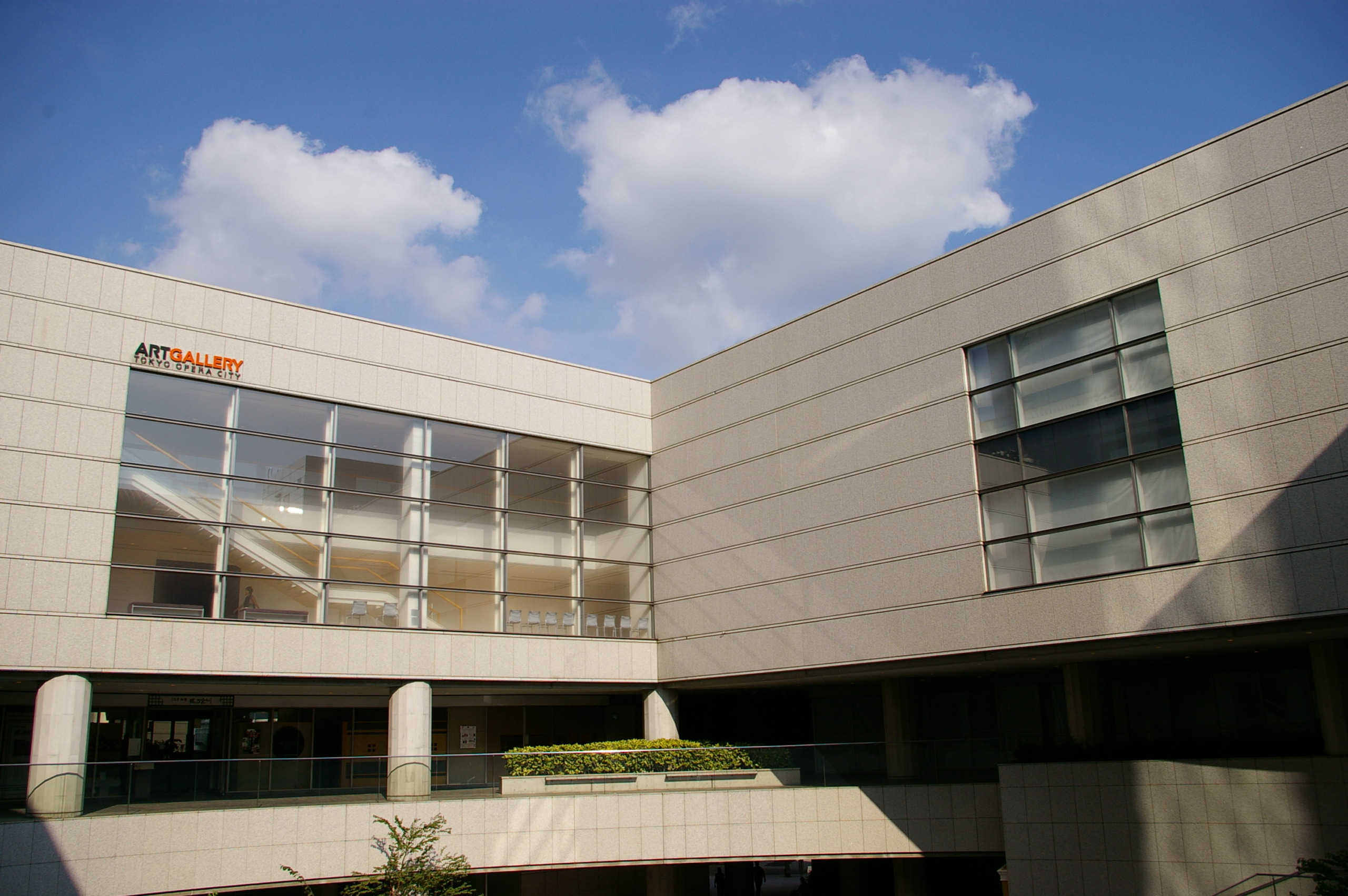
Tokyo Opera City Art Gallery is one of the core institutions of the Tokyo Opera City cultural complex. Established in 1999 as an art museum integrated into urban life, TOCAG presents ambitious projects by Japanese and international artists, architects, and designers who transform the gallery space. It holds about four special exhibitions a year as well as an exhibition series for emerging Japanese artists called project N. TOCAG is also home to the Terada collection, comprising more than 4,000 works by Japanese artists in various mediums, including substantial holdings of celebrated abstract painter Tatsuoki Nambata. Donated by Kotaro Terada, a partner in the Tokyo Opera City complex’s development, the collection reveals the diverse trajectories that art has followed in postwar Japan.
Dining options on-site.
TOKYO METROPOLITAN TEIEN ART MUSEUM
- E-1
- EXP4
- Meguro
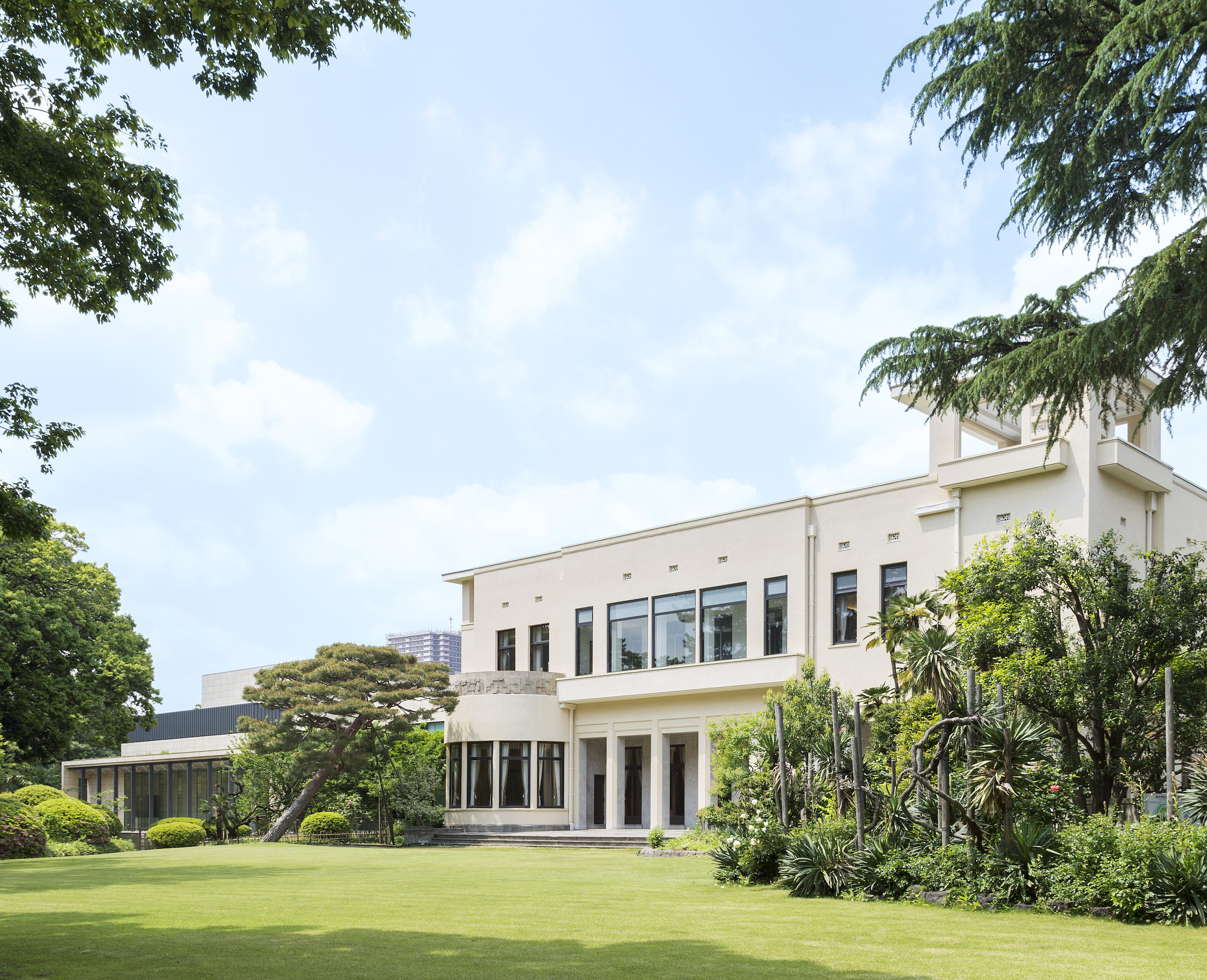
The Tokyo Metropolitan Teien Art Museum occupies Prince Asaka’s former residence, an Art Deco building with surrounding gardens constructed in 1933. Designed by key figures of the movement like Henri Rapin and demonstrating the highest level of Japanese craftsmanship, the museum hosts a selection of artworks in rooms that are themselves works of art. The exhibition program brings historical and contemporary artists, architects, and designers into conversation with these surroundings. Visitors can also explore the gardens, which have remained unchanged since their completion.
The museum was established in 1983 and added an annex in 2014 designed in collaboration with Hiroshi Sugimoto. The residence was designated an Important Cultural Property by the Japanese Government the following year.
Dining options on-site.
SHISEIDO GALLERY
- C-5
- Ginza
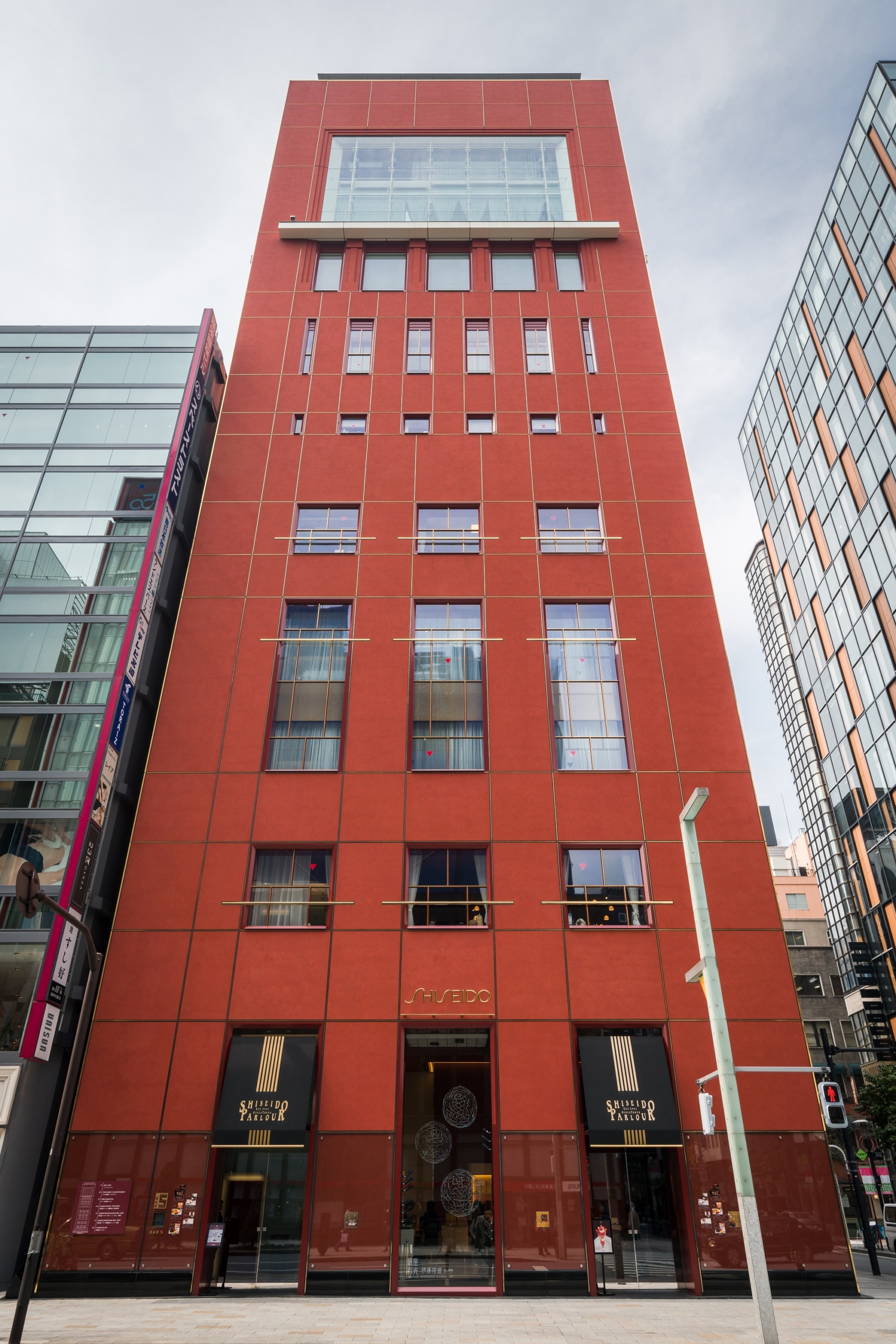
Since opening its doors in 1919, Shiseido Gallery has been one of Japan’s most vanguard art spaces, continually dedicated to the ideal of “discovering and creating new values.” The gallery has held over 3,100 exhibitions, many serving as the debuts of artists who would later make major contributions to the development of art in Japan. The program ranges from group shows, such as the Tsubaki-kai series of collaborative exhibitions, to ambitious solo projects by leading artists including Ishiuchi Miyako, Kimsooja, and Ming Wong. The gallery has occupied the basement level of the Tokyo Ginza Shiseido Building since 2001. Invited artists frequently respond to the expressive possibilities of the space, distinguished by its five-meter-high ceiling and a mezzanine that provides an expansive view of each exhibition.
Dining options on-site.
NATIONAL MUSEUM OF MODERN ART, TOKYO
- A-1
- Takebashi

The National Museum of Modern Art, Tokyo, is Japan’s first national art museum, founded in 1952. MOMAT’s collection of more than 13,000 artworks, dating from the end of the 19th century to the present, provides an authoritative overview of the development of modern and contemporary art in Japan and beyond. Highlights include important works by early modernist painter Ryusei Kishida, formative works by On Kawara and Yayoi Kusama, and new media art by contemporary artists Koki Tanaka and Chikako Yamashiro. International movements, from Minimalism and Land art to feminist video, are also represented in the collection.
From its inception MOMAT has been the site of historic exhibitions, such as 1953’s “Abstraction and Surrealism,” which highlighted Japanese practitioners of nonfigurative painting, and “August 1970: Aspects of New Japanese Art,” which helped define the emerging Mono-ha art movement. The museum now features an annual program of substantive solo and thematic exhibitions. Recent shows include a survey of the 20th-century Mingei movement and a retrospective of multimedia artist Shinro Ohtake.
Dining options on-site.
NATIONAL ART CENTER, TOKYO
- D-4
- Roppongi
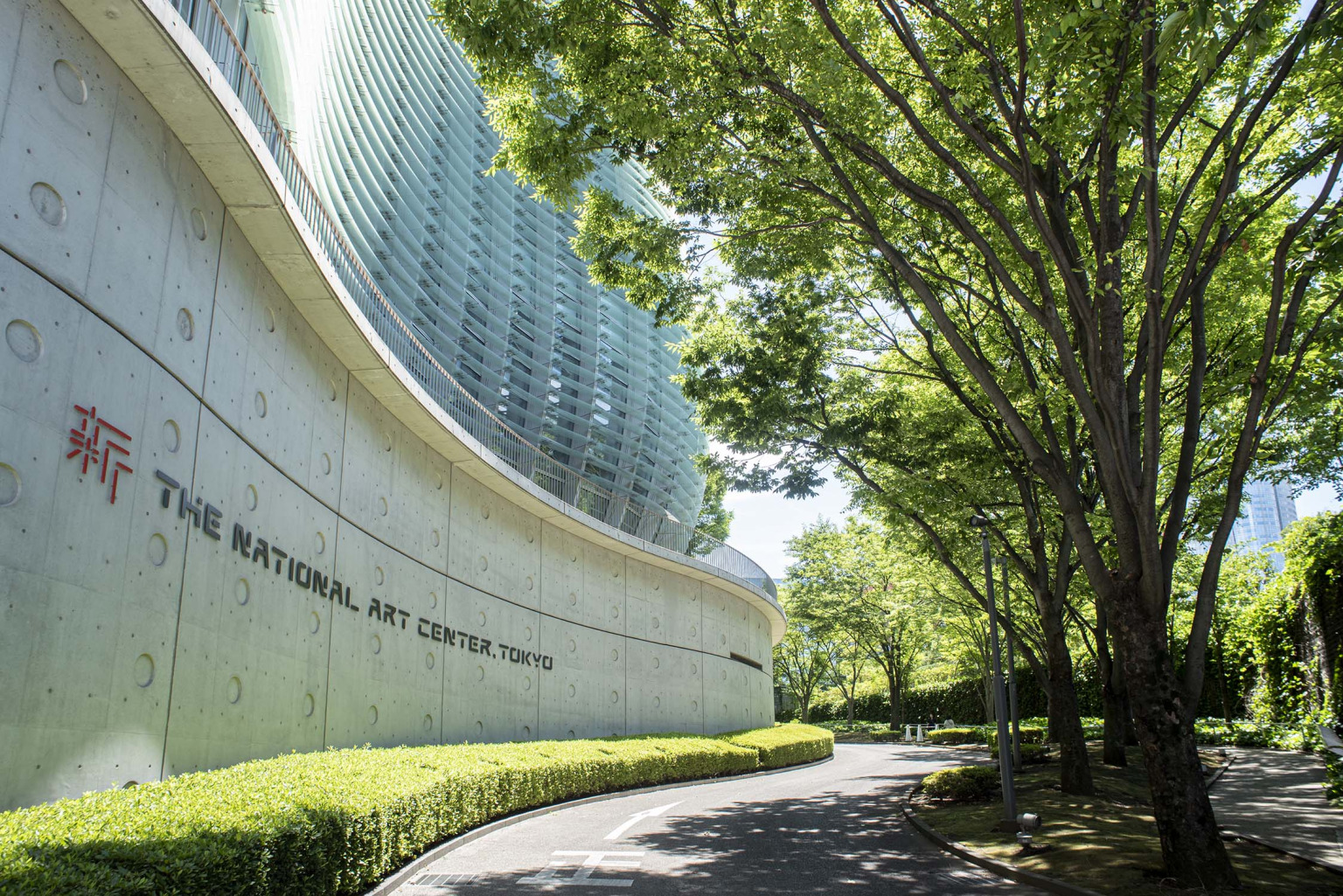
The National Art Center, Tokyo, was founded in 2007. Conceived of as an art center without a permanent collection, the NACT provides a place where the public can experience different forms of artistic expression, make new discoveries, and share diverse values. In addition to hosting a broad spectrum of art in one of Japan’s largest exhibition spaces, the NACT collects, provides, and makes publicly accessible art-related information and resources and also runs educational and public programs.
Architect Kisho Kurokawa envisioned the NACT as an art center surrounded by green spaces. His design for the building is notable for its beautiful facade: an undulating glass wall punctuated by a conical main entrance. Visitors can enjoy views of the changing seasons through the glass.
Dining options on-site.
MUSEUM OF CONTEMPORARY ART TOKYO
- B-1
- EXP3
- Kiyosumi-Shirakawa
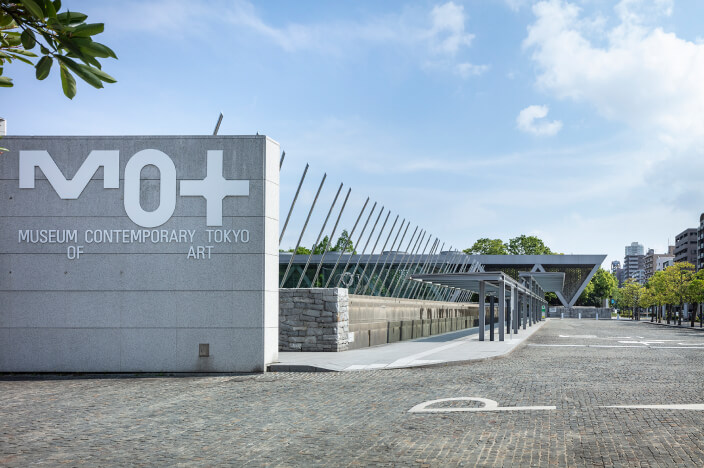
The Museum of Contemporary Art Tokyo opened in 1995 as the city’s first institution for the research, collection, preservation, and display of contemporary art. The museum’s exhibition program features cutting-edge expressions by Japanese and international artists working in contemporary art, fashion, architecture, design, and other fields. Displayed across two floors of dedicated gallery space, the MOT collection comprises over 5,700 works of art, including major works of 20th-century Japanese art, with a focus on the art of the postwar years. The museum has the largest specialty library of its kind in Japan, housing over 270,000 books, catalogues, and periodicals on modern and contemporary art. Its education program engages people of all ages through an active calendar of guided tours, lectures, and workshops.
Dining options on-site.
MORI ART MUSEUM
- D-1
- Roppongi
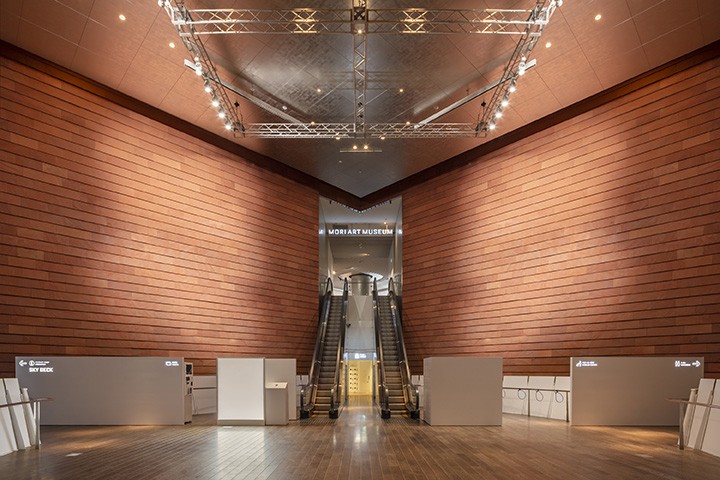
Crowning the Roppongi Hills Mori Tower, the Mori Art Museum is committed to presenting cutting-edge visual arts, architecture, design, and other modes of creative output from around the world. The museum is known for producing groundbreaking monographic exhibitions of important Japanese and international artists, such as Ai Weiwei, Yayoi Kusama, and Takashi Murakami; large-scale thematic surveys covering various topics and geographic regions; and the triennial Roppongi Crossing, which offers an overview of Japanese contemporary art. The museum complements these exhibitions with smaller, more focused programs, such as MAM Collection, which introduces works in the museum’s collection; MAM Screen, which showcases video works; MAM Research, which focuses on exhibiting materials rather than artworks; and MAM Projects, which conducts experimental projects with artists from Japan and beyond.
Pursuing a vision of “Art + Life,” the Mori Art Museum seeks to make contemporary art more accessible to broad audiences. The museum supervises works of public art at Roppongi Hills and Toranomon Hills and organizes art events in collaboration with local communities. The museum is open late six nights a week to enable visitors to enjoy art after work or dinner.
Dining options on-site.
GINZA MAISON HERMÈS LE FORUM
- C-7
- Ginza
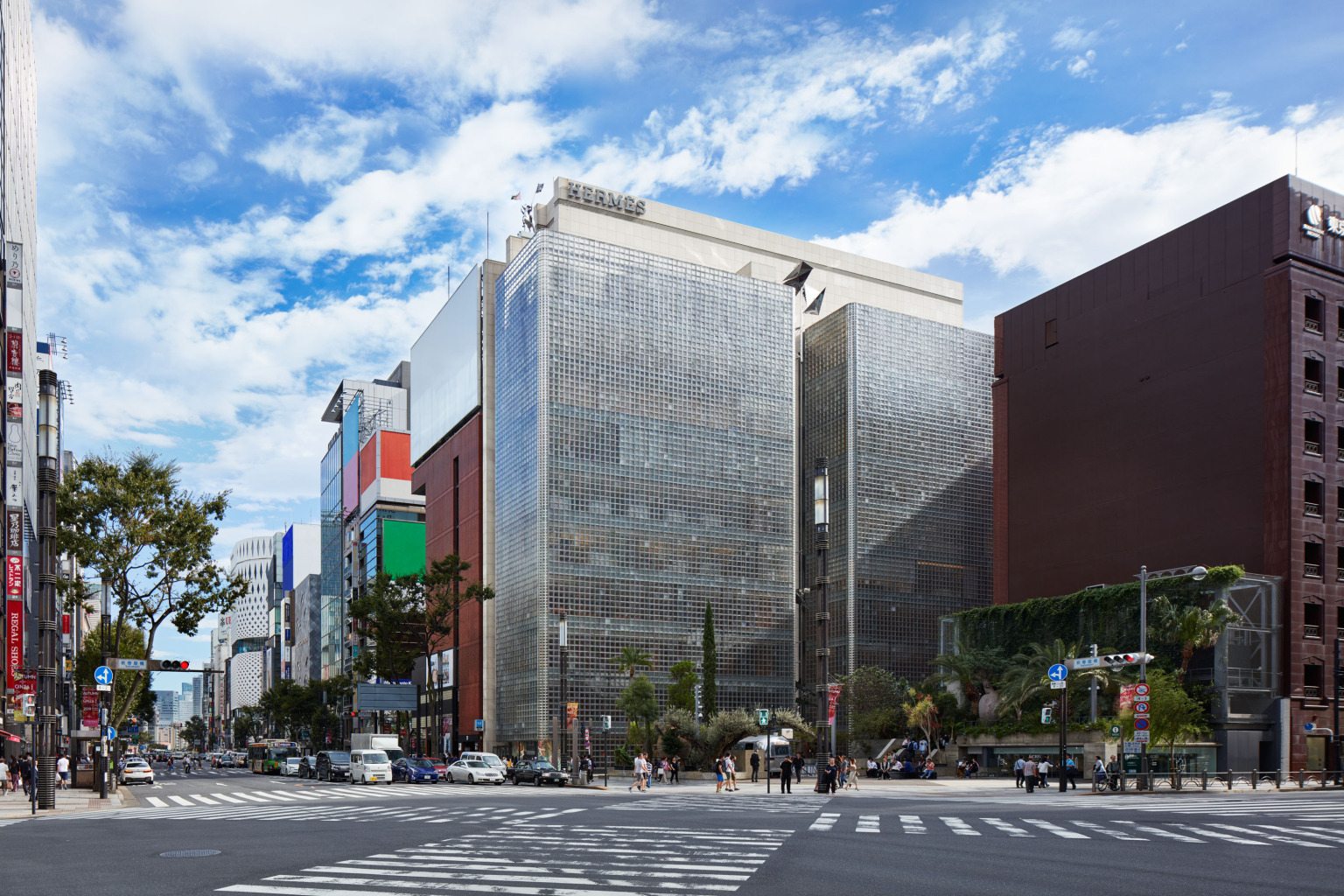
Located on the eighth and ninth floors of the Ginza Maison Hermès building, Le Forum invites Japanese and international artists to create site-specific installations that respond to Renzo Piano’s iconic crystalline architecture. The exhibition program has featured fantastical marble sculptures by Yutaka Sone, an immersive fog installation by Fujiko Nakaya, and a mini retrospective for Argentinean artist Julio Le Parc.
Le Forum is an initiative of the Fondation d’entreprise Hermès. Founded in Paris in 2008, the Fondation is a nonprofit organization that supports projects related to art, the transmission of traditional artisanal techniques, environmental issues, and education.
ESPACE LOUIS VUITTON TOKYO
- F-2
- Omotesando
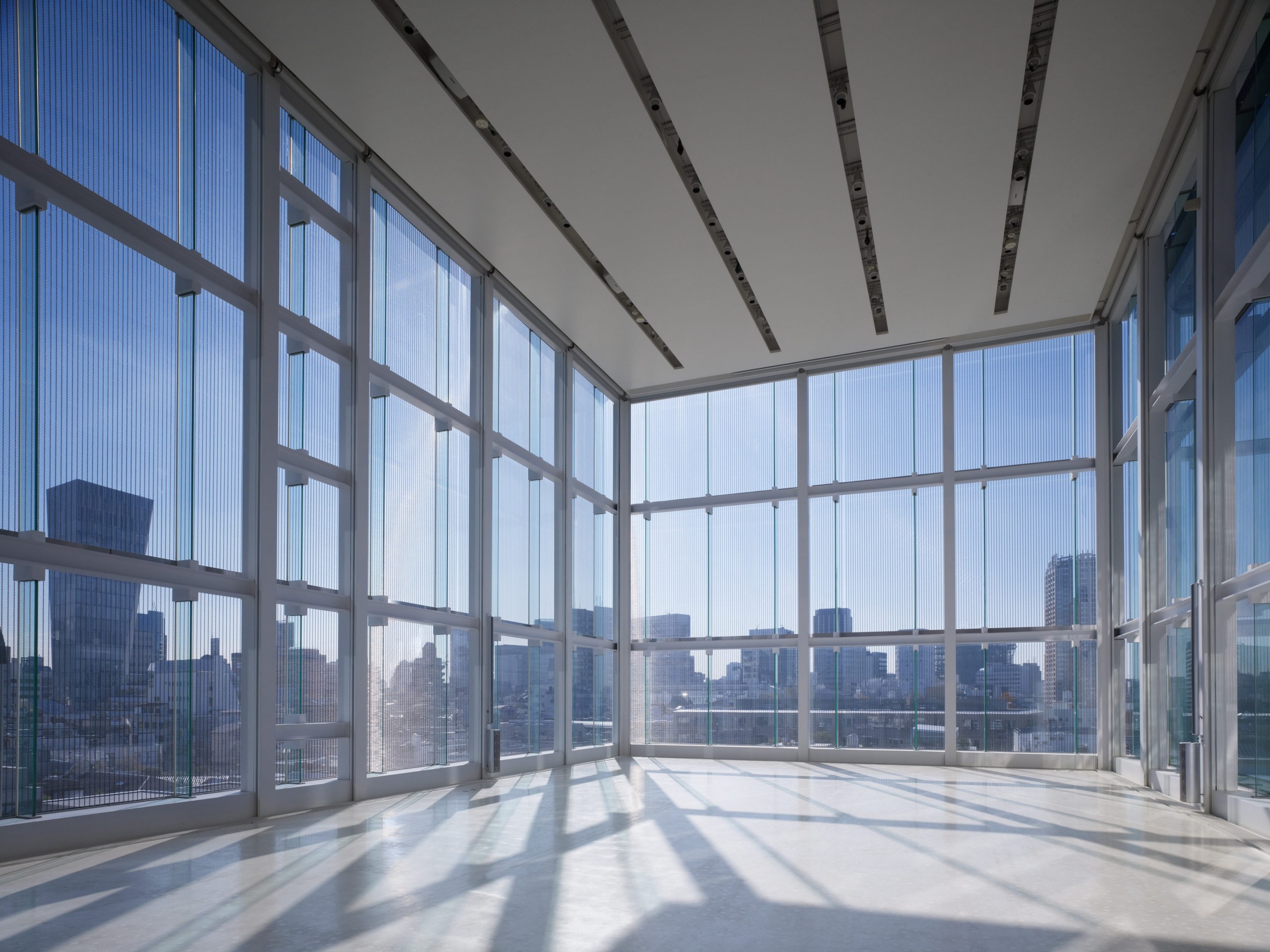
Espace Louis Vuitton Tokyo is located on the seventh floor of the Louis Vuitton Omotesando building. The space is dedicated to holding exhibitions organized in the framework of the Hors-les-murs program developed by the Fondation Louis Vuitton, a cultural and artistic institution dedicated to contemporary art, artists, and the works that inspire them. The program presents artworks from the foundation’s collection at Espace Louis Vuitton venues in Tokyo, Osaka, Seoul, Beijing, Venice, and Munich, with the goal of bringing the collection to broad audiences around the world.
CHANEL NEXUS HALL
- C-6
- Ginza
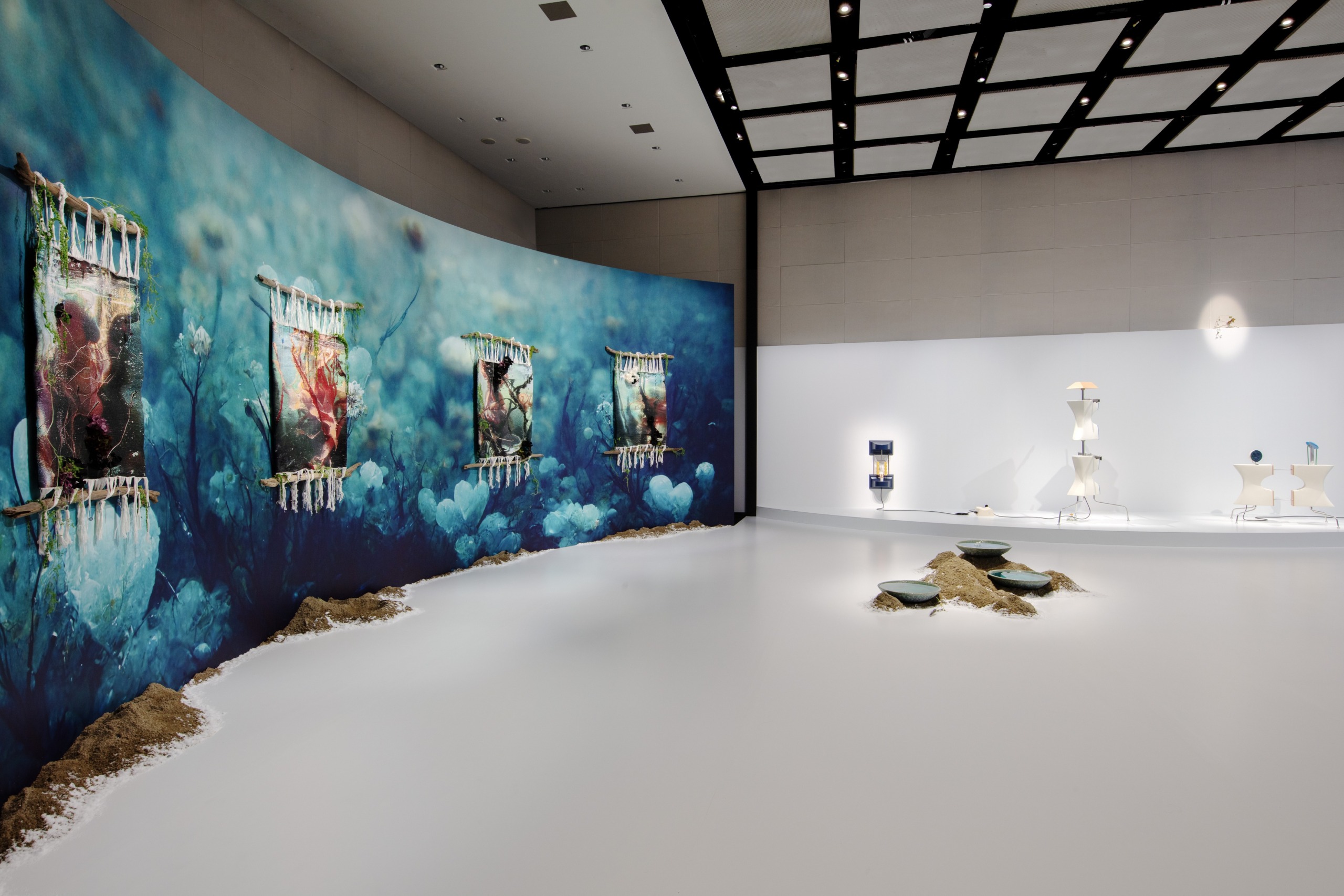
Celebrating its 20th anniversary this year, Chanel Nexus Hall was established in 2004 as a venue dedicated to the spirit of Gabrielle Chanel, who was an impassioned patron of art, music, and fashion. The space is known for showcasing creativity in all its forms and pushing the boundaries of contemporary art through programming that seeks to reflect the reality of an endlessly diverse world at a pivotal moment of technological change. By engaging artists, curators, and practitioners, the venue fosters cross-cultural exchange and acts as a crucial platform for dialogue and artistic collaboration.
ARTIZON MUSEUM
- B-5
- Kyobashi
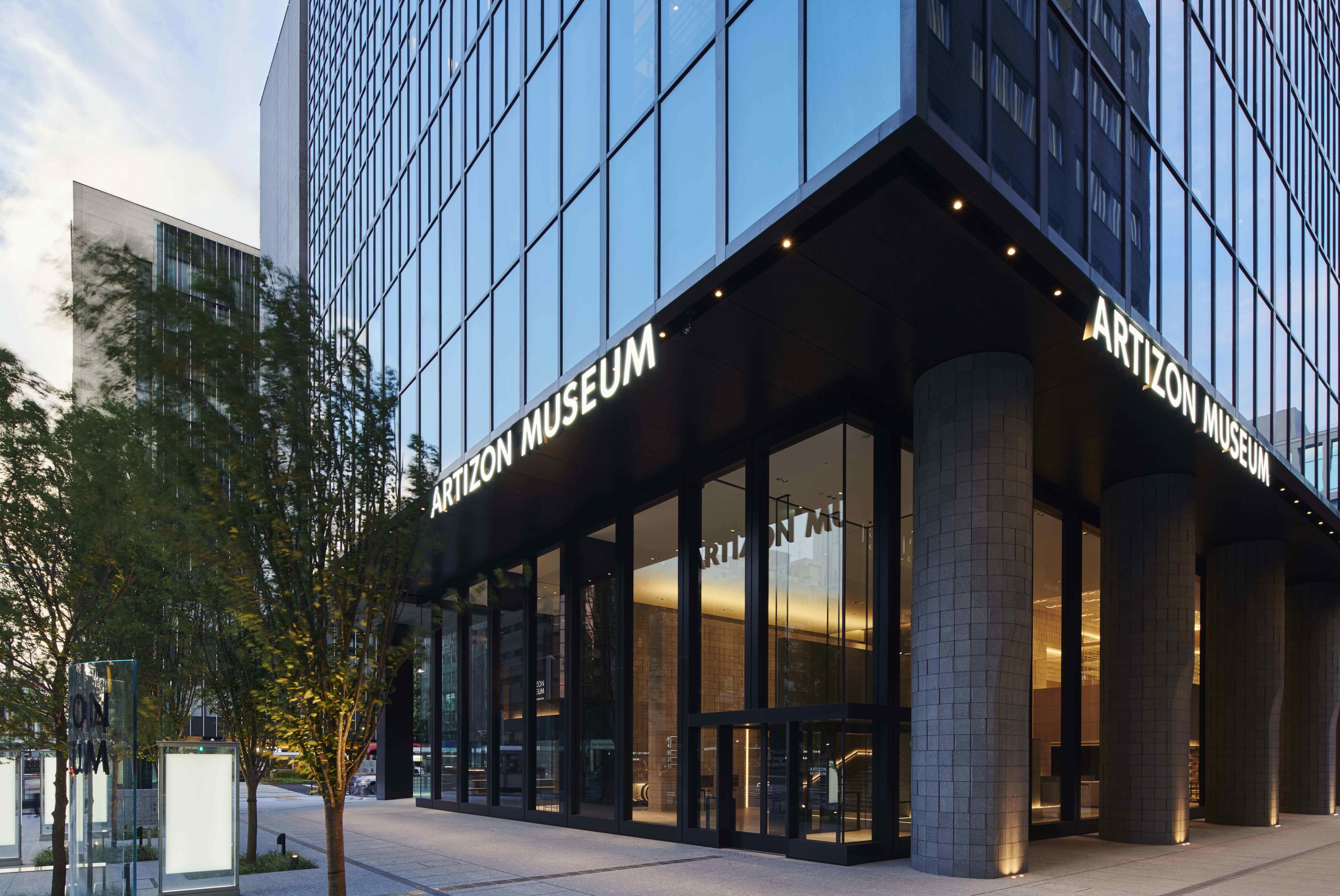
The Artizon Museum offers cutting-edge cultural experiences in the heart of central Tokyo. Originally known as the Bridgestone Museum of Art, the museum was established in 1952 to house the collection of its founder, Shojiro Ishibashi. Now numbering some 3,000 artworks, the encyclopedic collection is grounded in businessman and philanthropist Shojiro Ishibashi’s personal holdings, spanning from Impressionist masterpieces to Japanese Western-style paintings, and from antiquities to contemporary art.
The museum relaunched in 2020 with the opening of new state-of-the-art facilities anchoring the 23-story Museum Tower Kyobashi. The name Artizon, which combines the words “art” and “horizon,” reflects the museum’s mission to transcend generational and geographic boundaries, serve the public interest, and shape the future. This is achieved through a robust program of exhibitions that interweave art histories from different continents and centuries.
Dining available on-site.
